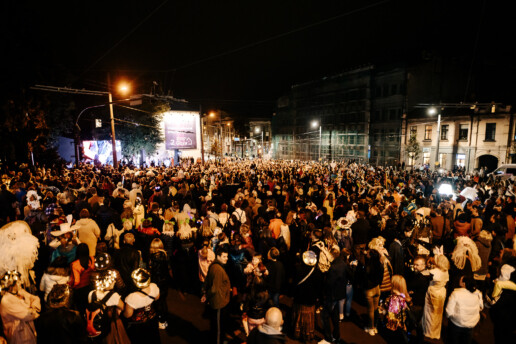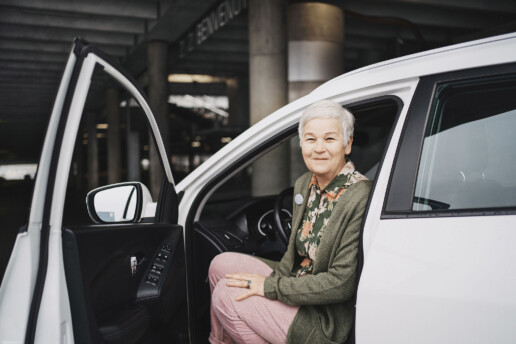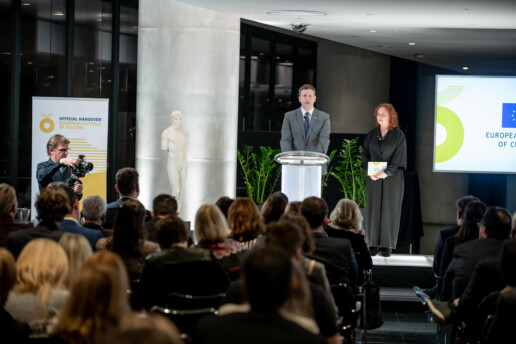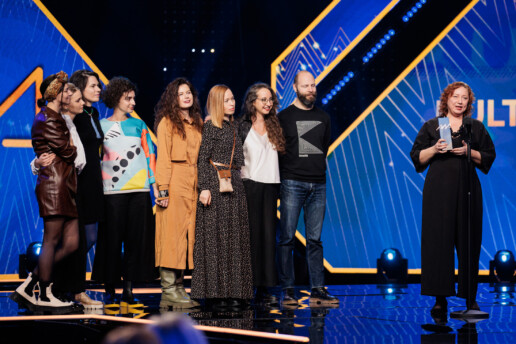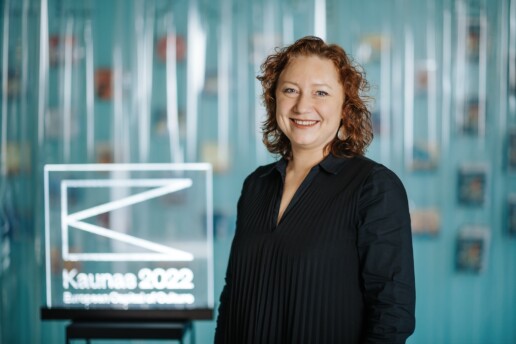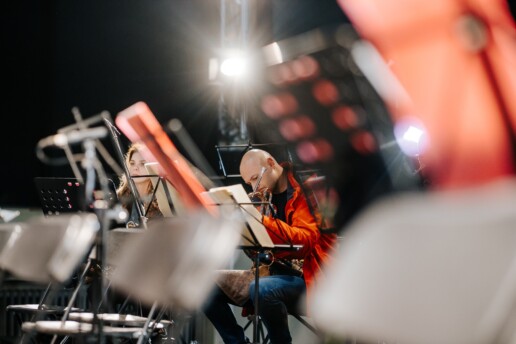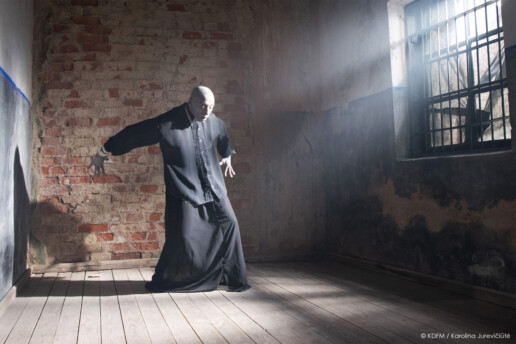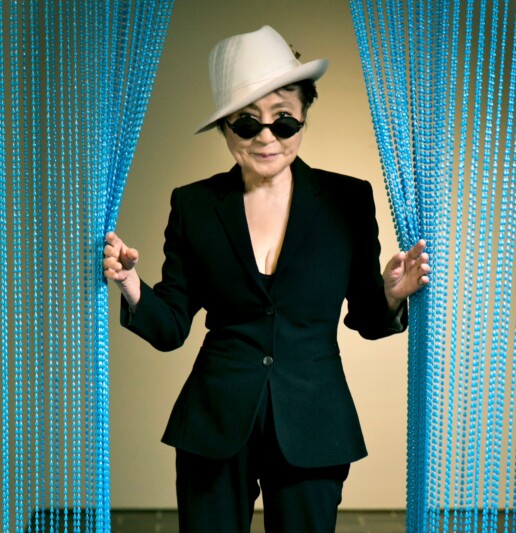ECoC project in Kaunas ends but events continue: list of favourite initiatives that we will see in 2023

“Kaunas - European Capital of Culture 2022” has already attracted more than 2.4 million spectators and visitors and is not planning to stop any time soon. “Kaunas 2022” organisers keep their promise to continue cultural experiences and ensure - beloved events are returning to the city! Various initiatives will invite you to sit down at the longest neighbours’ table in all of Europe, see breathtaking performances, immerse yourself in electronic music or go down the unique route of art objects. We invite you to discover what projects are going to surprise Kaunasians and visitors from all over the world in 2023!
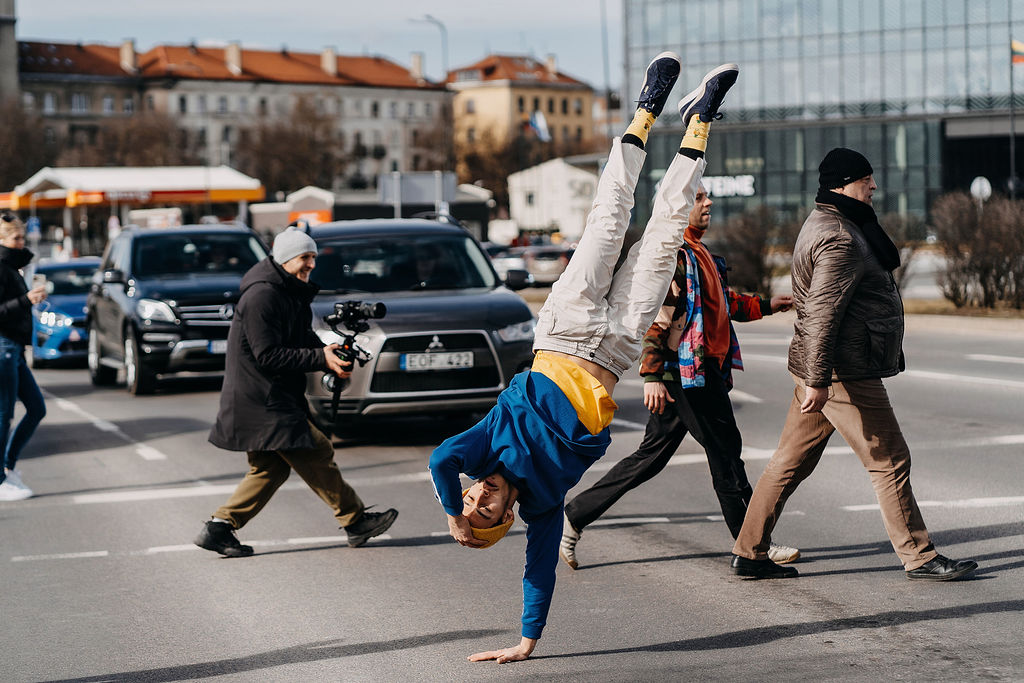
International Day of Happiness
In 2018, the team of “Kaunas and Kaunas District – the European Capital of Culture 2022” has become the ambassadors of the International Day of Happiness in Lithuania. They are convinced that Kaunas is a city of happy people. On March 20, we talk about extremely important topics - happiness accessible to everyone and everywhere, the importance of sustainability and emotional health. This year, communities and artists around the city promise to continue traditions and not only to surprise with numerous events or gatherings but also to turn Kaunas and Kaunas district into a big stage of unforgettable performances once again.
When: March 20 d.
More information is available here.

Ship of culture “Nemuno 7” (Zapyškis, Kaunas district)
The dredger “Nemuno 7” opened to the public in the spring of 2022, will continue to enrich the banks of the river Nemunas with cultural initiatives. During the warm season, the unique object of river technology and landscape design will host events, artist residencies and exhibitions. Perhaps, it will become one more reason to bring culture lovers and art enthusiasts to Zapyškis.
When: May-September
More information is available here.
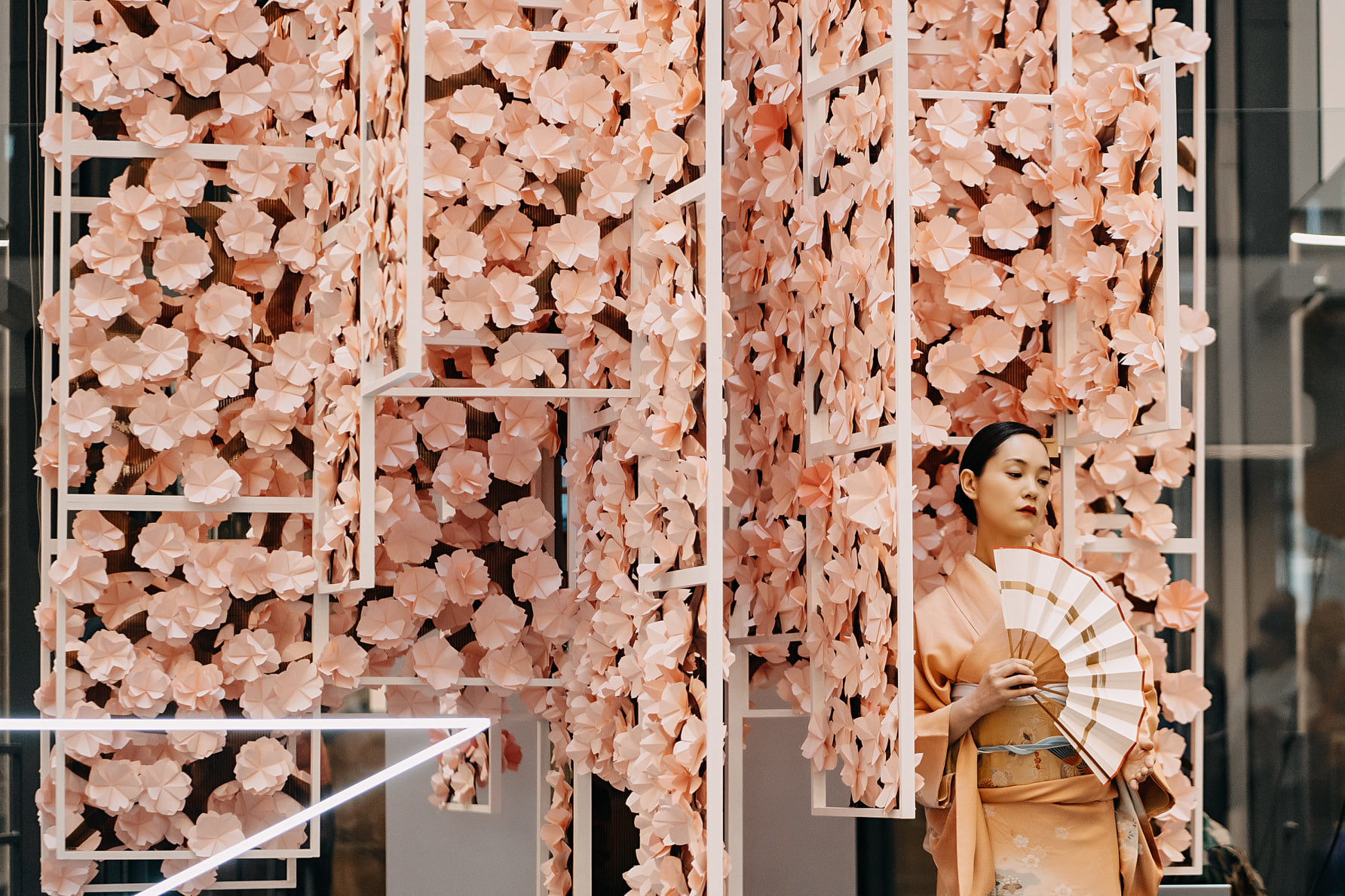
Festival “Japan Days in Kaunas WA”
On May 3-6, “Japan Days WA” returns to Kaunas - more than 10 Japanese artists will invite you to get to know Japan through digital art, modern dance, music, photography, calligraphy, and other art forms. This festival is an opportunity to feel the spirit of the country of the rising sun and to experience the synthesis of traditional and modern Japanese culture.
When: May 3-6
More information is available here.
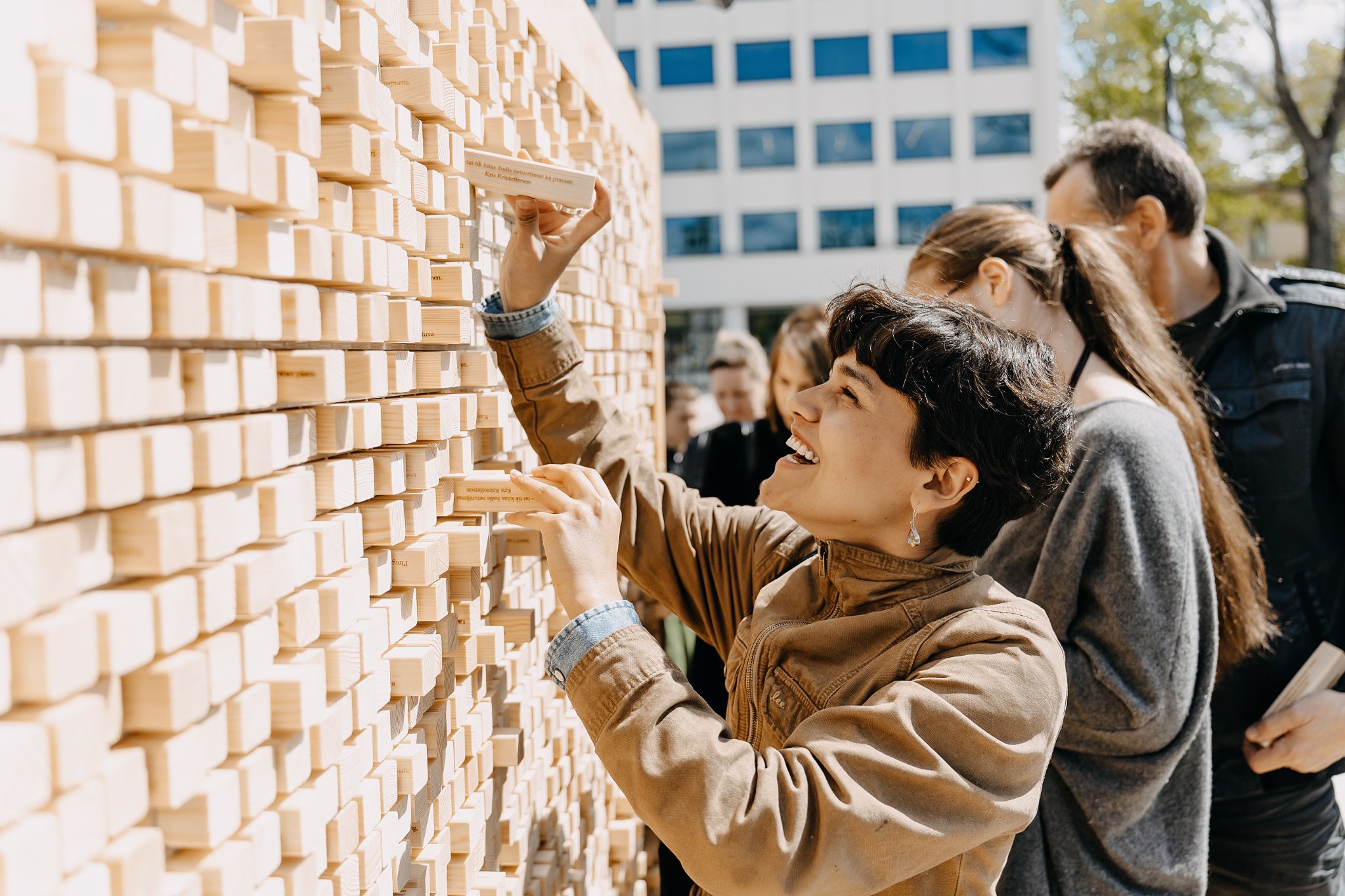
Kaunas Literature Week
Something to wait for book lovers and poetry enthusiasts: “Kaunas Literature Week” returns to Kaunas on May 10-14! Literature evenings, readings, meetings with writers, “blind” dates with a book and many new initiatives will be held all over the city. “We believe that masterful creations, intriguing stories, clever and witty conversations never go out of fashion”, claim the organisers already preparing the unforgettable programme.
When: May 10-14
More information is available here.

Courtyard Festival
Everyone in Kaunas has heard about the “Courtyard Festival”. May 26 Laisvės alley will once again turn into a big courtyard of happy people, while neighbours, friends and relatives will gather around the longest table in Europe. As usual, throughout the evening numerous exciting, surprising, and unexpected events will take place, prepared by the city community and the participants themselves. Kaunasians leave no doubts - the “Courtyard Festival” is a must for everyone willing to feel the true soul of the city.
When: May 26
More information is available here.
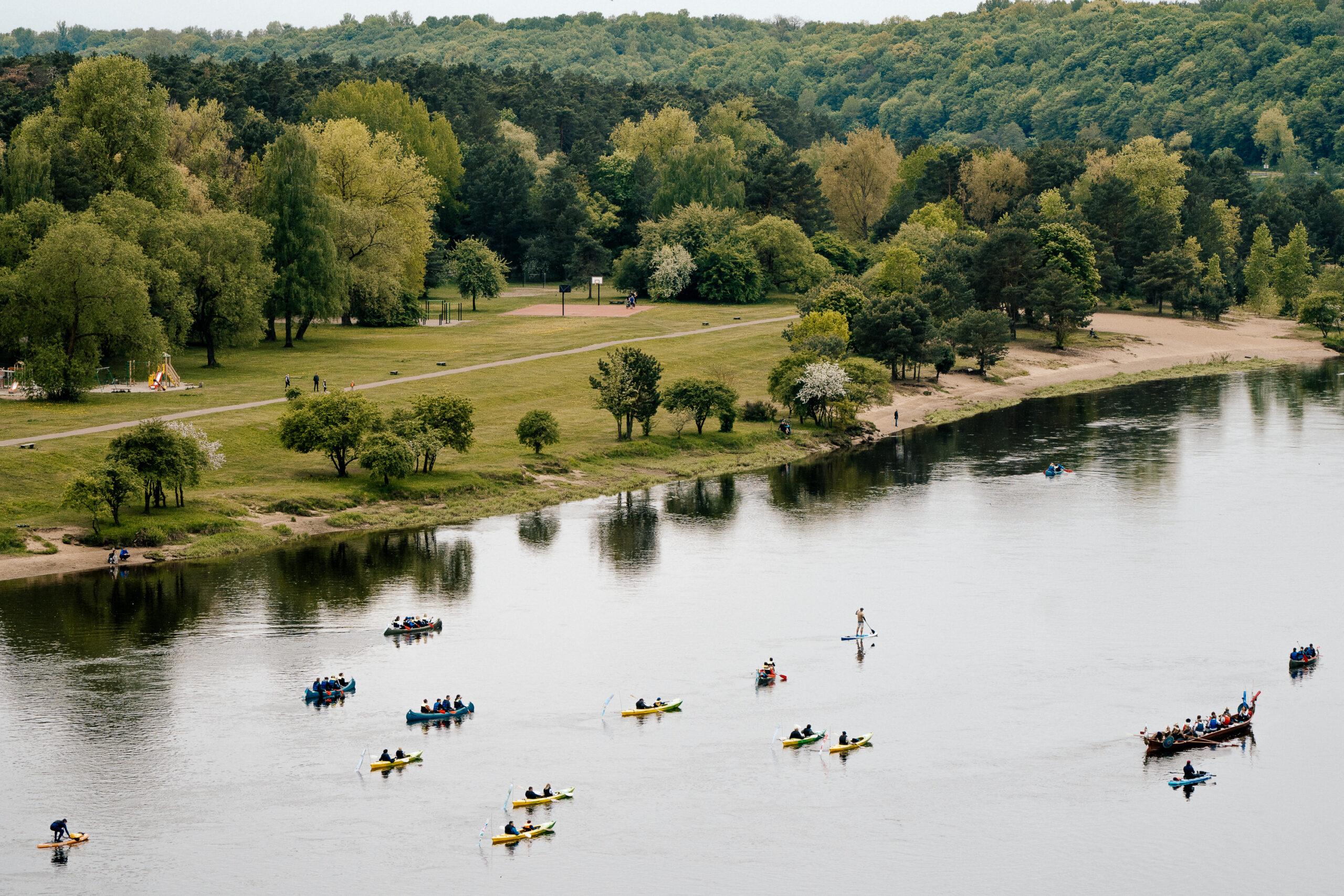
Let's Celebrate the River
“Let's celebrate the river” is an initiative of like-minded people born in Kaunas, which aims to encourage the use of rivers, their waters and coasts for cultural events, community meetings, and the creation of new artistic expressions. Last year, several hundred residents of the city and Kaunas district spent the day travelling down the rivers of Neris and Nemunas, and the same number welcomed them on the shores - with music, songs, or other activities. Good news for those who didn't make it last time: cultural adventures on the rivers await as soon as the weather warms up.
When: May 27
More information is available here.
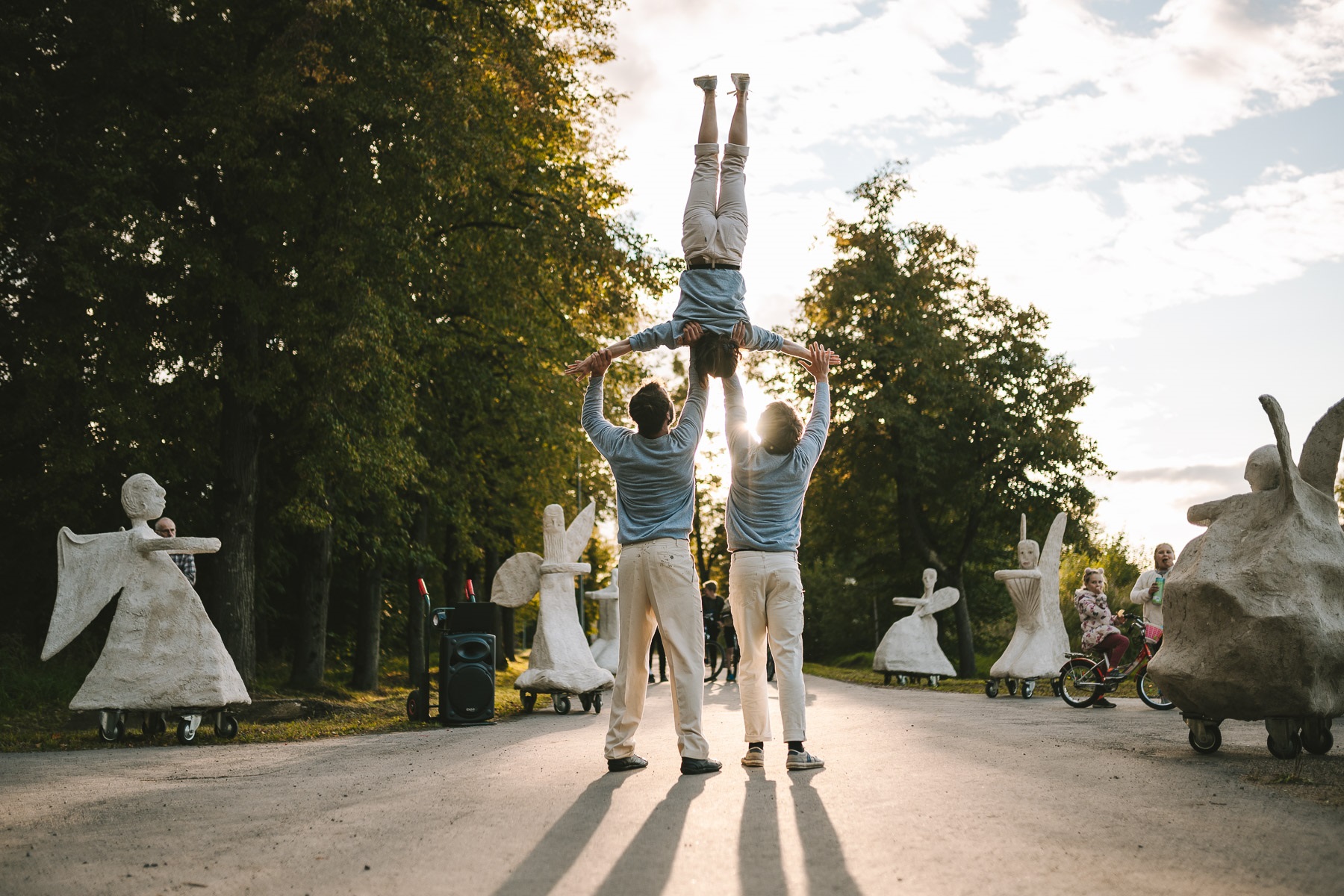
Contemporary neighbourhoods
“Unique one by one, strong together” - this is the motto of participants and organizers of the project Contemporary neighbourhoods. Successfully developed for several years, the project will return even stronger, turning the Kaunas district into a unique stage full of community events. Already in June, the cultural program will spread throughout the neighbourhoods bringing festivals, educational activities, concerts and other initiatives.
When: June-September
More information is available here.
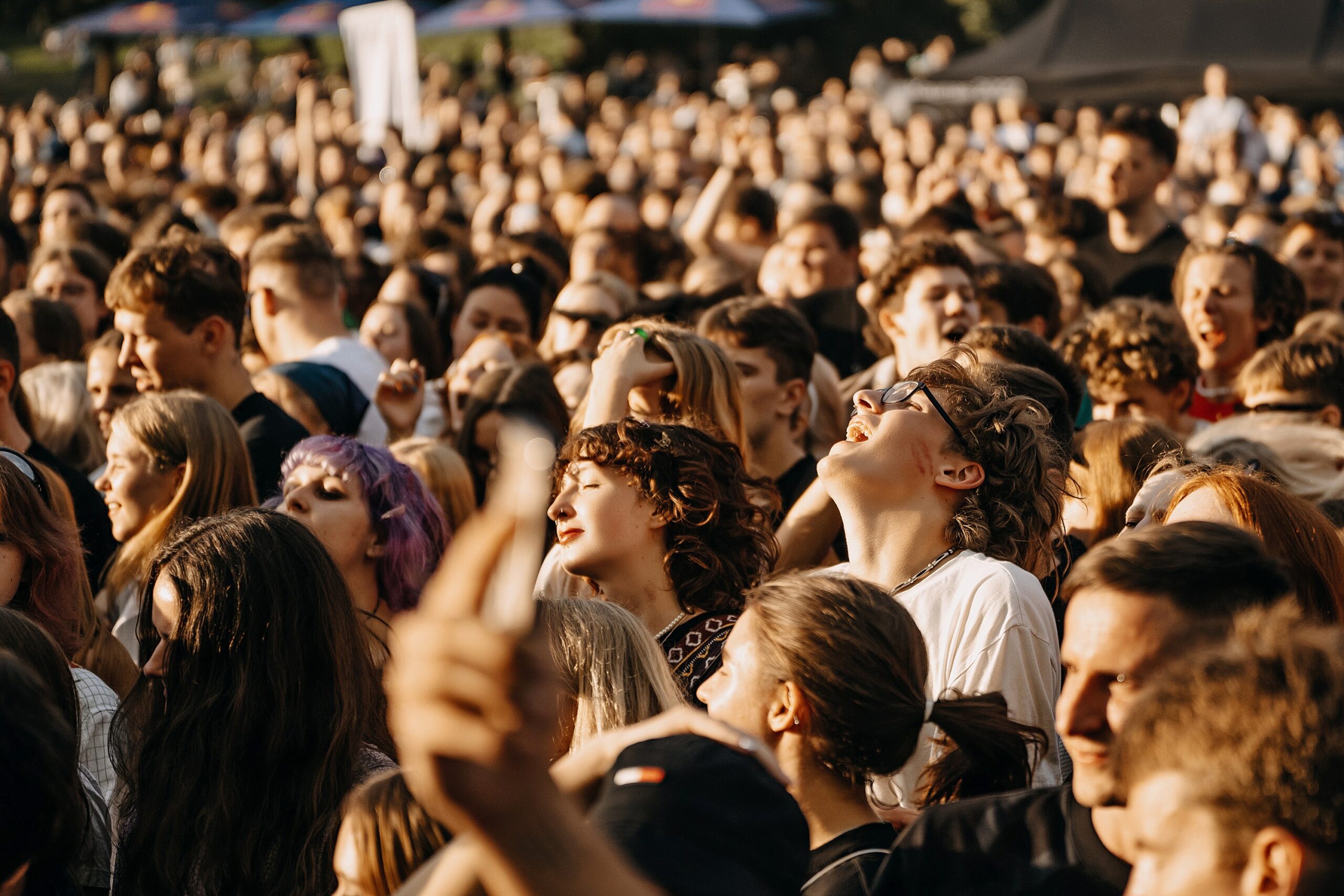
Contemporary City Festival “Audra”
In 2022, the festival “Audra” electrified and flooded not only Kaunas. The festival attracted 60,000 visitors from all over Lithuania and the surrounding European countries. One of the most significant electronic music websites in the world, Resident Advisor, included the event among the best world festivals held in June, 2022. This summer, a new upgraded program that merges electronic music and modern city culture will bring together local and international artists, as well as, various activities, performances, night concerts and much more.
When: June 29-July 2
More information is available here.
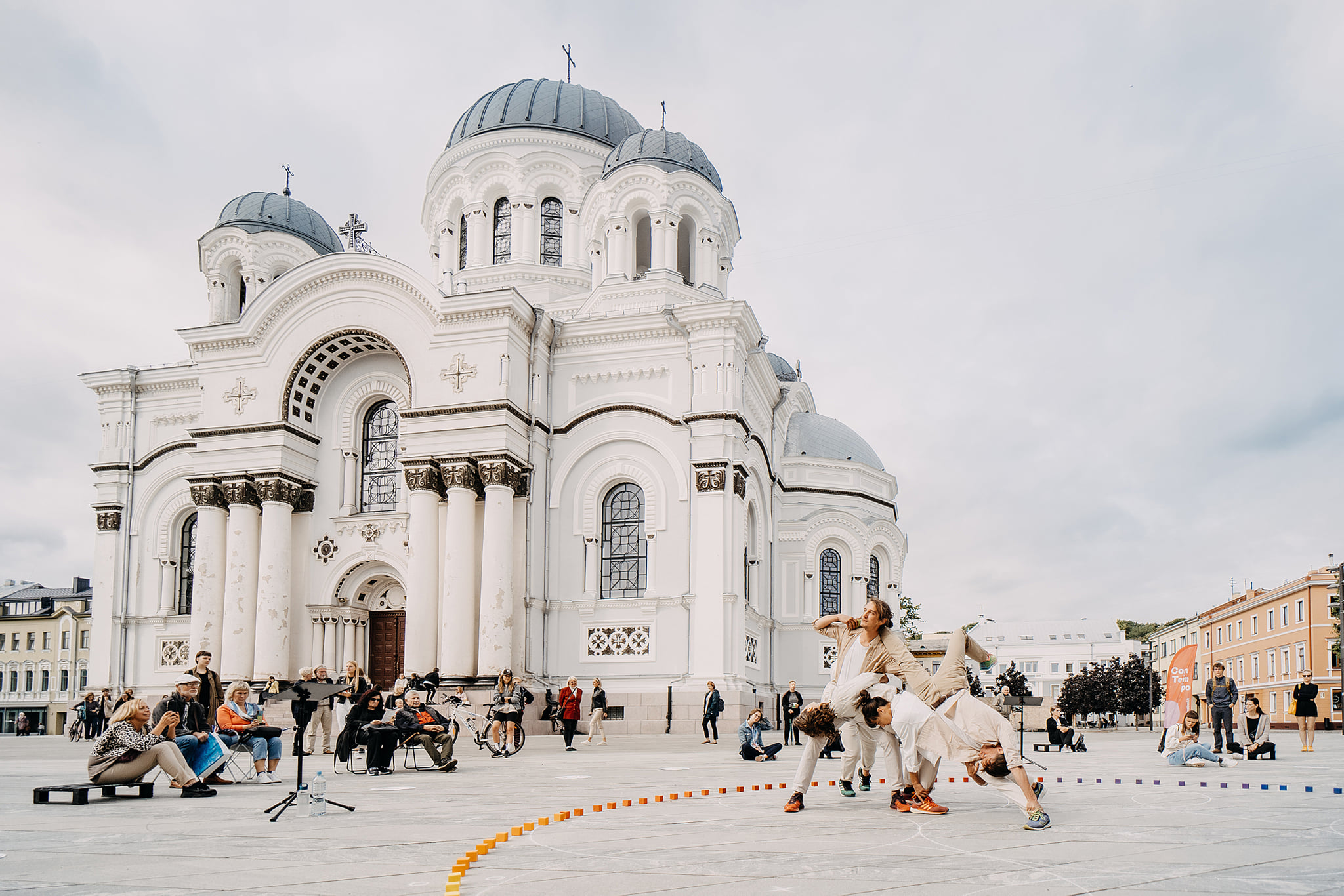
International performing arts festival “ConTempo”
From 2019, “ConTempo” has already established itself among the most anticipated events in Kaunas and Kaunas District. The festival is famous for its performances in the most unusual spaces: in a river, a hangar, an underground parking lot or a forest. This year “ConTempo” festival will once again transform Kaunas into a stage filled with never seen tricks, breathtaking performances, sensitive artistic expressions and meetings with the most interesting artists of Lithuania and the world.
When: August 1-6
More information is available here.
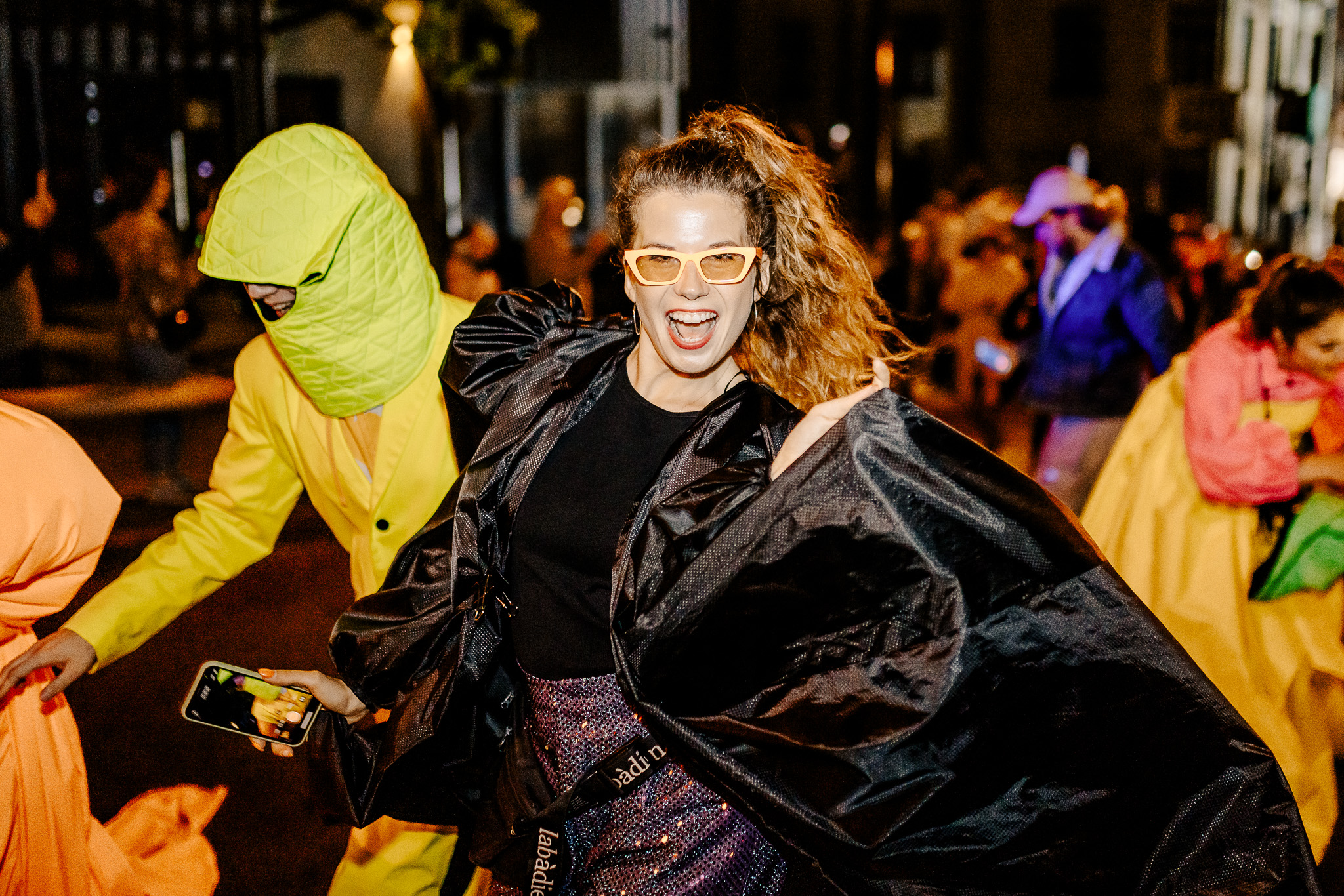
Fluxus festival
Fluxus Festival is one of the greatest successes of the Kaunas 2022 programme. This is a true Kaunas carnival! The main task during this festival is to climb up Parodos Hill in the most unexpected ways and costumes. Original performances by Lithuanian and foreign artists, music and art installations await those who reach the top. During the several years of the festival's existence, we have already seen puppeteers, jugglers, orchestra performances and thousands of crazy ideas - what will surprise us this year?
When: September 9
More information is available here
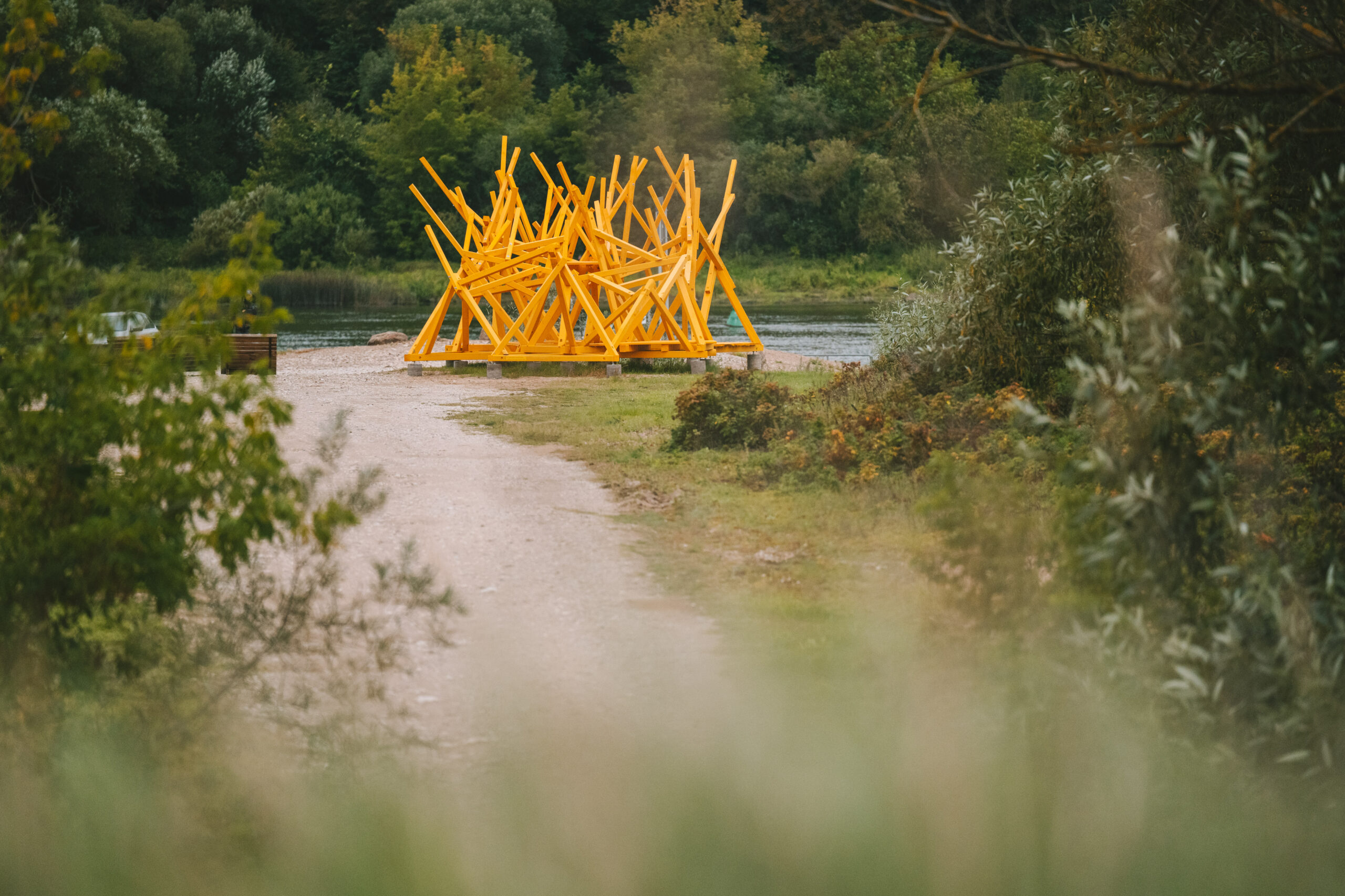
Public art objects route in the Kaunas district: “The Emerald Road”
“The Emerald Road” is a unique route of half a dozen artistic objects, turning Kaunas district into an exclusive open-air gallery. All artistic objects are created in non-traditional spaces and are extremely different: from sculptures, installations, street art works, to old appliances transformed into galleries or gastronomy centres. “The Emerald Road” is open to visitors all year round - maybe it's time to plan a family trip to the Kaunas district soon?
When: all year round
More information is available here.
“Kaunas 2022” drivers: world-famous artists as passengers and culture measured by kilometres
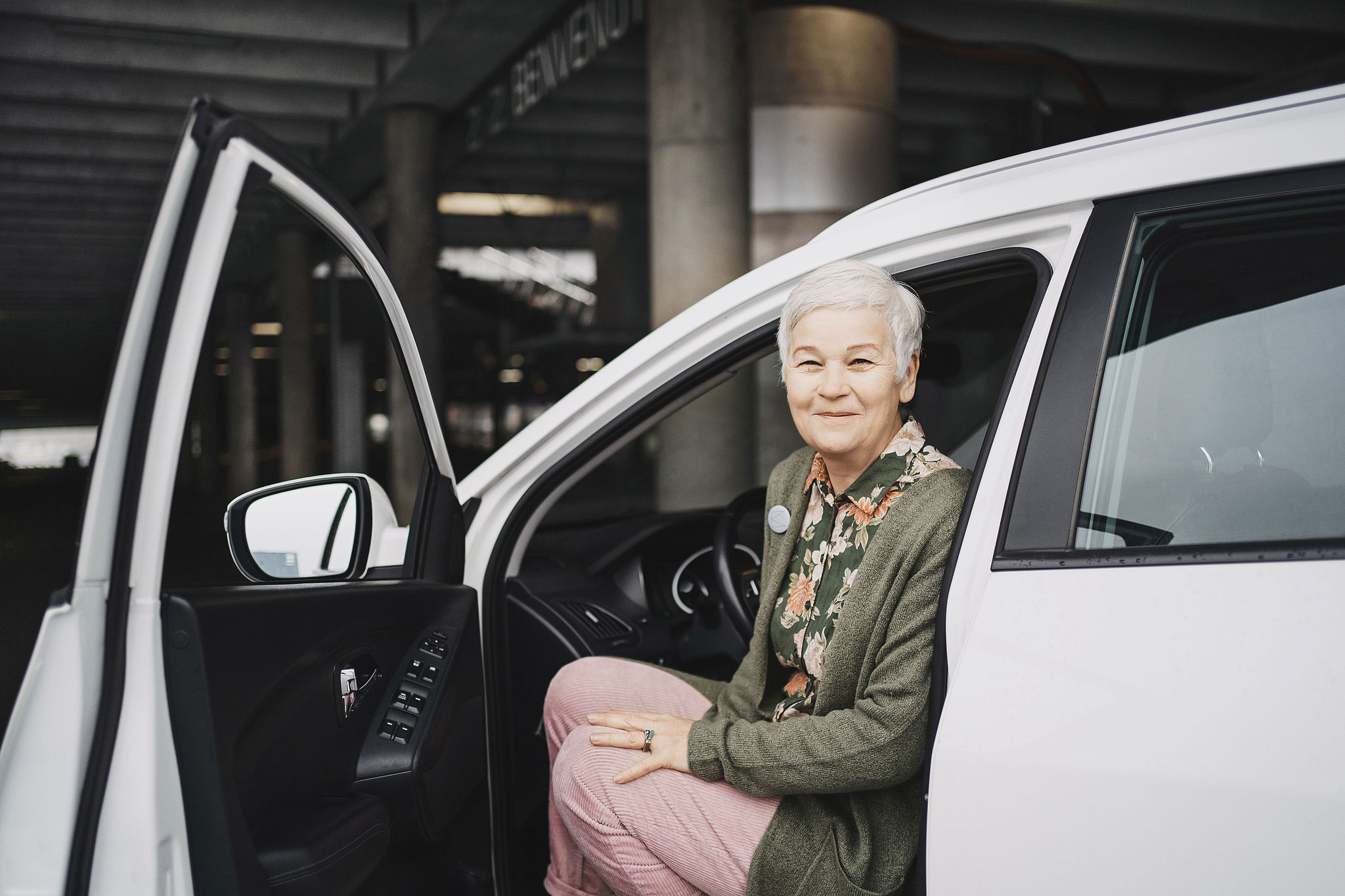
“Kaunas 2022” drivers were the first to greet culture lovers at airports, stations and all throughout the city, becoming an irreplaceable and integral part of the European Capital of Culture experience. Not only Kaunas residents, but also artists, journalists and world-famous cultural figures discovered Kaunas through their car windows. Today these drivers count their experiences not only in kilometres driven but also in the friendships made on the road.
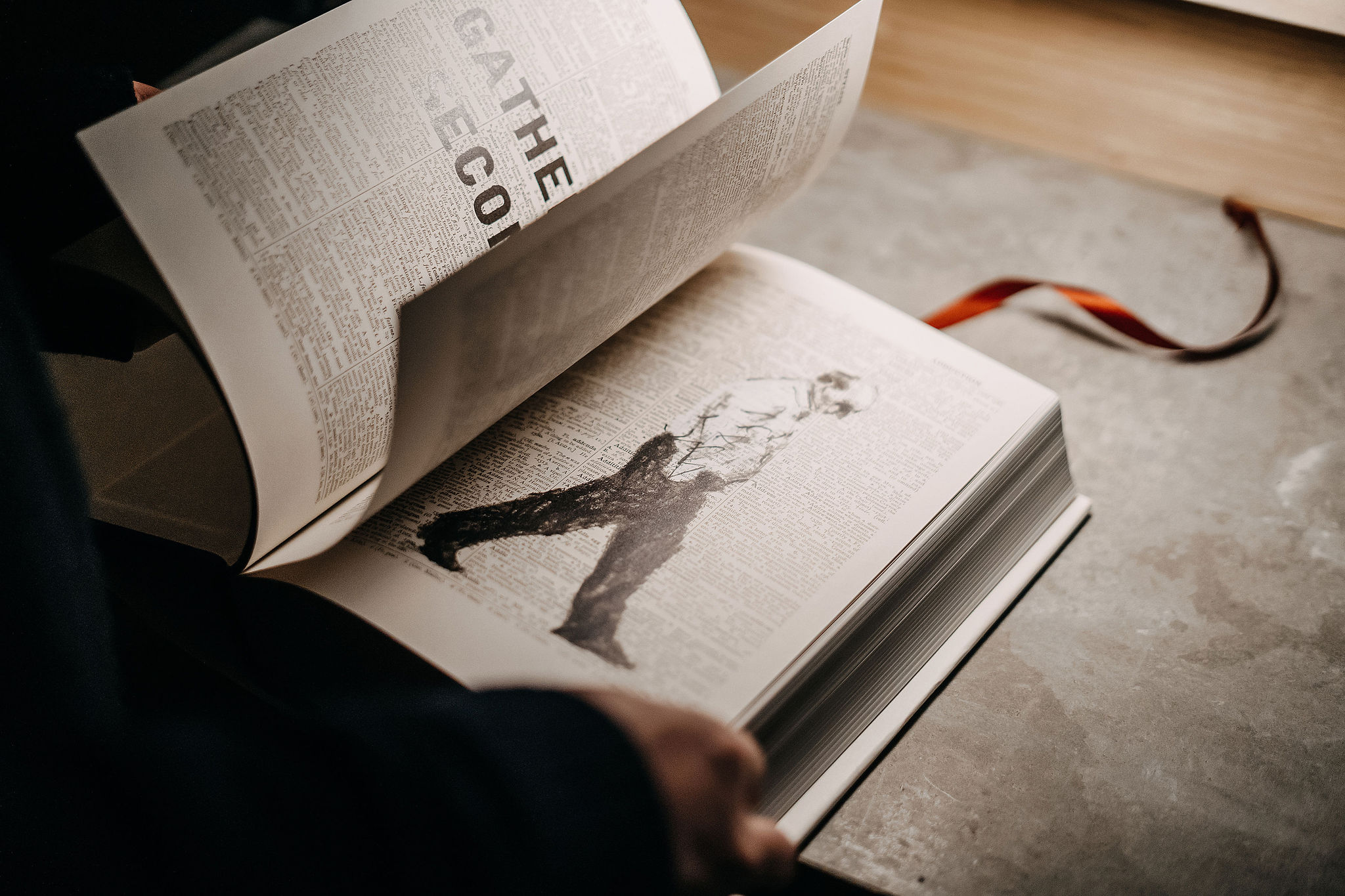
The disappearance of William Kentridge and Switzerland beauty found in Kaunas
"To be honest, I haven't heard a single bad review about Kaunas - only surprise that the city is so modern and joy that it is full of events and must-see places," says Gintaras Čiupas, who worked as a driver during the Capital of Culture year.
Gintaras remembers not only the friendship with Aideen Barry, the director of the movie “Folds” who became his regular passenger but also meeting various dancers, fakirs or circus artists from all over the world. "They were coming from Italy and, to my surprise, compared the Lithuanian rural tourism homestead to life in the mountains of Switzerland. Our nature, greenery, lakes and even the sky left such an impression on them that when leaving, they promised to return to Lithuania as tourists - Pažaislis and Trakai Castle are now on their bucket list”. According to the driver, some passengers flew to Kaunas from Ireland, the United Kingdom, the United States or even Australia just to join in the celebration of the unique year.
Gintaras also remembers his first meeting with William Kentridge. A world-renowned artist from South Africa came to Kaunas to open his exhibition “That Which We Do Not Remember” which gathered thousands of visitors throughout the year. The driver tells that during the journey from the airport, he received a warning call from the organizers of “Kaunas 2022”. It turns out, that while William Kentridge was calmly travelling in Gintaras’ car, the search for the world-famous star was already underway at the airport.
“William Kentridge said that he was persuaded to come to Lithuania by his daughter, who wanted her father to visit the country where family roots could be traced. Of course, when the artist arrived, he felt certain grievances related to the experience of his Litvak ancestors. He imagined that Lithuania was still living in the atmosphere of the hurtful past. However, after staying longer in Kaunas, the artist marvelled at the modernist buildings, architecture, the fact that Lithuanians speak many foreign languages, and that there are so many young people here. When W. Kentridge and his family left, it seemed to me that he forgave us,” says Gintaras.
When asked which events impressed him as a participant, Gintaras reveals himself to be a big fan of the Contemporary Myth of Kaunas trilogy and various events in the Kaunas District. “In general, I am glad that I had the opportunity to participate in this project, I might not see another one like it in the city soon,” considers the driver.
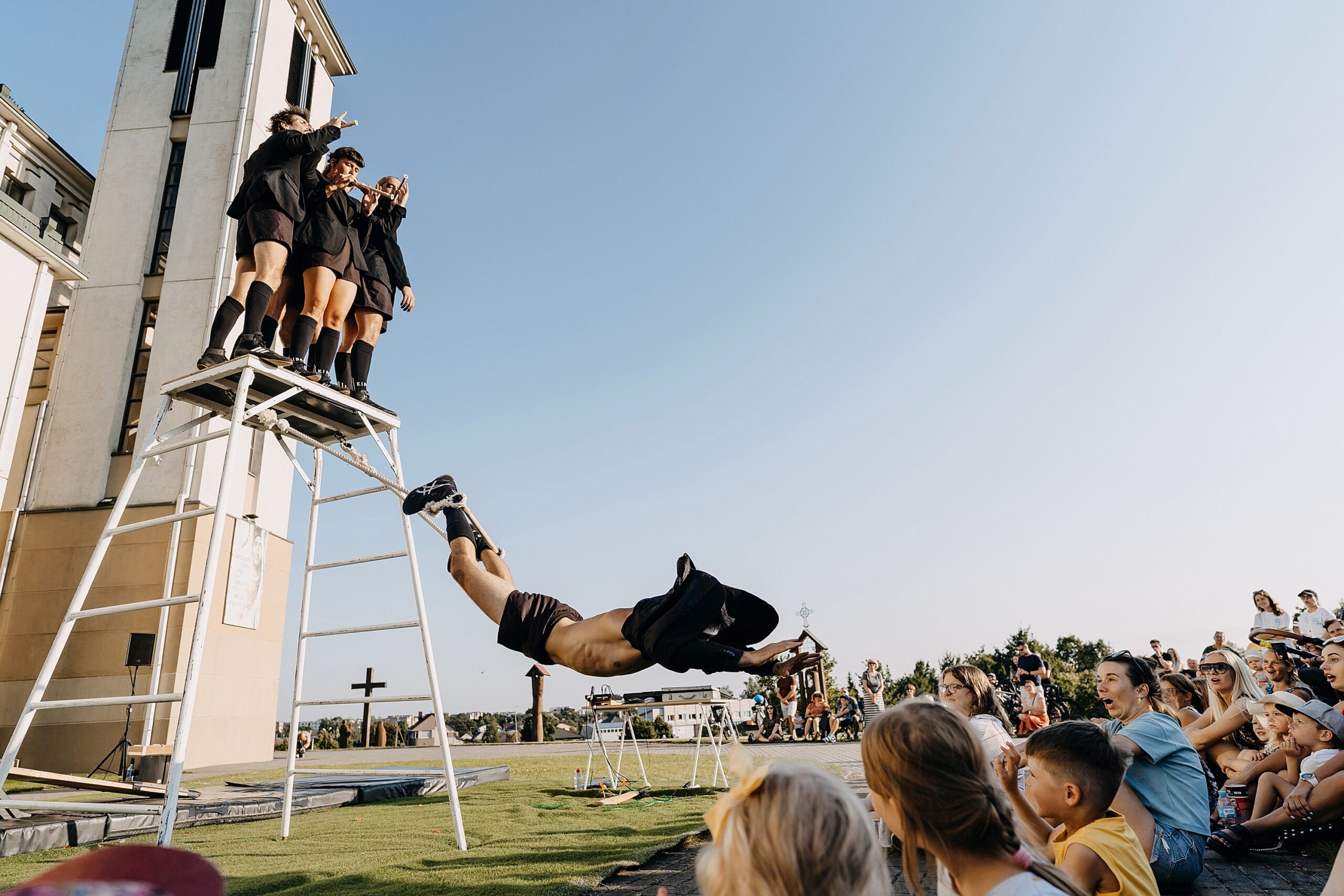
Culture driver who made to fall in love with Šančiai
During the year of the Capital of Culture, travellers who decided to visit Kaunas had a unique opportunity to use the services of the “Culture Drivers”. Private car tours were offered by artists, architecture experts or even gastronomy connoisseurs who knew Kaunas by heart. In 2022, Vida Bliumkienė - a resident of Žemieji Šančiai and a founder of the cultural space “Parakas" decided to join the initiative too.
Having completed more than 200 cultural tours throughout the year, Vida introduced travellers to the district of Šančiai. Labyrinths of narrow streets, the cultural space “Parakas”, buildings designed by the architect S. Kudokas, and some panoramic sceneries were all part of the ride. “I'm not a guide, so driving was some sort of opportunity to talk about the things that are meaningful to me, to share stories of the city, that I find important. I think that good memories were mutual - I still keep in touch with many people who I met on the road”.
Vida remembers giving a ride to a couple celebrating their wedding anniversary, to some culture lovers willing to drive around the small neighbourhood for more than 3 hours, and to well-known social media influencers. “People started saying that I have the keys to all of Šančiai,” laughs the woman. She adds: “However, what I remember most about the last year was the fellowship of cultural field workers, help and support from other Kaunas districts - it was an example of a true Kaunasian friendship.”
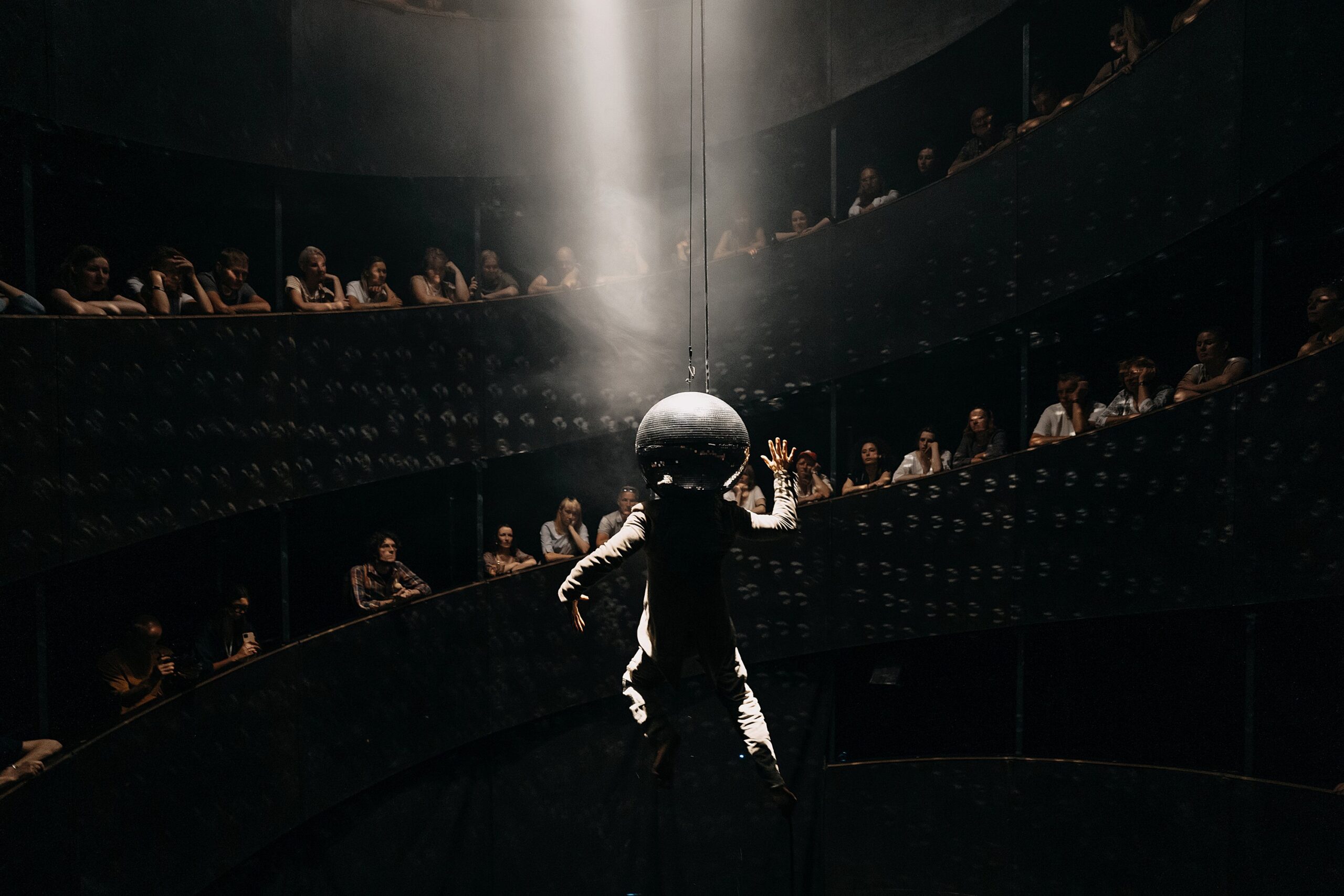
Unforgettable conversations and encounter with Chris Baldwin
"It seems to me that the city has changed" - this is what Olga Mikuliavičienė, who has been working as a driver for four years, tells about her experience. “It is important that people see what is happening in the world, what people come up with and what they create,” says the driver.
According to the woman, when passengers get on board, it is easy to feel whether they want to talk or whether they are more introverted. “Sometimes my task was to listen - both I and the passenger were relieved from simply talking.” According to Olga, there were various funny stories - together with the guests from Japan she had to clean piles of snow during the storm, and another time she drove around the city at night to find a lost Estonian journalist.
However, more than anything else, she engaged in enriching conversations. “One of the artists revealed that the beginning of his creative career was very difficult. During his young days in Brazil, he was full of ideas and inspiration, however, at this time, his parents simply could not afford drawing paper... I also drove a group of dancers who participated in the contemporary city festival AUDRA. For a long time I was contemplating about limitless possibilities of our bodies,” the driver recalls.
As one of the most memorable experiences, Olga mentions her meeting with Chris Baldwin, the director of the first part of the Contemporary Kaunas Myth Trilogy, The Confusion. “While driving, we talked about theatre methods, actors, acting, about the fact that our whole life is a game to play. Both in training actors and raising children, you need to play with them. I myself think that it is important that more children and families participate in the events - after all, culture is taught from childhood. Maybe the changes in education should be carried out on a national scale?", considers Olga.
Olga also attended some events as a spectator. “Musical experience Kaunas Cantata brought by the tragedy of Holocaust and Soviet occupation was the most memorable event for me. It was shocking to see the faces of numerous people touched by painful historical events on the screen. I think that people who watched the Cantata could not help but think about the current events in Ukraine... It is hard to believe that so many young, beautiful, modern people at that time could get involved in a cruel system, and become inhuman. On the other hand, not everyone was a Soviet or Nazi - not all people are bad. I thought about the many individuals who, even if they were afraid of the system, still took risks to save those who were in danger - I think it is very important to talk about these examples of humanity as well.
The European Capital of Culture year starts in Veszprem, Elefsina and Timișoara start
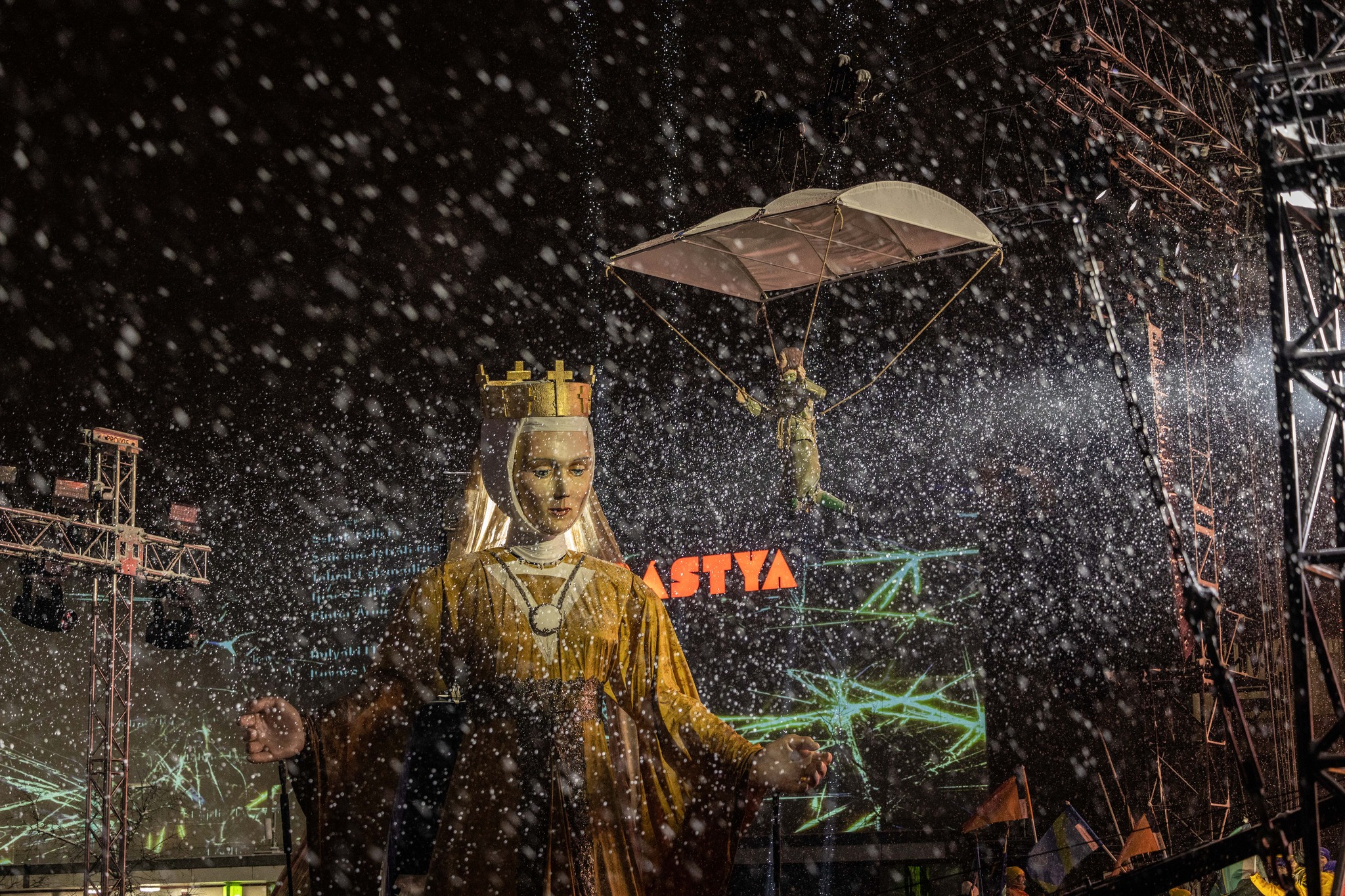
Exactly one year ago, Kaunas entered an important stage - last January, the European Capital of Culture year was opened with the program “Confusion”. Today, these experiences are relived by three other European cities - the map of Capital of Cultures leads to Vesprem, Elefsina and Timișoara.
The title of Capital of Culture not only provides an opportunity to implement rich cultural programs and promote tourism, but also to increase the need for culture, and to involve various cultural sectors in the process. Thousands of artists, institutions, volunteers and citizens participate in the projects.
Last weekend the year of the Capital of Culture was opened in Veszprem. On February 4 the events will start in Elefsina and will be followed by Timisoara on February 17.
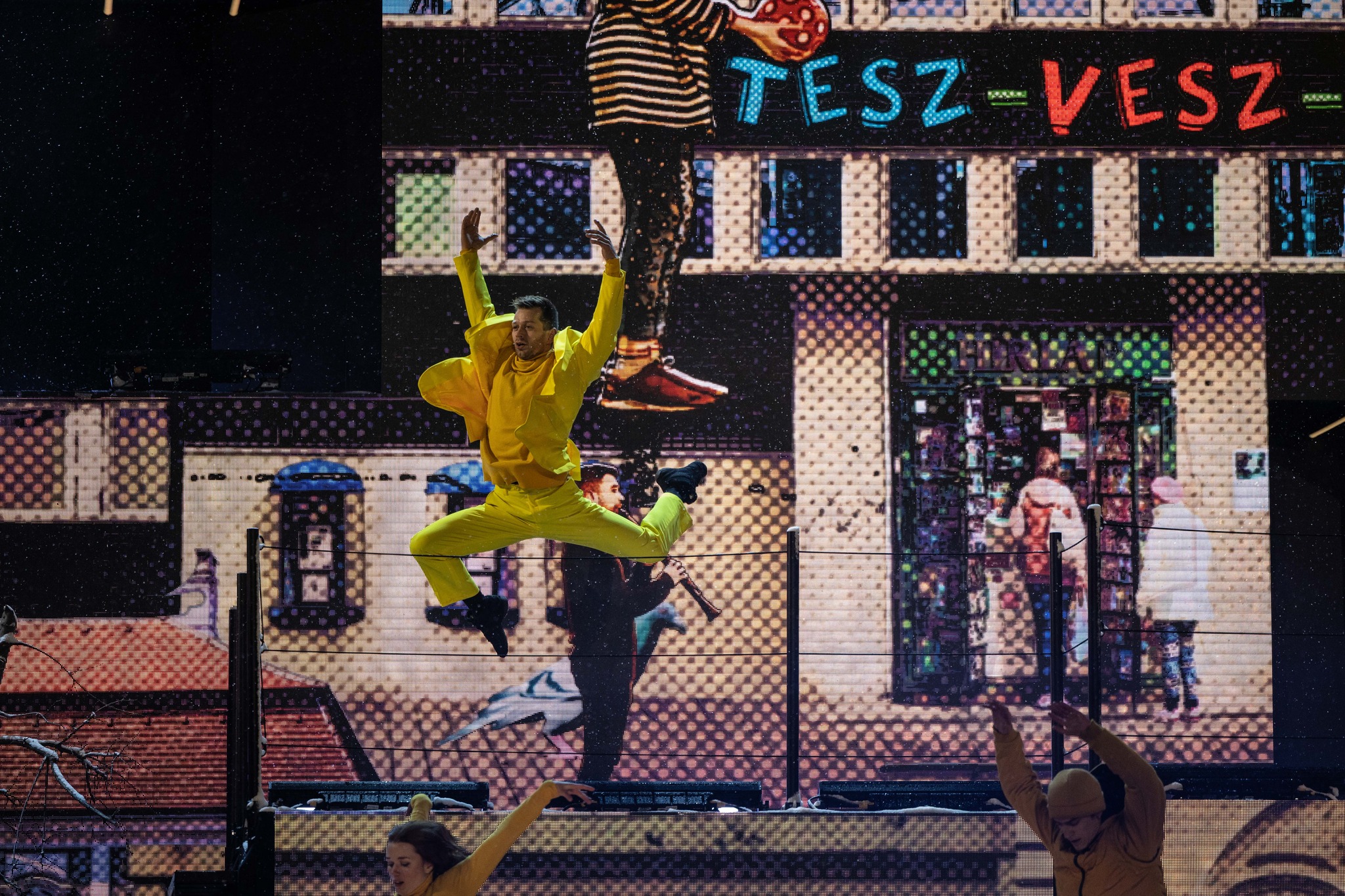
Vesprem will take to Kaunas for a week
The European Capital of Culture year in Veszprem started on January 21. On Saturday morning various city museums and galleries opened their doors to visitors, offering exhibitions and guided tours.
The most anticipated event of the weekend - the official opening ceremony - took place later in the evening in three locations: Old Town Square, Kossuth Street and the Castle. Thousands of spectators flocked to watch the hour-long production of music, dance, light painting and building projections. Promising a magical, dreamy, and at the same time slightly grotesque and humorous performance, the organizers gathered a team of professional artists - the opening event was created by international and national award-winning choreographers, dancers, musicians and film directors. After the grand opening, electronic music lovers flooded various spaces of Vesprem, where the night program took place.
In 2023 Vesprem celebrates not only the year of the European Capital of Culture but also the 200th anniversary of the national anthem. Thus, the weekend programme included theatre performances, cultural walks and exhibitions, as well as, a joint Hymn recital.
In 2023, the project is bringing creative talents from 25 countries to Veszprém and the Bakony-Balaton region. Every two weeks, new artists from different cities will visit Hungary and present exhibitions, performances and events. The attention of Vesprem residents and guests last week turned to Lithuanian artists - Kaunas was the first one to present an international program. Concerts by Daumantas Lukošiūnas and “CinaMon” took place in the city, while the creative writing workshop with Sandra Bernotaitė, a photo exhibition by Remis Ščerbauskas, and a screening of the film “Folds” by artist Aideen Barry are awaiting in the upcoming days.
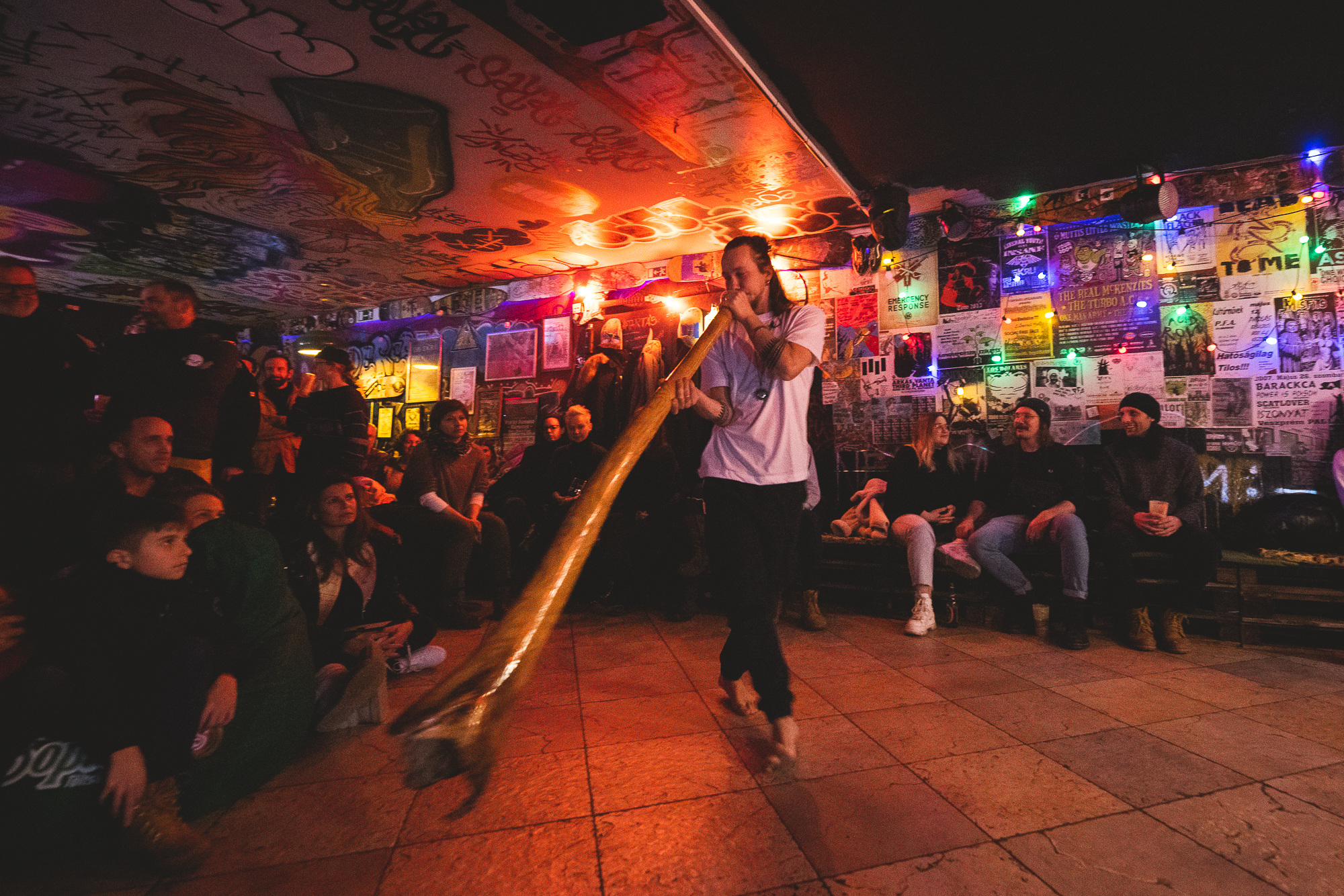
Elefsina: attention to people and the environment
Elefsina is an industrial city, home to the most important religious celebrations in the ancient world, as well as, the birthplace of Aeschylus. The city's fabric comprises extraordinary traces of antiquity, modern stories of population displacement, labour movements and industrial and cultural development, making it a unique historical landmark of ancient and modern Greek history. All these aspects are expected to be revealed in more than 400 cultural events during the year. Focus in 2023 will be shifted towards three main axes - people and society, work and environment. Performances and exhibitions of 192 Greek and 137 international artists are planned this year.
The grand opening event will take place on February 4 on the seafront of the city. The celebrations begin with the arrival of four large processions, land and sea, symbolically coming from distinct points of Europe, Attica and the city of Elefsina itself. An informal procession will also be the arrival of all visitors and invitees to the grand event of the Opening Ceremony. Until late at night, the city of Elefsina will celebrate with a rich program of exhibitions, concerts, parties and a multitude of parallel events throughout the city.
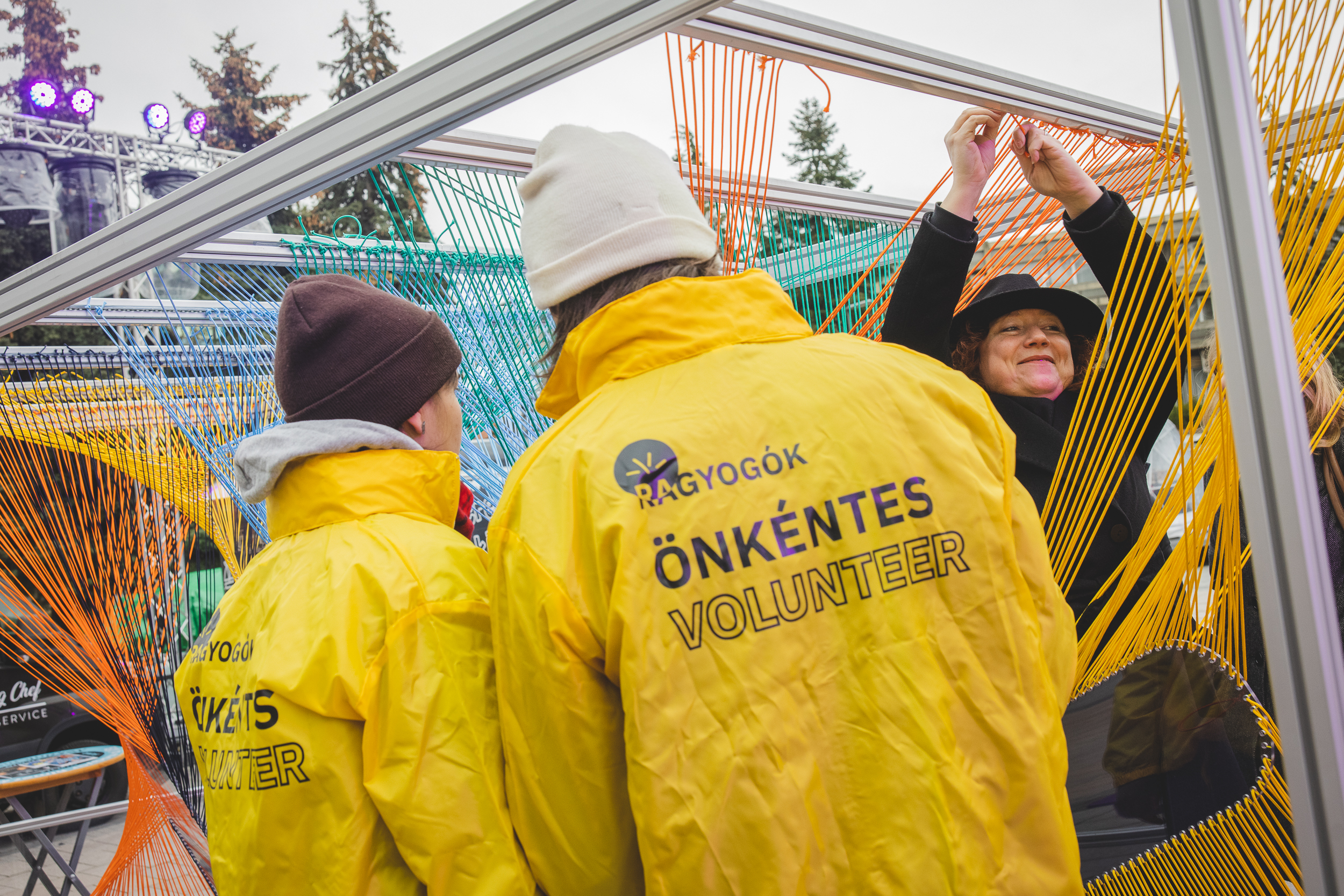
Shine your light in Timisoara
“Shine your light! Light up your city!” - with these words, Timisoara welcomes the year of the European Capital of Culture. The motto is an invitation to a double mobilisation: on the one hand, citizens are invited to express their values and attitudes, and on the other hand, to remove the darkness and passiveness around them through a civic process fuelled by culture.
For many years, Timișoara has been the centre of changing nationalities, religions and cultures. “When Timișoara became complacent and conformist, it stagnated” - believes the organizers. “With the European Capital of Culture title, but also with the Opening, we want Timișoara to celebrate and rediscover this spirit. It has the courage and openness to be a good host for experimentation and collaboration, whether we are talking about arts, technology, architecture, education or culture in general.” Before and after the grand opening, music, visual arts, conferences and various exhibitions will take place in Timișoara.
Official handover of the title of European Capital of Culture took place yesterday in Athens
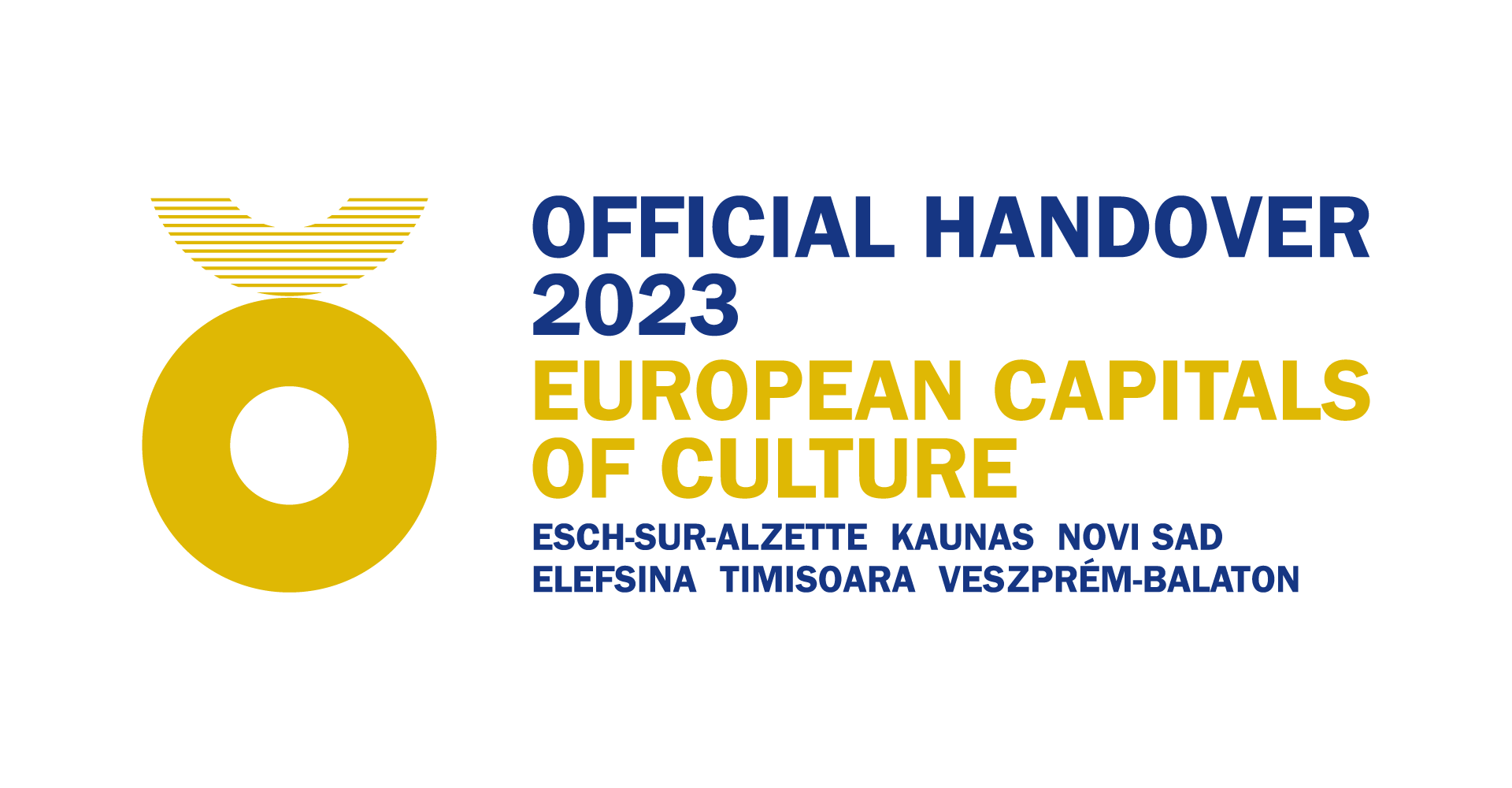 On January 9th, 2023, the European Capitals of Culture of 2022 officially handed over their titles to the cities and regions which will be representing the European Capitals of Culture in 2023. The ceremony took place in Athens, at the Acropolis Museum, and was marked by a multitude of speeches and artistic performances. The Official Handover 2023, which was symbolically embodied by an art sculpture, was also an opportunity for Official Representatives to remind of the meaning and purpose of the European Capitals of Culture as unique projects which aim at celebrating European cultures. Their mission is to connect people, cities and countries through culture, and therefore contribute to strengthening Europe in a sustainable way.
On January 9th, 2023, the European Capitals of Culture of 2022 officially handed over their titles to the cities and regions which will be representing the European Capitals of Culture in 2023. The ceremony took place in Athens, at the Acropolis Museum, and was marked by a multitude of speeches and artistic performances. The Official Handover 2023, which was symbolically embodied by an art sculpture, was also an opportunity for Official Representatives to remind of the meaning and purpose of the European Capitals of Culture as unique projects which aim at celebrating European cultures. Their mission is to connect people, cities and countries through culture, and therefore contribute to strengthening Europe in a sustainable way.
Athens was the first city to be designated as European Capital of Culture (ECoC) in 1985, on the initiative of former Greek Minister of Culture Melina Mercouri, along with her French counterpart Jack Lang. The objective was to gather European citizens closer together by highlighting the wealth and diversity of European cultures and raising awareness of their common history and values. It thus made perfect sense to host the handover ceremony in Athens. The six ECoCs involved for this first time also suggested it should take place in Athens every year from 2023 onwards, an idea which was positively welcomed by the European Commission.
“The European Capitals of Culture represent what Europe is known and appreciated for, even far beyond its diverse culture: Our principles of freedom, peace, justice and human rights. Culture is Europe and Europe is all of us – the six cities of today`s handover ceremony, and all European Capitals of Culture of the past and the future”, says Margaritis Schinas, Vice-President of the European Commission.
The 90-minutes ceremony was an opportunity for the representatives of the six ECoCs - directors as well as political and other representatives – to speak alongside the Vice-President of the European Commission, Mr. Margarítis Schinás. An art work by Luxembourgish glass sculptor Pascale Seil (“Made by Seil”) symbolized the title handover, symbolically representing European history at the same time. The highlight of the evening was the artistic performance “Tacet” by the Greek-English female dancer Rihannon Morgan from Luxembourg and Greek-French female accordeon player Servane Io Le Moller from Athens, who were part of the cultural program of Esch2022 (“DifferDanceDays”). Another highlight of the ceremony was the visit to the Acropolis Museum.
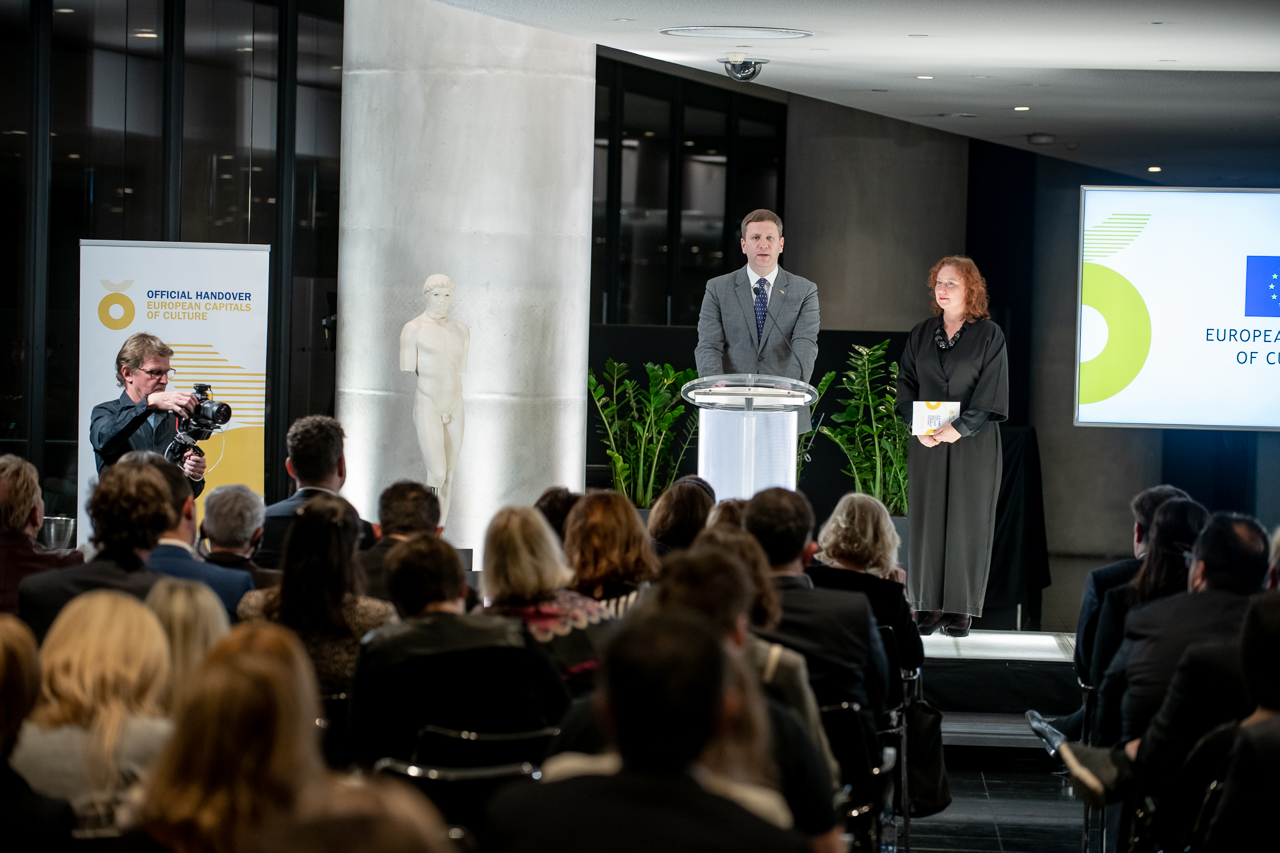
A symbol for Europe
The glass sculpture, symbolic representation of Europe, was inspired by a famous story from the Greek mythology: the abduction of King Agenor’s daughter, Phoenician maiden "Europa", to which the continent owes its name. The myth of Europa, who infatuated Zeus, the king of all Olympian Gods, with her striking beauty and grace, has inspired many writers, historians, painters and European politicians throughout the centuries. Europa also inspired the Luxembourg artist Pascale Seil to create “The Bull”. Based on the Greek mythology, Zeus metamorphosed into a white bull to escape the anger of his wife Hera. He kidnapped Europa and took her to the island of Crete, where he revealed his true identity and impregnated her. Europa gave birth to Minos, who would become king of Crete.
The horns of “The Bull” represent the power; the circle, which carries the horns of the bull, represents volenity and infinity. The sculpture is constructed of 47 layers of colored glass, each representing one of the European countries. It evokes transparency and lightness, as well as movement through the twisting of the colored layers. The colors of Europe - blue and yellow (gold) - dominate. The history, the shapes and the colors of all the different layers symbolize Europe as a unified body composed of individual identities and peculiarities.

Participation in a common project – across borders
Similarly, the European Capital of Culture project perfectly embodies this combination of joint forces, yet carrying so many different facets. Hundreds of artists, institutions, volunteers and citizens help shape the special title years and lay the foundation for new things that will last through time. They collaborate with each other and bring people and cultures together. Citizens should actively take part in the project and its activities, and contribute to the development and cultural expression of their city or region. Each European Capital of Culture drives new energy into the city, and naturally boosts its cultural, social and economic development. All past, present and future titleholders should exchange ideas, benefit from eachother and support one another by driving projects together.
The cooperation and networking efforts between ECoCs is expressed through projects and initiatives which aim at achieving a long-term impact for the current title year and beyond. In 2022, ECoCs collaborated widely to create a multitude of projects. This newly established event is an additional component that reinforces and symbolizes this cross-boarder cooperation.
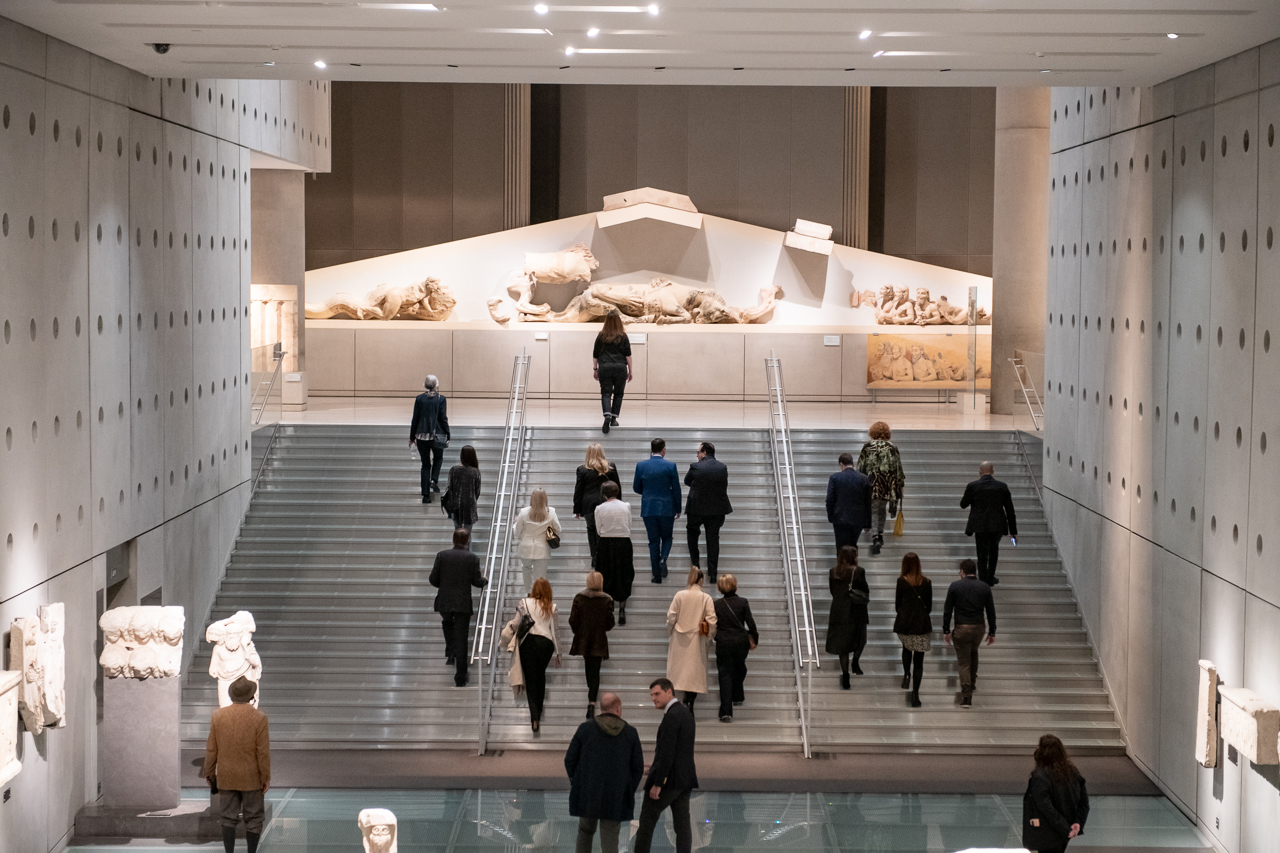
Lithuanian National Radio and Television Annual Awards presented: Kaunas 2022 was chosen as the cultural phenomenon of the year
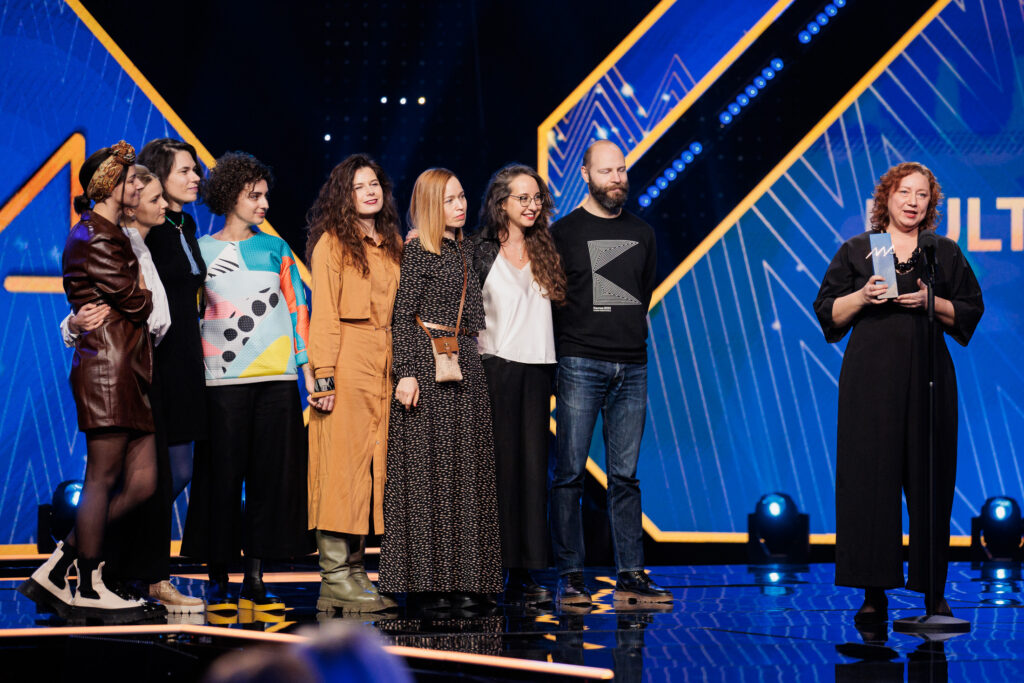
For the fifth time, Lithuanian National Radio and Television (LRT) invited to remember the most prominent events, personalities, initiatives, and achievements of 2022, which inspired us all and helped Lithuania focus, grow and improve. The winners were honoured at the LRT Annual Awards ceremony, where there was also no shortage of words of thanks to those who support Ukraine.
The solemn evening was not missed by a group of prominent public figures, representatives of sports, art, and culture, who entered the LRT big studio on the blue carpet of the ceremony.
Of course, the most important note of the evening was the honouring of the brightest people and initiatives of 2022. “The list of this year’s nominees represents the pulse of the entire year. Civic initiatives that have done and continue to do great things to help people affected by the war in Ukraine, who came to live in Lithuania, and continue to help those who remained to fight for the country's freedom, were prominent.
Surnames, initiatives, organizations, which aimed to help Ukrainian people, herewith encouraging all of us to grow as a nation, were among the nominees. We had engaging cultural projects, and our athletes again successfully managed to have the Lithuanian national anthem played at the biggest sports championships. I’m also happy that the achievements of the scientists of our country, which are valued in the whole world, are not forgotten in these Awards”, - Monika Garbačiauskaitė-Budrienė, the general director of LRT said before the celebratory Awards ceremony.
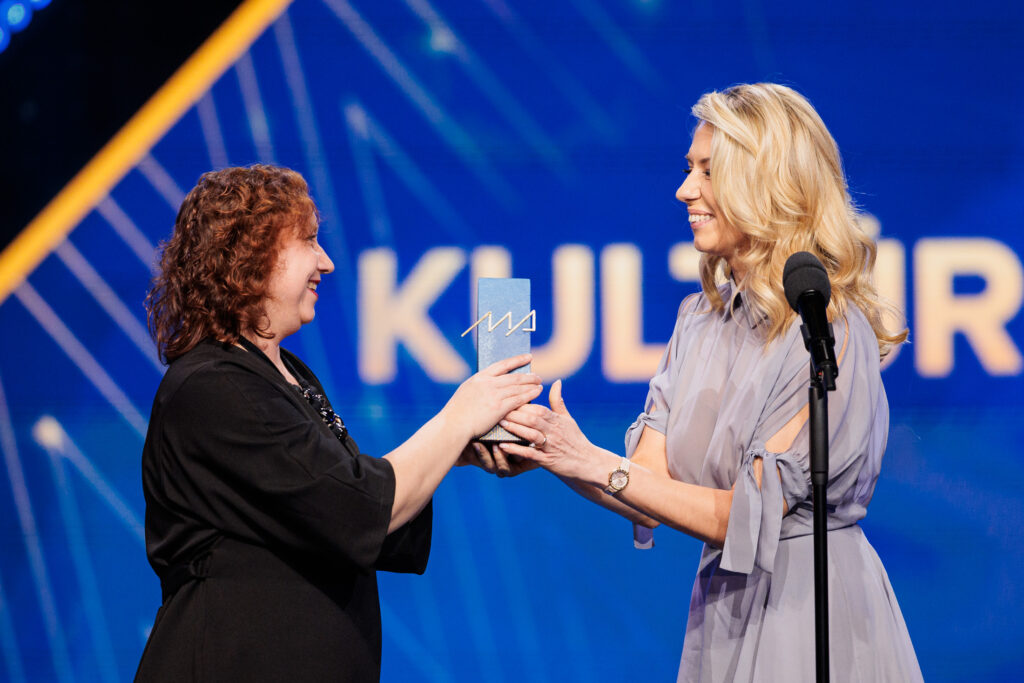
The "Kaunas 2022" project was declared the cultural phenomenon of the year in these Awards. “Maybe it wasn’t that difficult to get so many votes from LRT.lt readers because the voters were a part of cultural capital, the visitors and creators themselves. This award is an achievement of all creators and attendees. We felt special because we received the attention of so many Lithuanians and Europe”, - Virginija Vitkienė was happy to remember that a huge team worked on this project.
She admitted that the war, which started in February last year, shook them, but a huge team was able to not give up and included supportive initiatives for Ukraine into the programme – the cultural centre of Ukraine, which allowed the initiatives of Ukrainians living in Kaunas to unfold throughout the year, was established in Central Kaunas Post Office.
When the European Capital of Culture title returned to Lithuania after a twelve-year break, Kaunas prepared for it for five years, devoting most of its forces, time and finances to involve the citizens as much as possible. ECOC team assures, that the rich life in Kaunas won’t stop after the project is over.
During the year, about 40 festivals, more than 60 exhibitions, over 250 performing arts events, and over 250 concerts took place in Kaunas and the Kaunas district. The events attracted over one and a half million visitors. A lot of attention was paid to the topics of human rights, freedom of speech, respect for everyone, and culture for everyone.
LRT.lt reminds that the nominees were proposed and selected by the LRT Annual Awards working group, which has been actively working for the third year, made up of journalists from different fields, who have been closely following Lithuanian events throughout the year.
You can see all the awardees here.
“We Have All Been Running on a Higher Gear,” Says Virginija Vitkienė, Head of Kaunas 2022
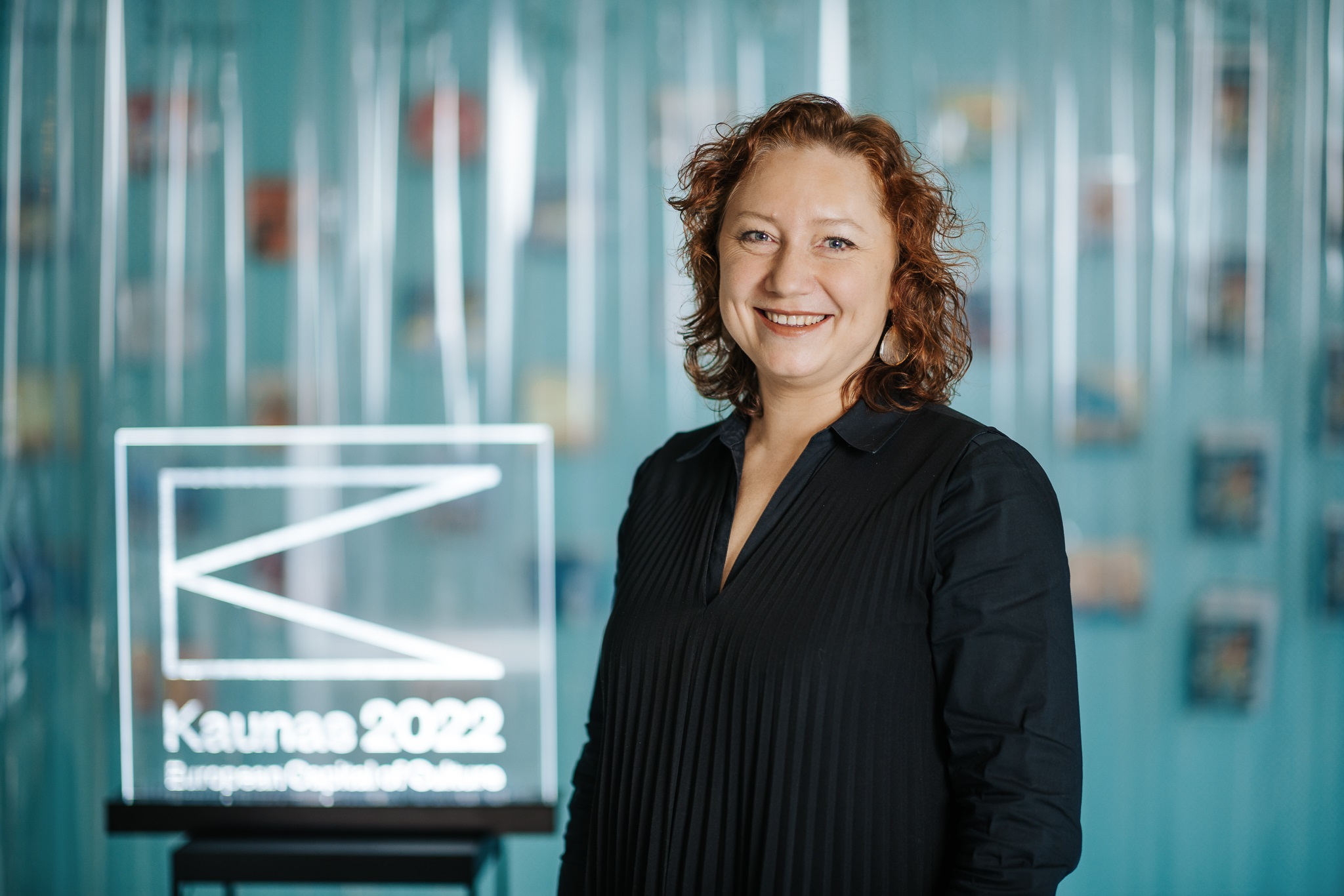
“We wanted to see what we could do when had all the right conditions to thrive. When you have a dream, you can achieve a great deal,” Virginija Vitkienė, leader of the European Capital of Culture programme in Kaunas, says. As 2022 draws to a close, she tells us that she has experienced the celebration and covered a decade’s worth of distance.
More than 3,000 events have taken place and over 2 million spectators and visitors have attended, over the project’s entire lifetime. With visits to museums and galleries having increased by a third, the number of foreign tourists having reached pre-pandemic levels, exclusive attention having been captured from foreign TV stations, not to mention all the world-class exhibitions that have taken place, the standard of cultural life in Kaunas, according to Vitkienė, has now reached levels seen in New York or Berlin.
She believes that over the years, Kaunesians have become more curious and their demand for quality cultural and art events has grown. We no longer perceive ourselves to be living in a province.
In the interview which follows, you can find out more about what will remain once the title-holding year is over, the gift that the Kaunas 2022 team delivered to the city, and what it managed to achieve in the round.
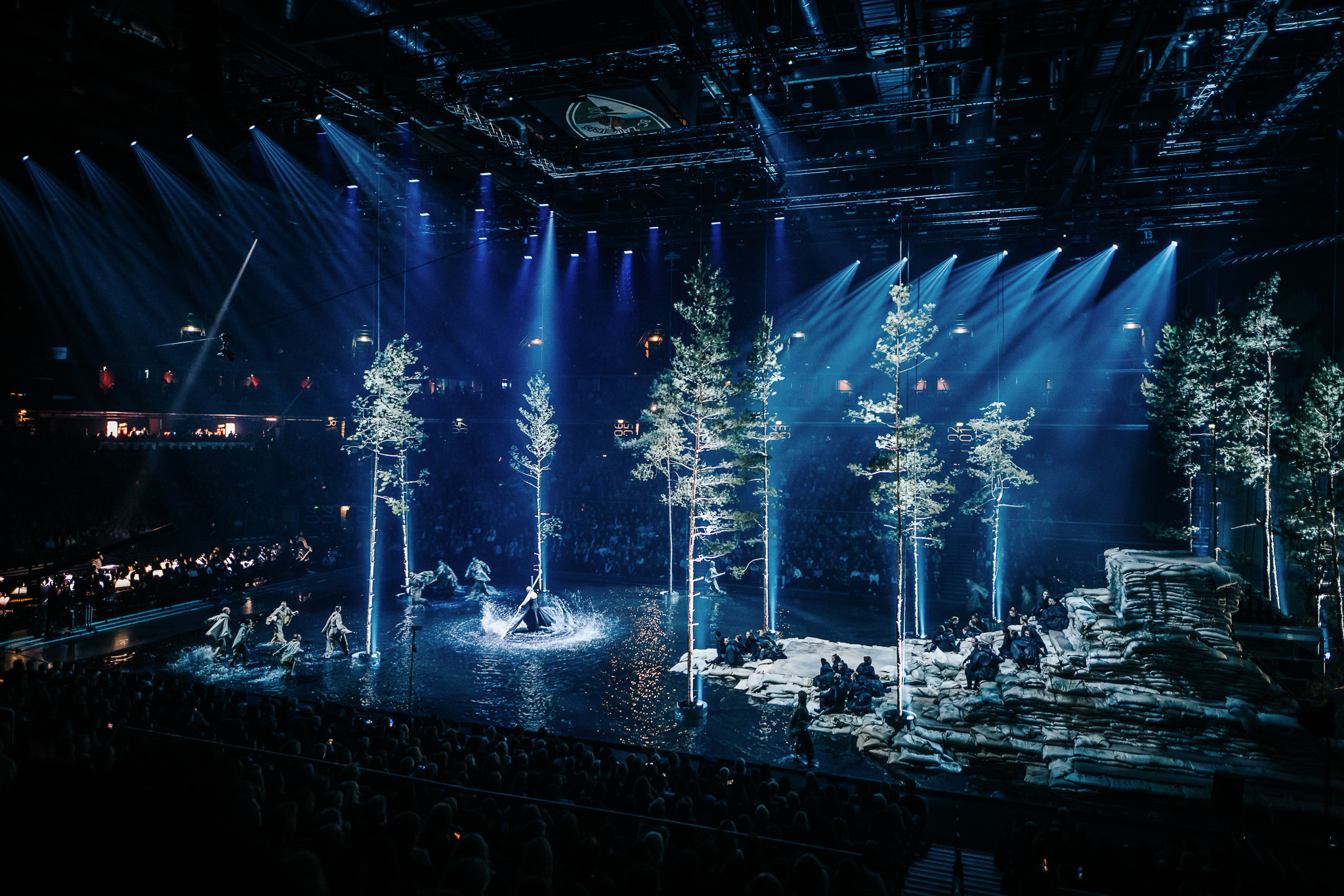
The European Capital of Culture programme is officially closed, and 2022 is coming to an end. How do you feel?
I feel a void within my sense of completeness. We have received so much feedback – people from the outside have been telling us that we have done a colossal job, and that the process of change is gaining momentum. However, the time has come to say goodbye to our team members. We wish one another to continue what we have started, and we cry on one another’s shoulders. This is probably how parents feel when they usher their children into the adult world.
What makes you proudest and happiest?
One of our goals was to stimulate the development of local cultural institutions. I can see this change very clearly – most of Kaunas’s cultural institutions have experienced a huge breakthrough in terms of internationalism. I believe that none of them will want to go back to the way things were.
For example, the National Kaunas Drama Theatre, which previously had no co-productions (productions created by several collaborating institutions), produced five international productions in a year. These included Dorian, with the D’haus Theatre in Düsseldorf, Germany; Visage, with the Esch City Theatre in Luxembourg; The Tower of Babel, which was staged by a creative team comprising members from five countries; and others. These performances have been presented on several European stages.
Although cultural professionals and staff may feel very tired, the feeling is very different now than it was a few years ago. Of course, it will still take time for all the excitement and experiences to sink in.
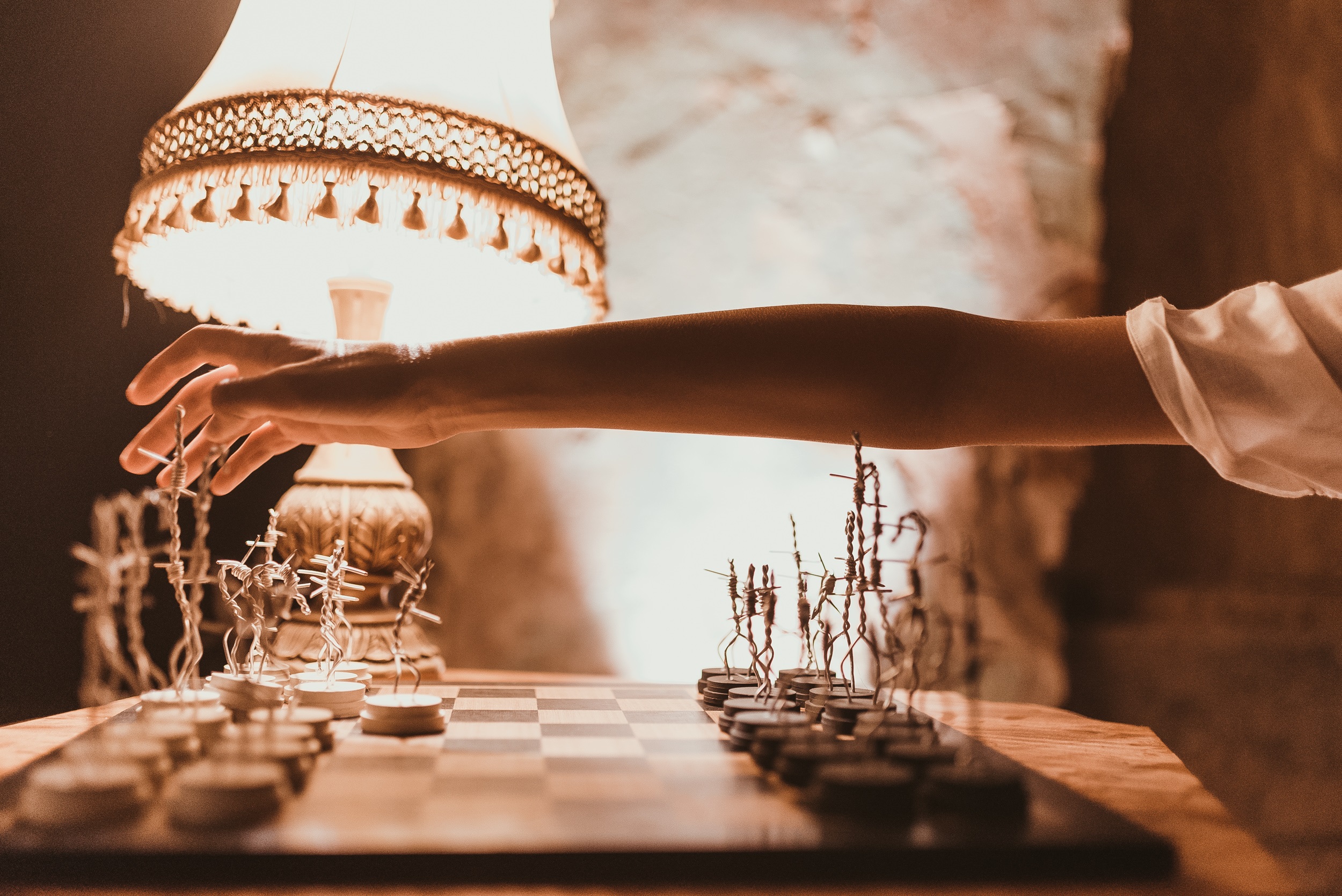
You probably know the programme better than anyone else. However, planning and experiencing it are not the same thing. Has there been anything that surprised you?
I was most struck by Jenny Kagan’s exhibition Out of Darkness. I knew that Jenny was working on that exhibition in a very sincere, personal way, and I had seen the catalogue of the smaller version of the exhibition and some of the photographs when it was held in England. I have been familiar with Jenny’s family history since 2017, when she started participating in the Kaunas Biennale. We all knew that Jenny’s parents had escaped the Kaunas ghetto, were hidden and provided with shelter by Lithuanians, fed for 9 months, kept secret and survived. But it was only just before the opening of Out of Darkness this year that Jenny told us that her grandfather had been among the victims of the massacre at the Lietūkis Garage.
Our Memory Office programme is designed to revive memory, to encourage truth and genuine conversations about what happened in Kaunas in 1941, especially on 26 June, when Lithuanians brutally massacred Jews. After all, when the tragedy of the Lietūkis Garage took place, there weren’t even any Nazis in Kaunas! Yet, for five whole years the artist had not disclosed this detail of her family’s history to us. Perhaps she wanted to spare us the accusation, the reproach.
Visiting Out of Darkness has been a harrowing experience for me as well. This exhibition-installation contained so many layers of meaning – it made me think not only about the tragic fate of the Jews during the Second World War, but also about the war in Ukraine today, about the choices people make in such situations and about hope where there seems to be none.
For Jenny, a light artist by training, this exhibition marked a huge leap in her career. With this work, she joins the elite ranks of the world’s artists. In my opinion, it was the best we have ever had in Kaunas. And even though the exhibition is now dismantled, it remains here – we are looking for a permanent location for this exhibition. It’s true that the process will take time, because this exhibition demands large spaces, which are in short supply.
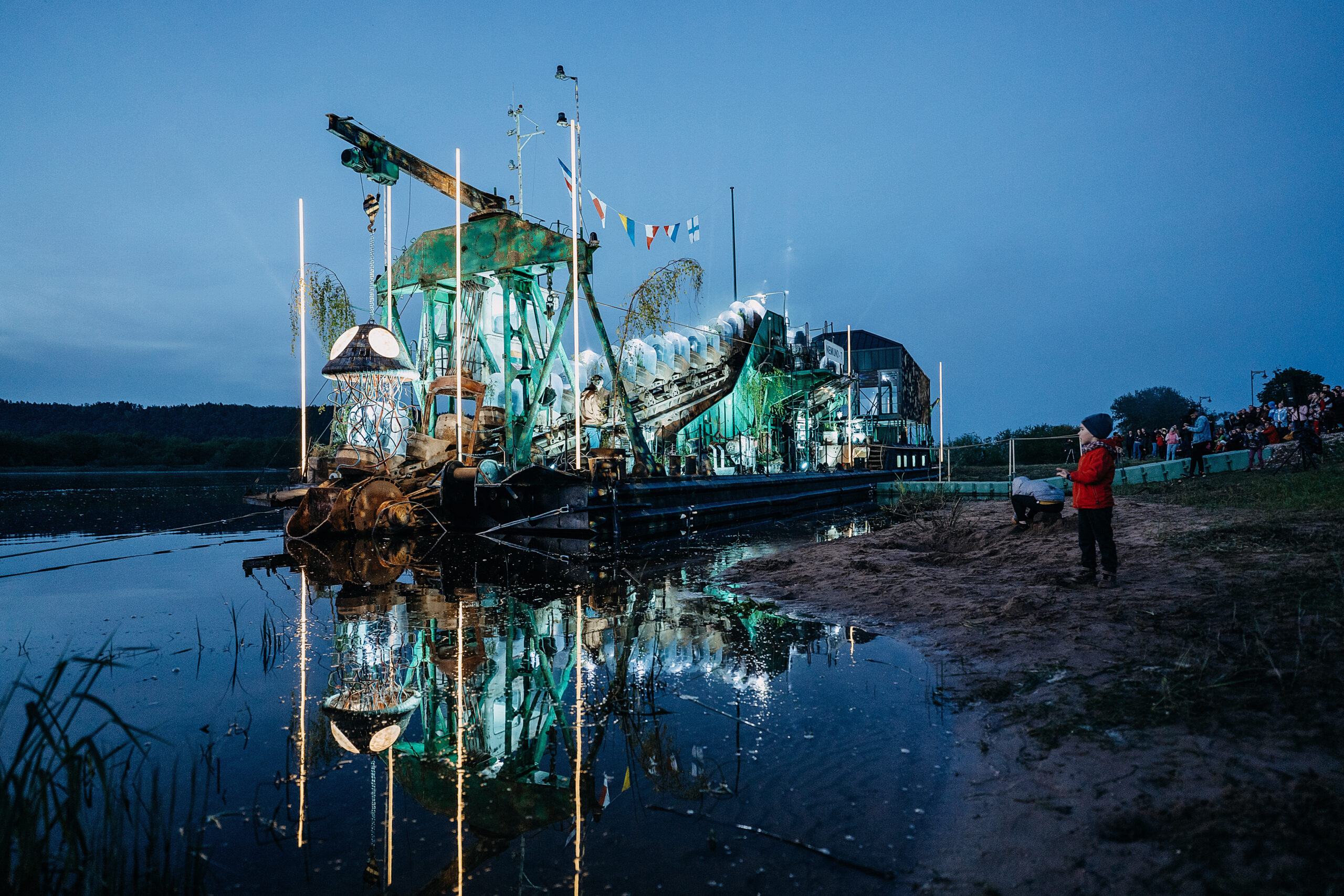
While it is too early to determine the long-term impact of the European Capital of Culture title-holding year, some figures have already been published. For example, 26 million euros have been spent on the programme over five years. Is that a lot or a little?
I think it is a lot for Lithuania and I am very grateful to all the sponsors. On the other hand, it is the same amount that Vilnius had in 2009, and if we consider the inflation over the past thirteen years, it would be fair to say that we have had less than Vilnius. And less than a half of what Esch, also this year’s European Capital of Culture, has had. For this city in Luxembourg of a mere 30,000 inhabitants, the programme’s budget alone was 67 million euros.
By the way, I visited Esch this autumn. Although I was impressed by the in-depth, inclusive programme, it is a pity that it did not attract much public attention. World-class exhibitions received small numbers of visitors. This only confirmed to me how right our strategy was to involve communities in the run-up to the event. Our museum and gallery staff say that this year, compared to previous years, we had three or four times as many visitors. Admittedly, our city, with its 300,000 inhabitants, is much bigger.
Compared to other European Capitals of Culture, 26 million is an average amount – neither too high nor too low. However, in terms of numbers, we have made this money go a long way – over 3,000 events have taken place, and if you count all the preparatory activities and various workshops, this number comes to over 7,000.
On the other hand, if we divide the 26 million euros by the over two million people who have visited the events of Kaunas 2022 over the last few years, the average amount spent per visitor comes to 13 euros. We’ve had quite a bounty of culture, for that amount, don’t you think? Based on these figures, we are making a proposal to municipalities, to governments: to fund culture by at least 2.5 euros per capita per year. With strategic thinking, with good planning, with that amount of money, a lot can be achieved.
I would also add that the only reason we were able to spend the money so wisely was because we knew very well in advance how much we would have each year. When the municipalities and the government approved their grant amounts, back in 2016–2017, we already had a budget plan running up to 2022. It changed very little. By 2022, we had spent almost half of the planned budget.
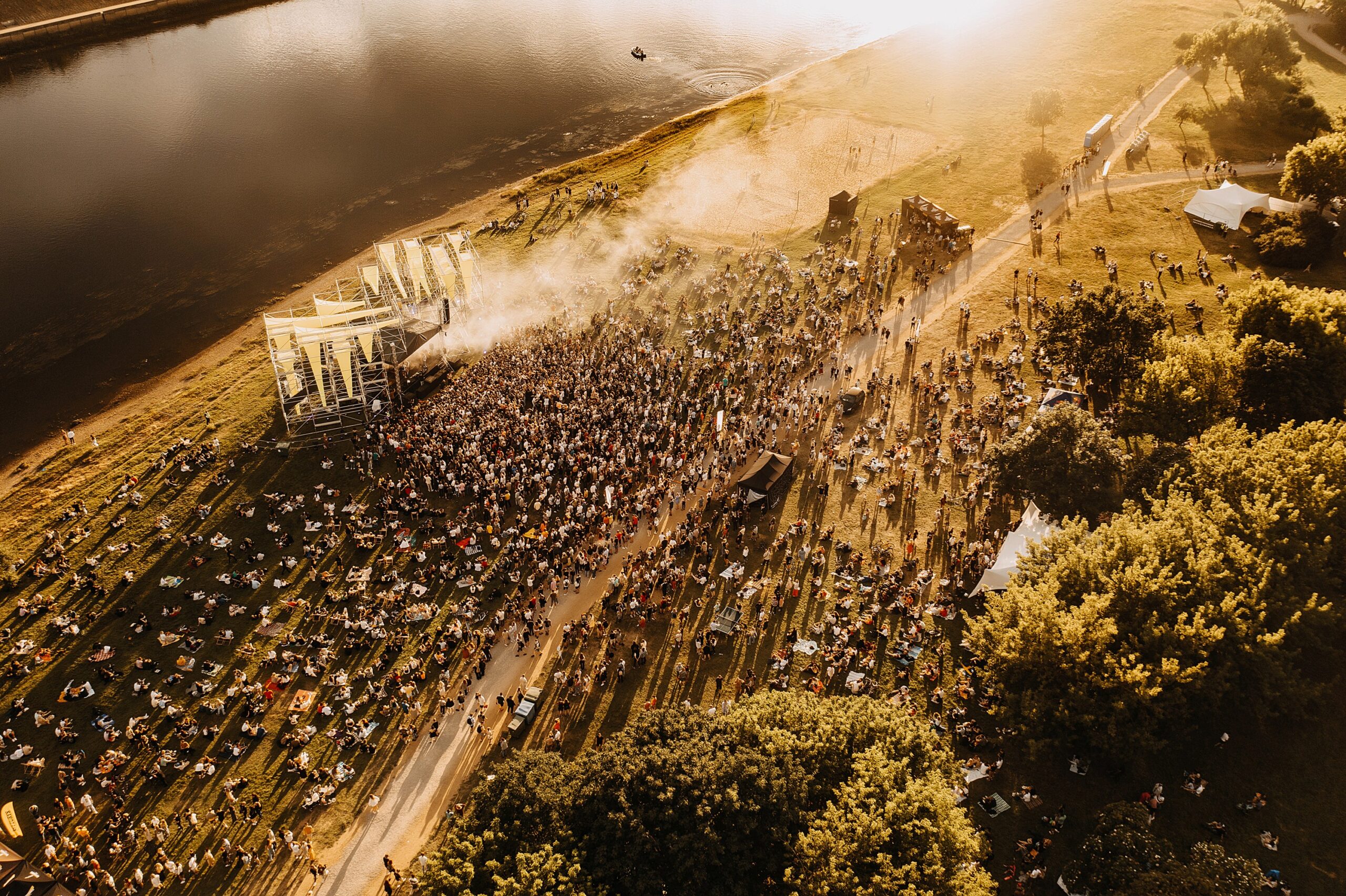
That leaves around 14 million for 2022. The figures seem huge.
Considering that our strategic plan was implemented by 72 partners who proposed more than 170 projects, each consisting of a dozen events... In the end, the figures for each project have remained very small, similar to the cost of a concert or any other event in a regular year.
Still, the three major events of the Contemporary City Trilogy were truly extraordinary. You have mentioned in the past that they accounted for the lion’s share of the 2022 budget. Was it worth it?
I would say that these were very successful events – we created and delivered major celebrations for the city. The city really needs such massive events, engaging hundreds of thousands of people. The opening was not without its challenges, given the pandemic management requirements, as we all had to freeze outdoors in the cold weather, but people’s spirits were not dampened, and the celebration continued in the city for the rest of the night. I saw so many smiling faces – after the long period of social distancing people were longing for interaction. “The Confluence” event, which replaced the “Kaunas Days” festival, brought out a completely new quality and raised the bar – the city has never before witnessed a concert on such a scale taking place upon the flowing waters of the city’s rivers. And the balletoratorio “The Contract”, I think, exceeded everyone’s expectations, including those of our team. It was a spectacular piece by the greatest Lithuanian artists.
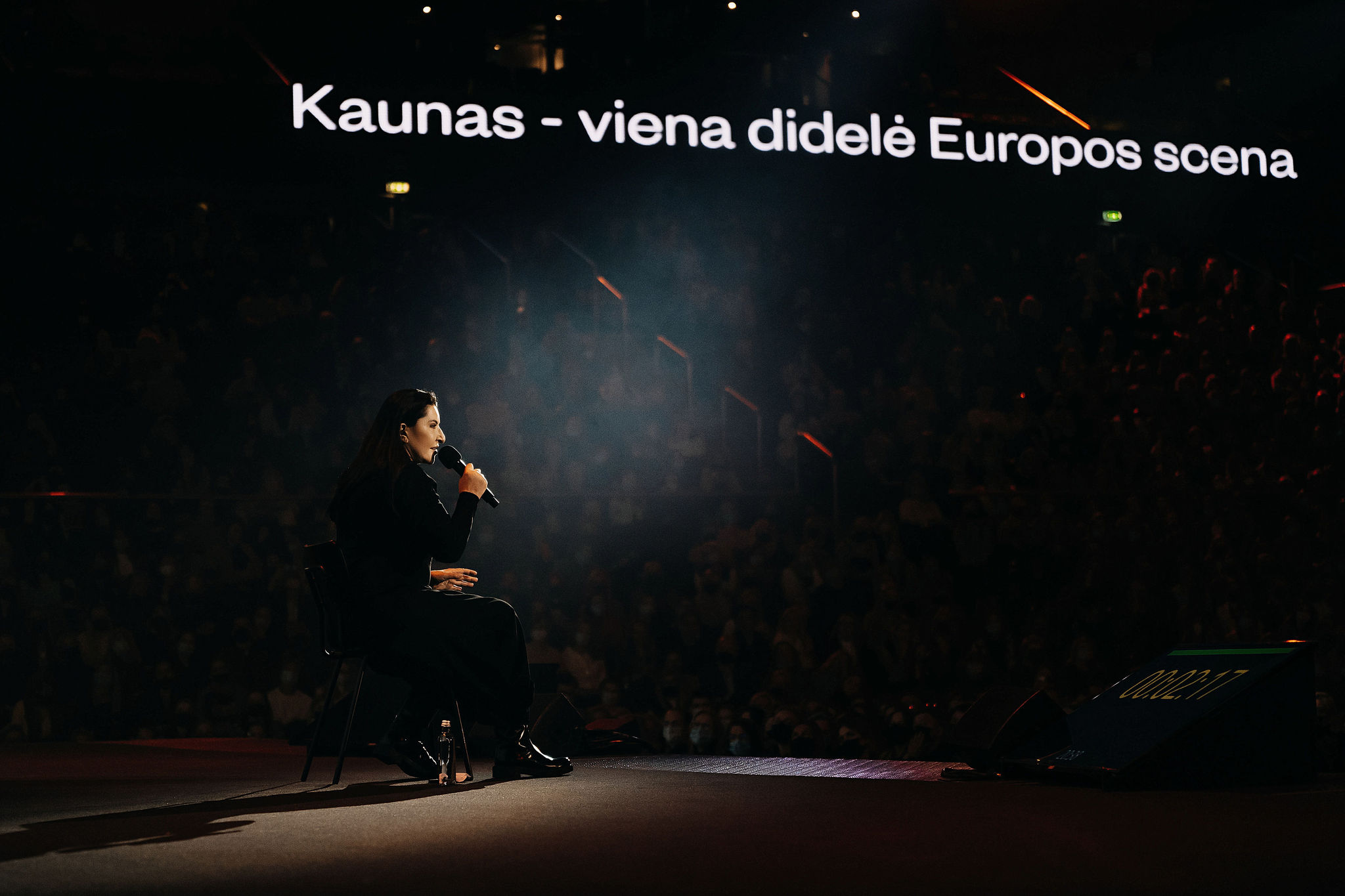
I am really glad that we brought the idea of a city trilogy, conceived by Rytis Zemkauskas, to life (after all, we could have just had three separate events). We hoped that the events’ ritualistic and recurrent nature would allow the residents to feel a certain sense of being at one with their city. If you participate in a shared happening with others, you feel as if you have been ordained. Those who have attended even a single one of the big events, I believe, feel as though they have travelled along a certain path. As though they have signed a contract with their city.
And the two million visitors – has this figure matched your expectations?
It’s hard to tell. We had no numerical target covering these several years. It was difficult to forecast the number of foreign tourists. And although we haven’t counted them fully yet, based on the pillow tax paid in the last 10 months, tourist numbers in Kaunas have caught up with those of 2019. These are pre-pandemic figures, which is the tourism sector’s ambition in every country. On the other hand, in our commitments to sponsors, we had set a target of one million people for this year. We exceeded this target by reaching 1.2 million. Besides, we had a large number of returning viewers – I have personally visited William Kentridge’s exhibition more than 20 times, and I’m sure I’m not the only such person. By December, this exhibition had been viewed by 37,000 visitors.
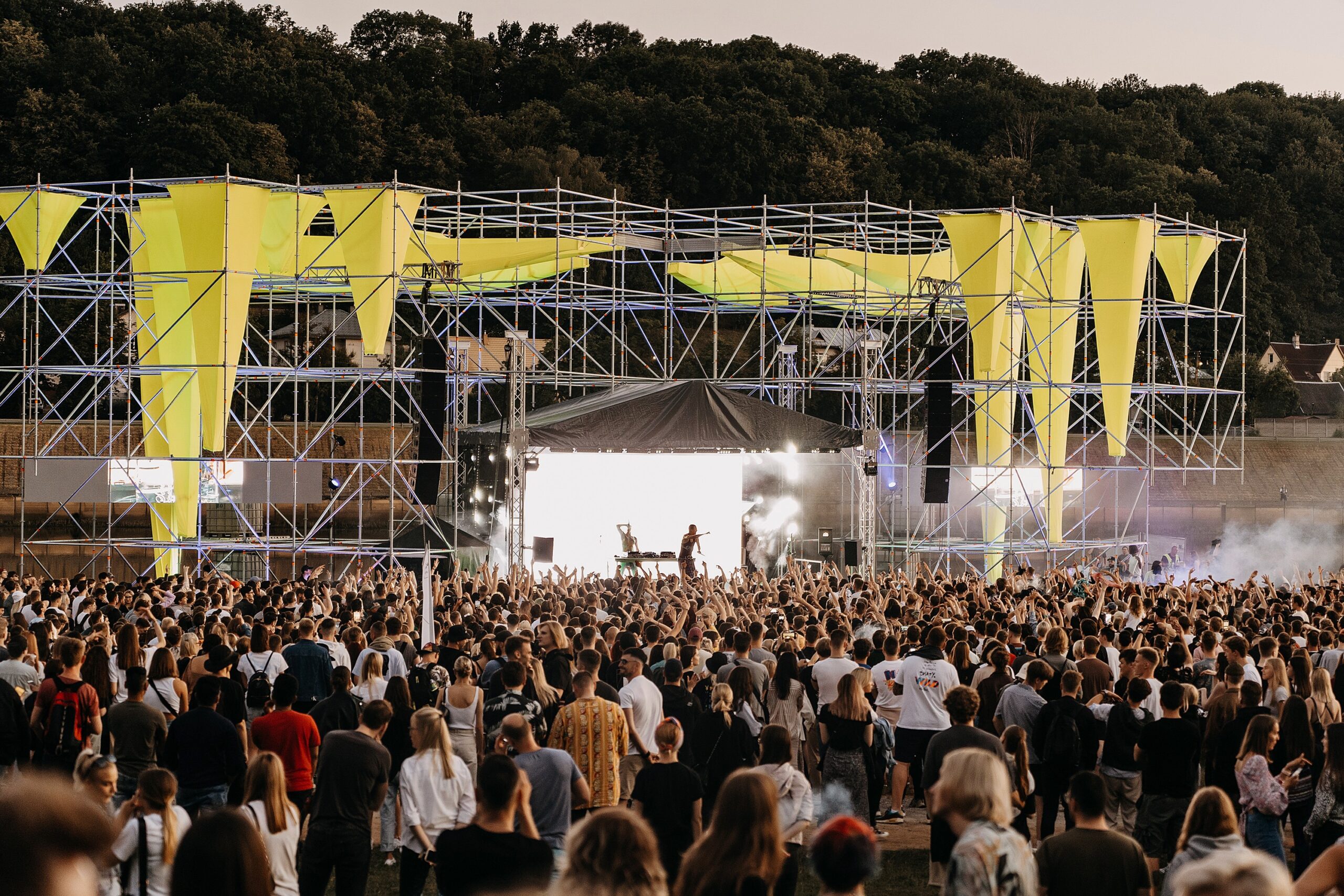
Audra, M. Plepio nuotr.Last year, you suggested that such names as Marina Abramović, Yoko Ono and William Kentridge would inevitably put Kaunas on the European cultural map. Maybe we are already on it? Or is it too early to tell?
A great way to measure how widely we have been noticed is through foreign media coverage. The programme was of particular interest to German journalists and TV crews; Kaunas was also filmed by Italian TV. As many as three half-hour programmes have been shown on prime-time television, focused not on our castles, best restaurants, traditions or other aspects relevant to tourists, but on the European Capital of Culture programme specifically. This is something unique.
Kaunas’s architecture was discussed through our programme’s conceptual lens, admiring not only our inclusion of architecture in the European Capital of Culture programme in general, but also the ingenious way we have utilised the narrative of inter-war modernism, encompassing the founders of the Art Deco Museum, the Capital of Culture’s concierges, and the hospitality programme. The new legend of Kaunas, the Memory Office’s programmes, and the way we have involved citizens in telling the city’s history were also introduced to wider audiences. We welcomed journalists from Latvia and Poland. Some of them visited Kaunas several times.
Foreign TV stations presented the AUDRA Contemporary City Festival, the central event of the youth programme, as something miraculous, as well as covering the CulturEUkraine Centre, and the William Kentridge exhibition, amongst others. This is a whole new level of international visibility. Kaunas was presented not as a conventional tourist destination, but as a cultural centre. We are very pleased with this. That is what we were aiming for.
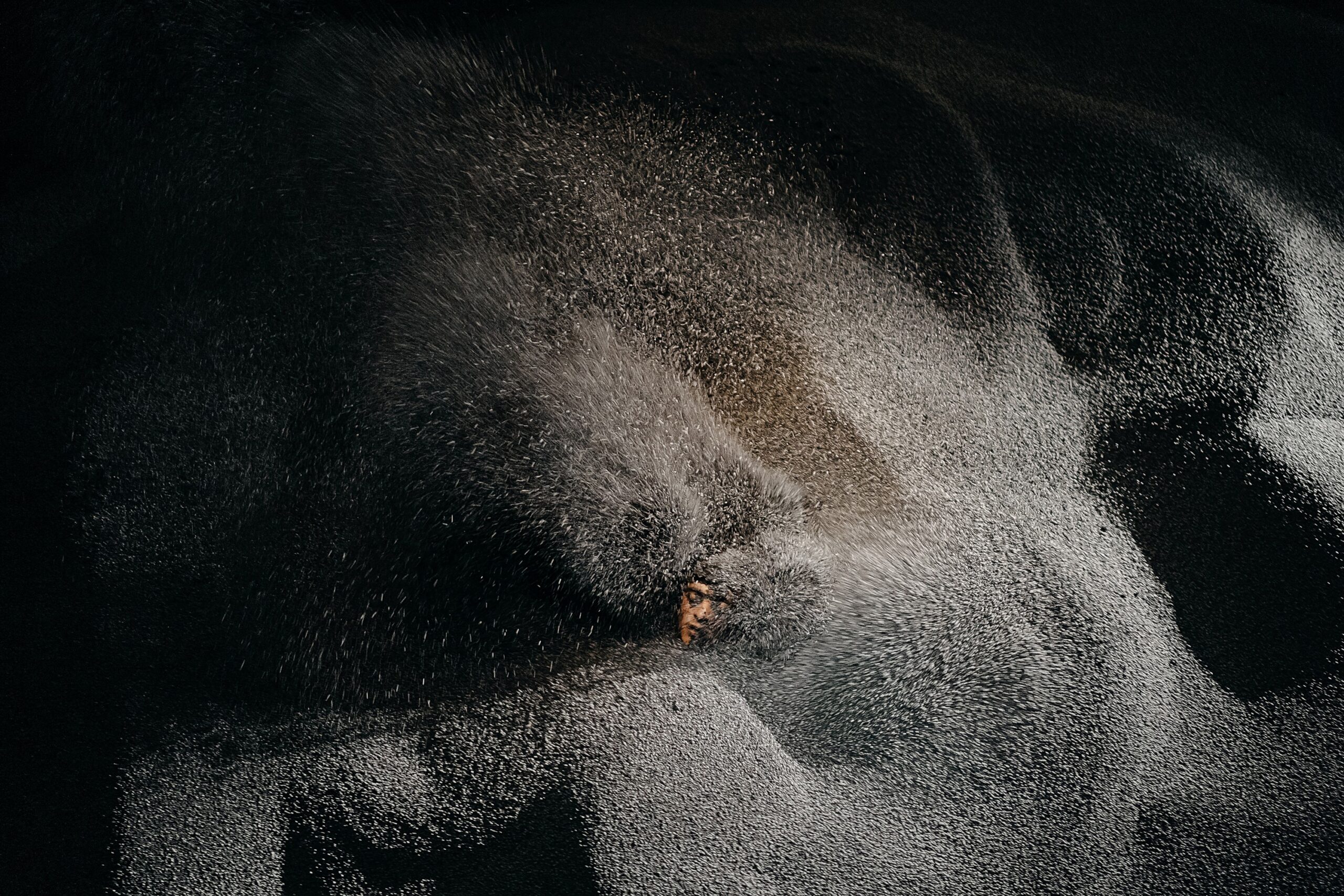
L'absolu, Contempo festivalis, M. Plepio nuotr.At the beginning of the conversation, you mentioned the change happening in cultural institutions. And how have Kaunesians changed? What is their attitude towards the consumption of culture, and towards their city today?
I hope that we are all more proud of where we live. Kaunas can no longer be considered merely a province. Of course, it would be quite sad if in five years’ time we went back to having very little culture. I would expect that we will see the real impact around that time.
But if we could maintain at least a tenth of the capacity of a European Capital of Culture, if we could have culture for at least a million euros a year... We would certainly be able to consume that kind of supply – it was actually impossible to take in everything that was on offer this year. Of course, there will have to be a change of mindset and we will have to pay more for culture. This year we were able to offer many events for free or at a significantly reduced price.
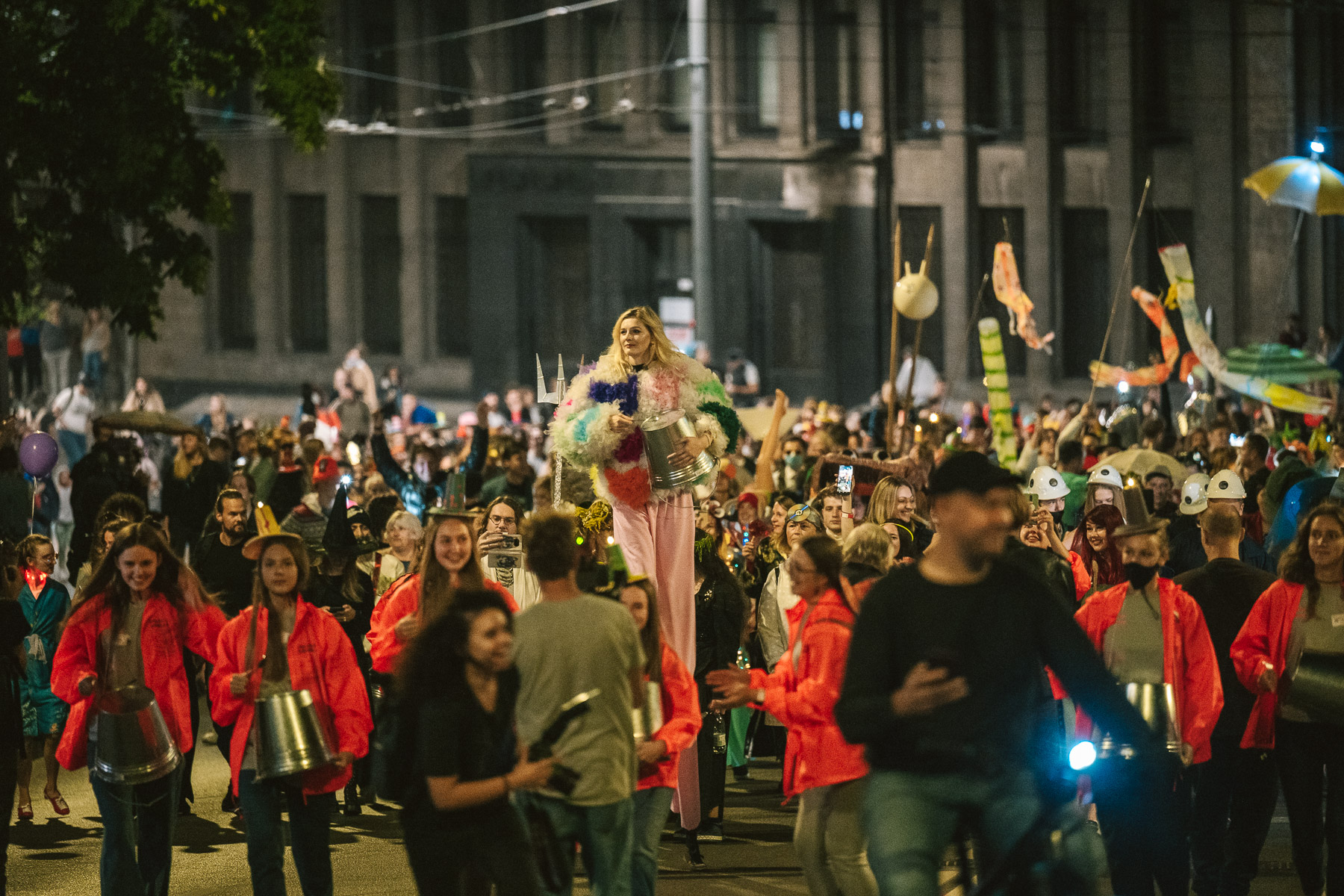
Do you see a change in the authorities’ attitude towards culture funding?
At the moment, we are in the process of planning next year’s budget. Kaunas District Municipality has planned for quite a solid amount of money going towards continuing many of these new initiatives next year. In Kaunas, the budget is still being planned, we are handing in our proposals. Since the city is quite big, a greater number of new initiatives have been launched – not only 12 new festivals, but also other activities – and it would take 600,000 euros more than last year to continue them. We will be able to assess the degree of political will soon enough. It would be great to see an understanding that culture adds vibrancy to the city and improves its reputation.
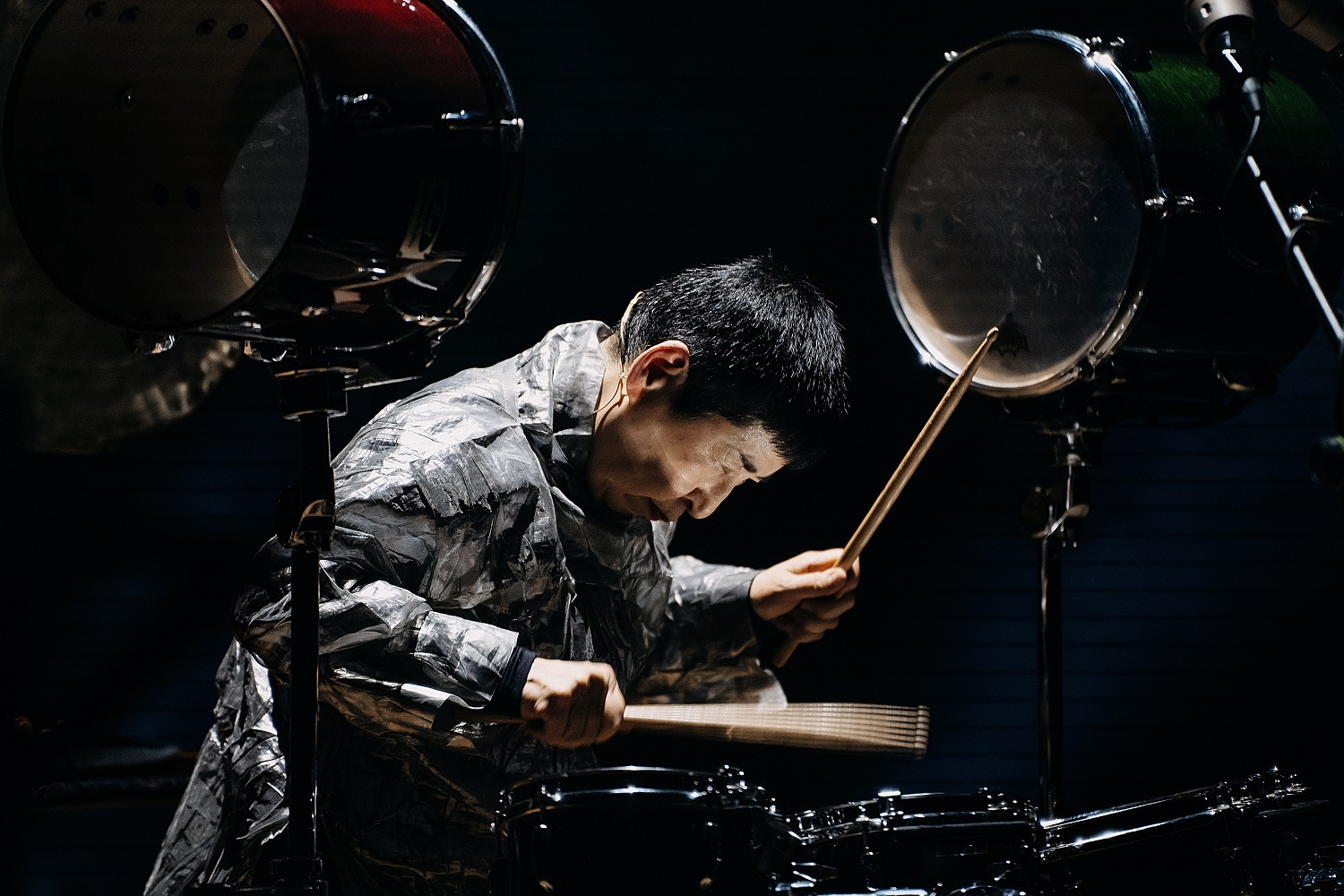
You also talk about long-term partnerships between cultural institutions. This seems to have been one of the strengths of the team you lead. Kaunas 2022 brought together around 12,000 representatives from the culture and arts sector. That includes artists who are usually considered individualists. How did you manage to achieve this?
People who have been involved in this project have taken it as a personal challenge. We all realised that this was a temporary mission, a project, a stage in life. We were running on a higher gear than we normally do when working in the same cultural institutions. Maybe we wanted to see for ourselves what we can do when we have more resources, for example, a larger budget. We often say that there is not enough money for culture, so we can’t do this or that. Now, we had all the right conditions, we had everything, so we could do what we had always dreamed of. I think that the “Meno Parkas” Gallery and its director Arvydas Žalpys have dreamt about hosting Marina Abramović’s exhibition ever since they were involved as partners in Marina’s 2019 exhibition in Poland. This year in Kaunas, he had the opportunity to host a great retrospective of this world-renowned artist. When you have a dream, you can achieve a great deal.
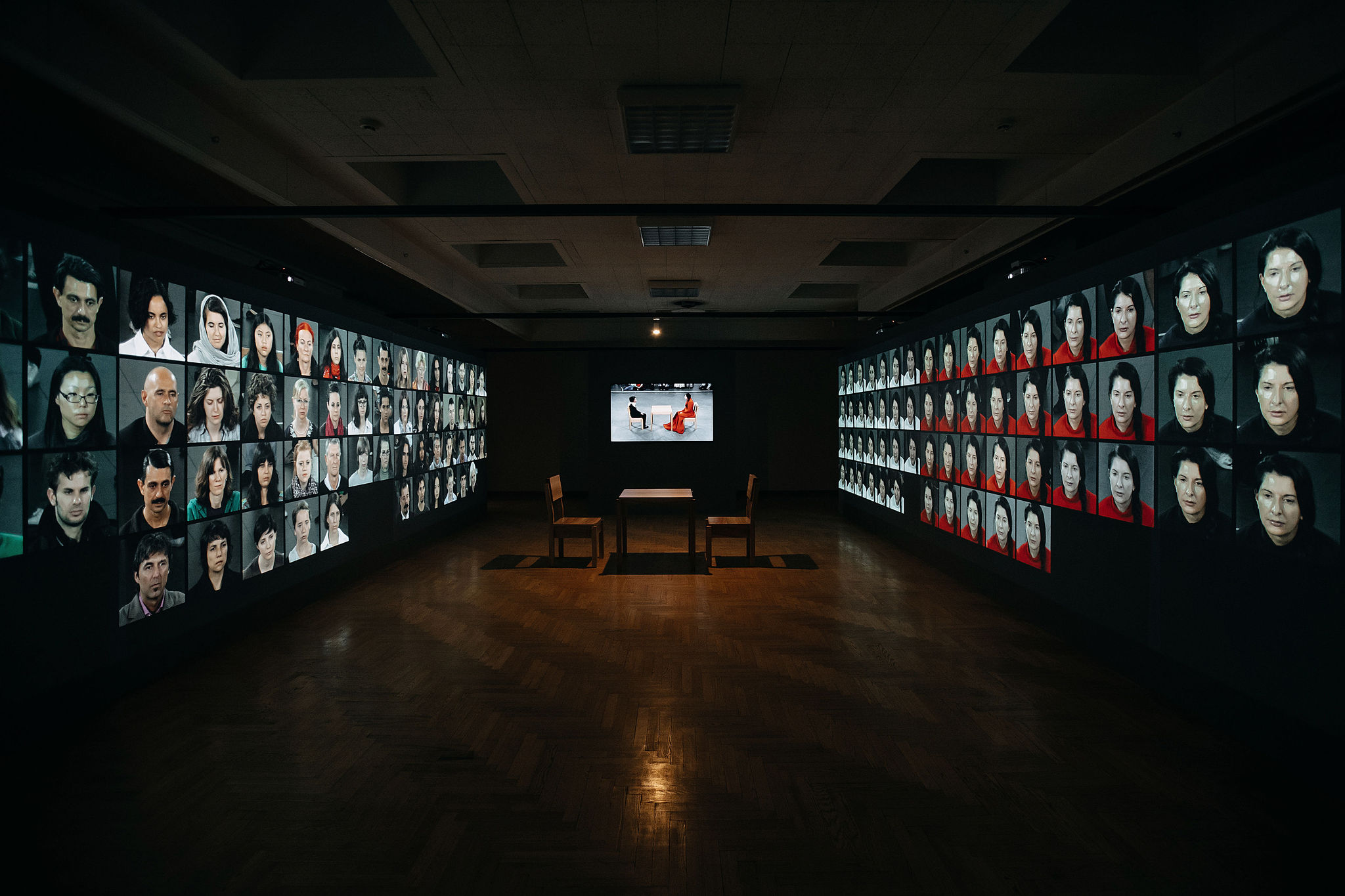
Your answer reminds me of the end of the hero’s journey cycle, discovered by the mythologist Joseph Campbell: once the hero, having faced the enemy, has defeated the enemy and himself, he returns with an elixir. That elixir is important not only for him, but for all the inhabitants of his world. What sort of elixir did the heroes of the Kaunas 2022 journey bring back with them to Kaunas?
In my view, we have all become more interested in our surroundings, both near and far. Today, we want to see not only the façade, but also what’s happening behind the front door. The people of Kaunas have started to appreciate not only modernist buildings themselves, but also their history and what is happening inside them today. We have begun to care more about our neighbours – what they are creating, and how they live. That heightened curiosity, that desire to know and to be engaged in life – could that perhaps be the elixir?
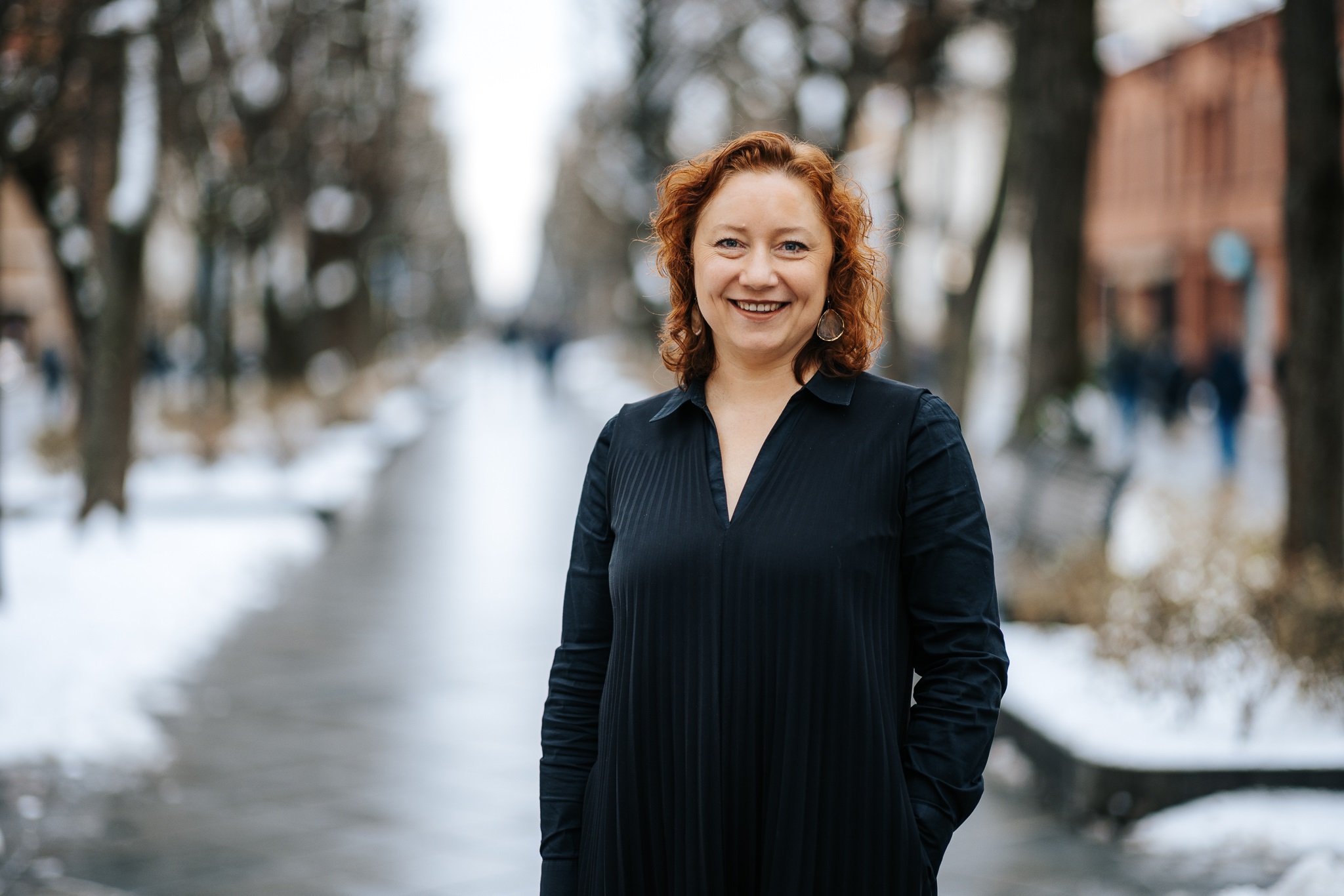
November events in Kaunas. What not to miss?
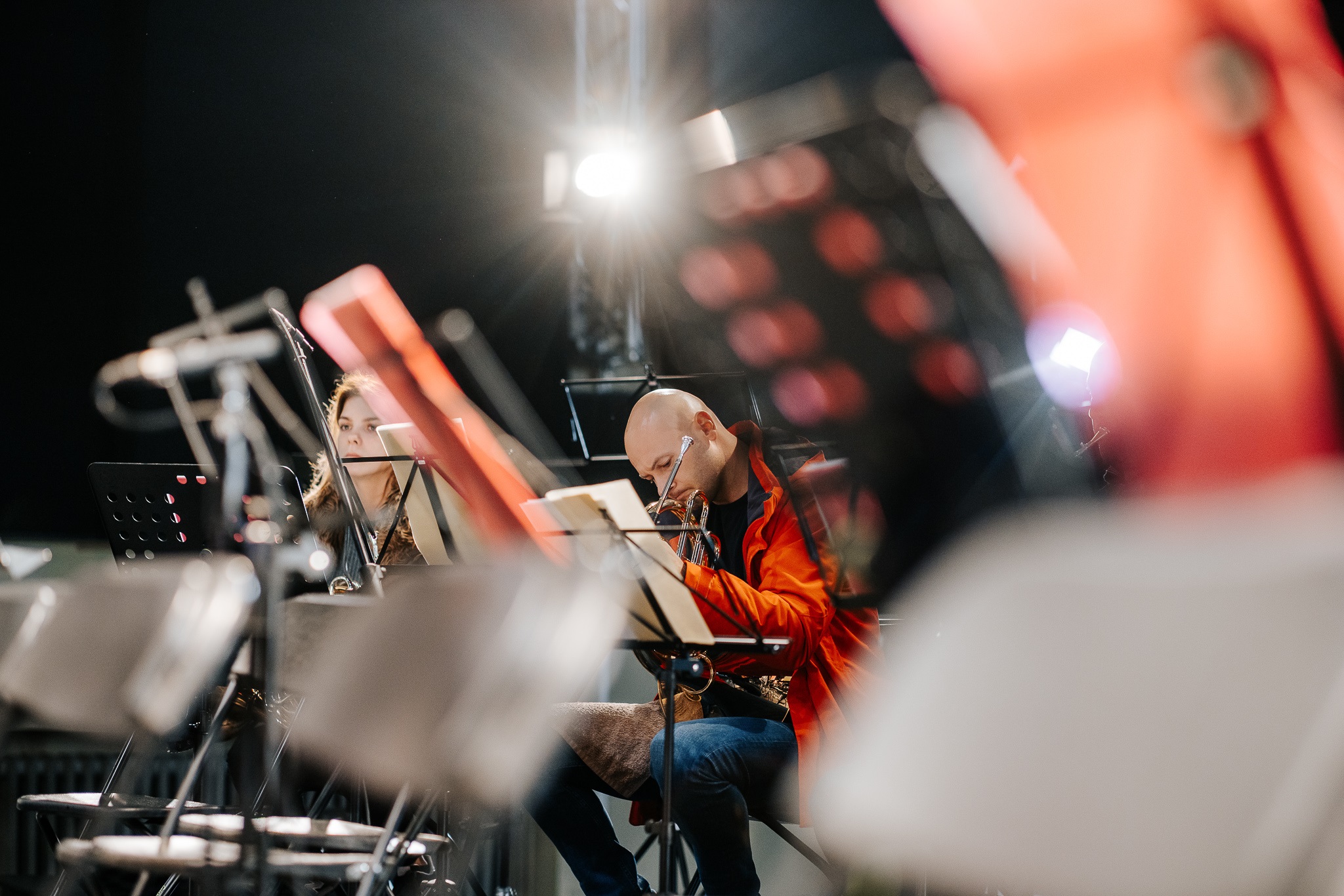
The last month of autumn in “Kaunas - The European Capital of Culture 2022” is marked by special experiences. New exhibitions, music and theatre premieres await in the city, while the final events of the month will invite you to immerse yourselves into a grand closing program “The Contract”. “Kaunas 2022” shares recommendations on what to see and what not to miss as the year of the European Capital of Culture draws to a close.
The triennial of Ukrainian contemporary art “Ukraine! Unmuted”
Already on November 4th, “Kaunas - the European Capital of Culture 2022” welcomes the 5th triennial of Ukrainian contemporary art “Ukrainian Cross-Section 2022. UKRAINE! UNMUTED”. The triennial will present an exhibition, a performance, public discussions and a book of essays. All the events attempt to disclose what Ukrainian art was and what it is now, letting the art speak for itself. This year, the main exhibition of the triennial will present 17 artworks by Ukrainian artists from Dnipro, Kherson, Kyiv, Kharkiv, Lviv, Odesa and Donetsk. The exposition will invite visitors to discover video works, installations and objects, paintings, graphics, and photography works.
When: Until December 4
Where: Kaunas Central Post Office
More information is available here.
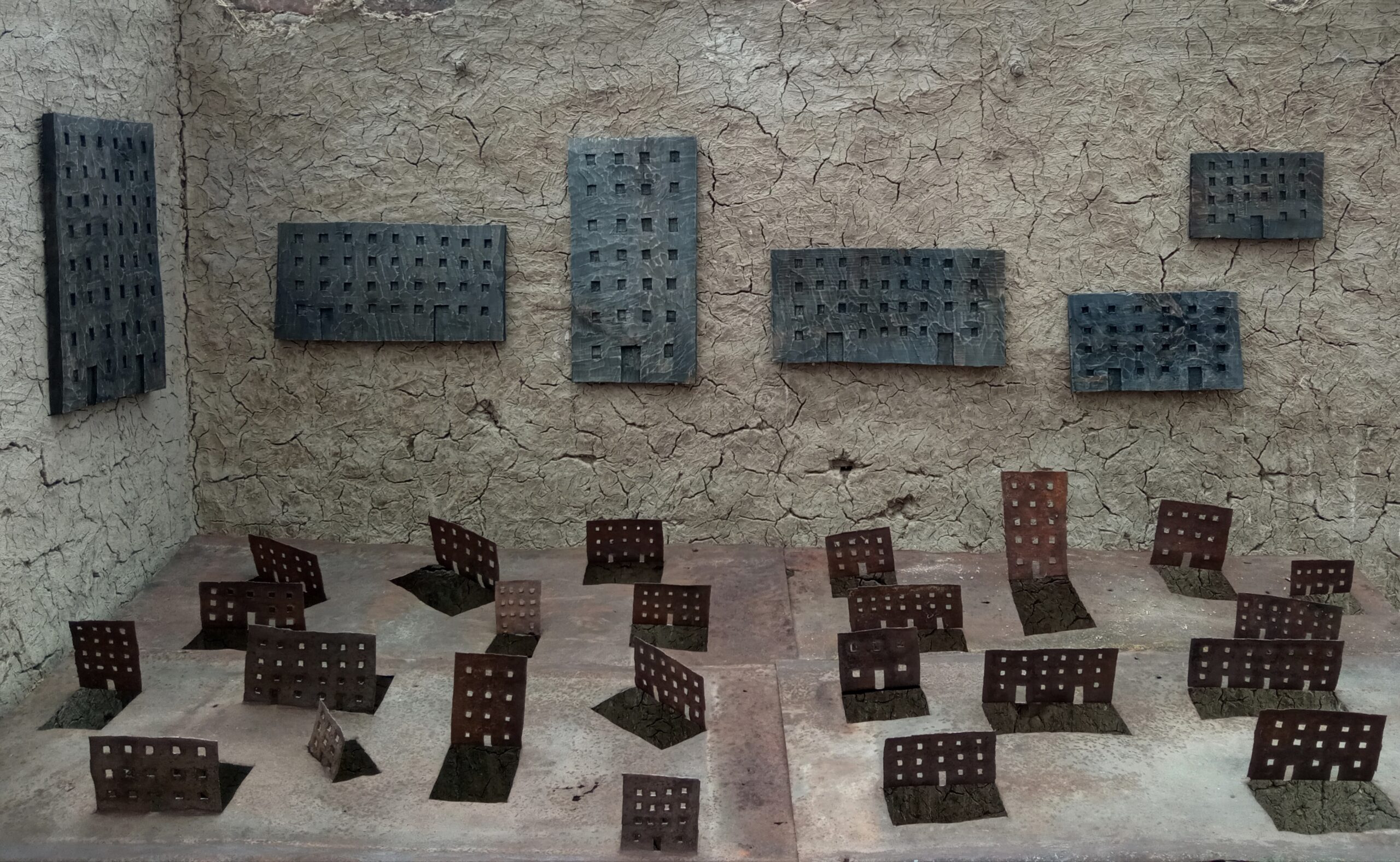
“Protecting Layer”, aut. Konstiantyn Zorkin“Carrying the Light”. Symphony dedicated to Chiune Sugihara
As a Japanese consul in Lithuania during World War II, Sugihara rose above the terror of the Nazi regime by risking his life and career in saving 6.000 Jews who were fleeing Europe. On November 5th, this story will be remembered in the language of music by Kaunas State Choir, Kaunas City Symphony Orchestra, cello virtuoso Kristina Reiko Cooper and conductor Konstantinas Orbelianas, who will present a special musical programme “Carrying the Light”.
When: November 5
Where: Kaunas State Philharmonic
Tickets are available here.
Exhibition „Working Class Heroes“
Freedom, power, money, and human rights – these are the universal themes explored by the first Work Museum in Luxembourg (MUAR/ Musée van der Aarbecht). In a rather contemporary way, the exhibition “Working Class Heroes” presents three working-class heroes Jean-Pierre Bausch (1891–1935), Léon Weirich (1878–1942) and Jean Schortgen (1880–1918). Personal stories of the people who created Luxembourg, a small country in the middle of Europe, raise relevant questions anew: who created your country, who represents your rights today, and how far have we progressed in the field of labour law?
When: Until 2023 February 23
Where: Kaunas Picture Gallery
More information is available here.
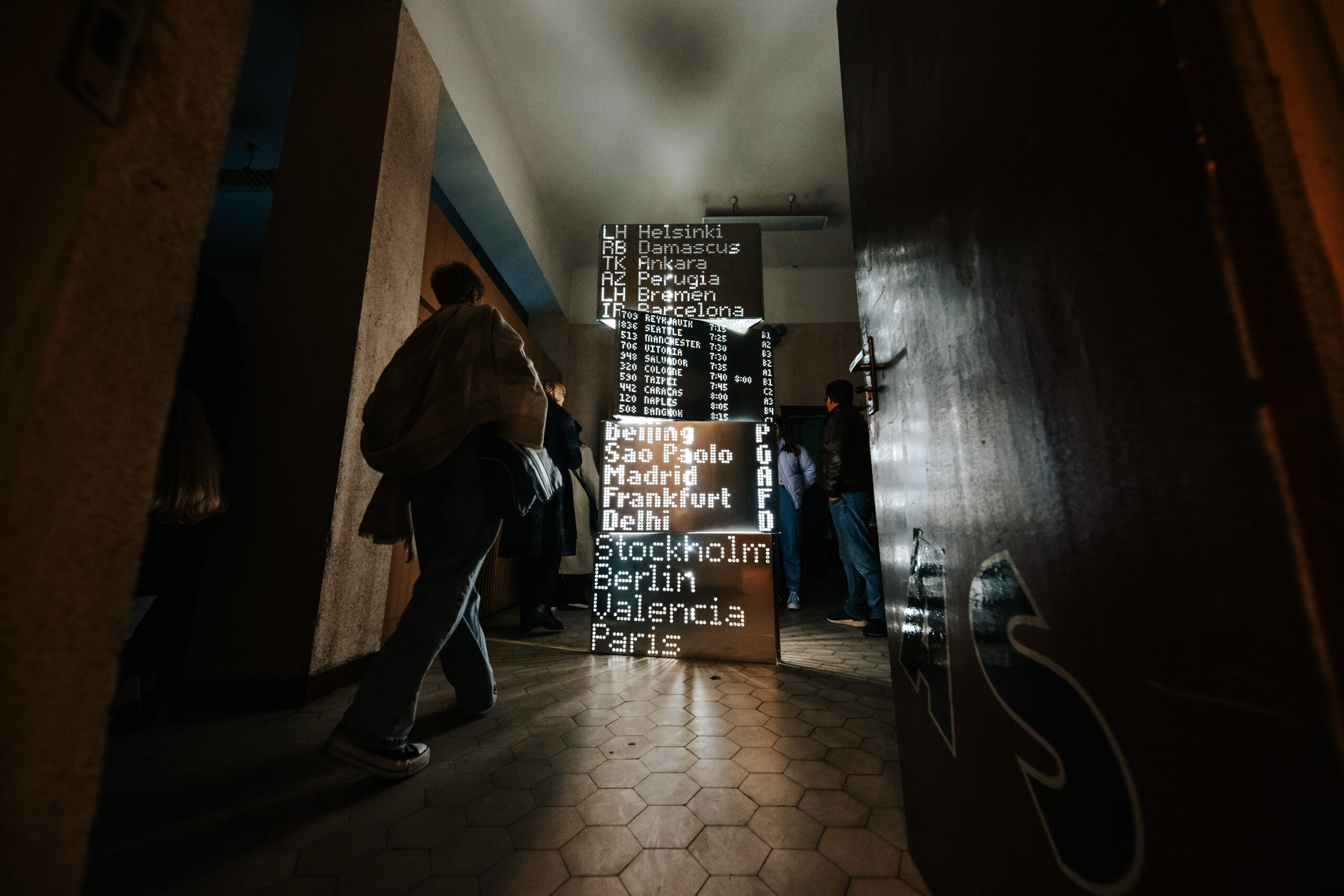
International symposium “The Idea of Europe”
The recent decades' geopolitical, international, cultural, and mental changes make it a pressing issue to ask again, what do we mean when we say ‘Europe’? European and world intellectuals, scientists, artists, and politicians will meet at the two-day event to answer this question. The presidents of Lithuania, Poland, Romania, Latvia, and Estonia will participate in the symposium. The symposium is under the patronage of the President of the Republic of Lithuania Gitanas Nausėda.
When: November 25-26
Where: Vytautas Magnus University
More information is available here.
The Assembly Kaunas
Performance the “Assembly Kaunas” is a joint creative project of the Kaunas National Drama Theatre and the documentary theatre Porte Parole (Canada). By using theatrical means, the project aims at creating a democratic dialogue on topics that greatly divide our society. During the creative process of the performance, the creative team invited 4 strangers with different ideological views to a dinner in which they discussed the topics greatly polarising our society. In the performance, you will see the re-enacted discussion: the actors will play real people, who have participated; their language will be authentic and not edited. The Assembly Kaunas is an aspiration to restore our faith in the possibility of change.
When: November 25, 27
Where: National Kaunas Drama Theatre
Tickets are available here
Yoko Ono’s retrospective exhibition “The Learning Garden of Freedom”
The Learning Garden of Freedom is a retrospective exhibition of Yoko Ono’s work organised in collaboration with Studio One in New York, founded by the artist herself, the Contemporary Art Centre in Vilnius, and the Kaunas Picture Gallery in Kaunas. The exhibition presents an overview of Yoko Ono’s works, including various creative periods and practices ranging from conceptual art and experimental films to spatial installations, objects, and performance art.
When: Until 4 December
Where: Kaunas Picture Gallery
More information is available here.

OSTRALE contemporary art exhibition. „Streams upstream“
The OSTRALE Biennale in Dresden is one of the largest contemporary art exhibitions in Germany, organized in non-traditional spaces, initially designed for purposes other than art. “Streams upstream” is the final OUT of OSTRALE event, completing the series of European cultural cooperation project “Flowing connections”. This is an exhibition about globality and all the nowness, unfulfillments and subtexts of this multi-layered phenomenon.
When: Until November 13
Where: Kaunas Central Post Office
More information is available here.
“Kaunas 2022” closing program “The Contract”
The journey of “Kaunas - European Capital of Culture 2022”, which has given more than 1,500 events and initiatives, is slowly coming to an end. At the end of autumn, the organizers are inviting you to the last adventure - the 4-day long year-closing program “The Contract’. November 24-27 Kaunas and Kaunas district will invite you to a free concert of the “Ten Walls”, numerous events, exhibitions, and the grand closing performance in the “Žalgiris” arena.
When: November 24-27
Where: Various places in Kaunas and Kaunas District
More information is available here.

Tebby Ramasike, who will perform at the Ninth Fort: “In ugliness there is beauty and in darkness there is light”
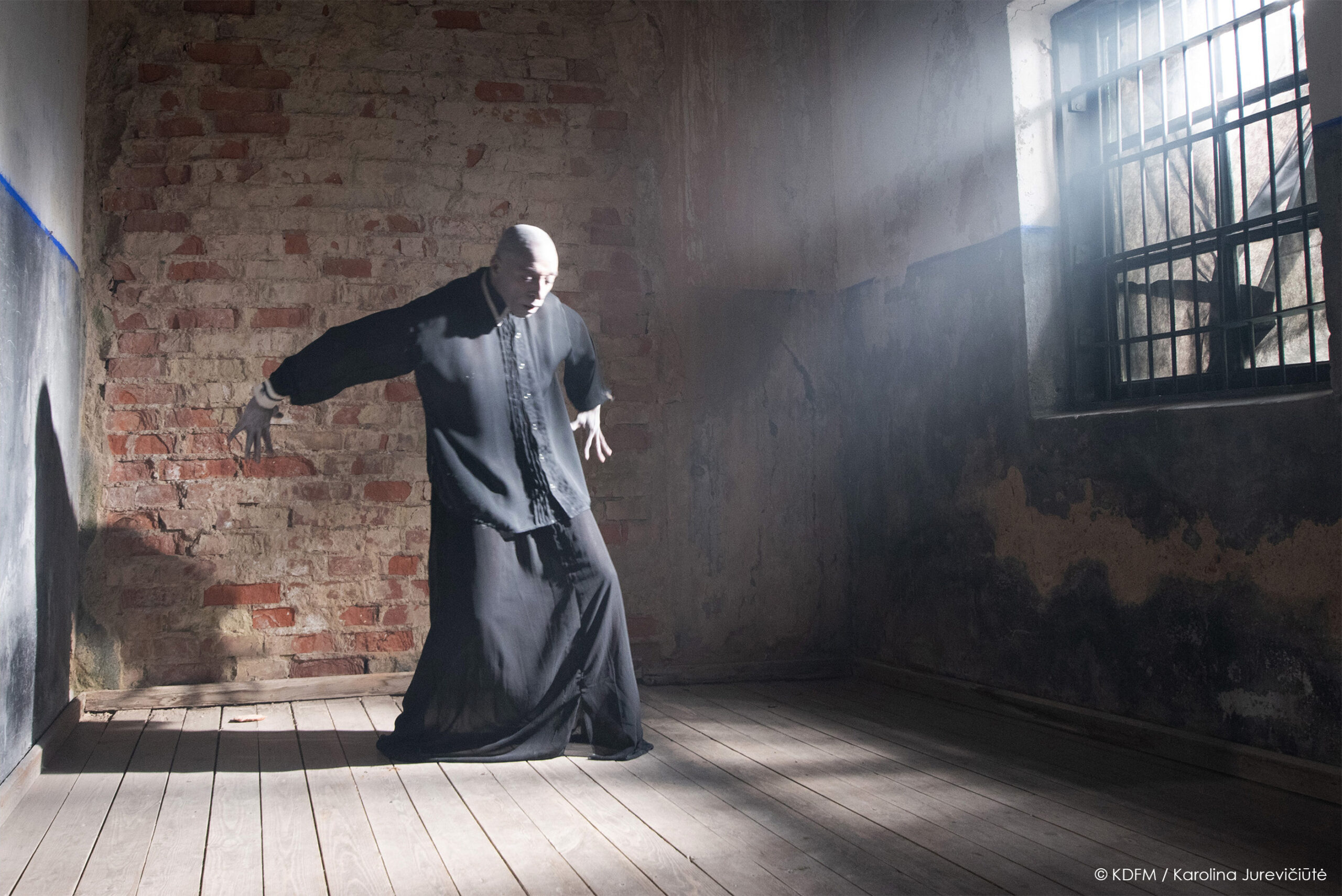
South African-born dancer and choreographer Tebby W. T. Ramasike has three decades of experience working on a professional stage. Ramasike doesn’t avoid drawing resources from painful historical events, which he combines with his personal experience and expresses in body language. On 24th of September, 2022, he will perform the performance “The Wreckage Of My Flesh” at Kaunas Ninth Fort Museum. In order to learn more about the performance, the dance in the context of traumatic experience, and the importance of remembering historical events, we invite you to read the interview with Tebby Ramasike.
The performance “The Wreckage Of My Flesh” is a part of the international project “ECCE HOMO: Those Who Stayed”, which is organised by Kaunas Ninth Fort Museum and Kaunas European Capital of Culture 2022.
On 24th of September, you will perform "The Wreckage Of My Flesh" at the Ninth Fort. First of all, I would like to ask you what impression and emotions did you have after visiting the Ninth Fort for the first time in 2021, during the preparation for the project?
That was quite an overwhelming experience. I saw pictures before that Bruce [visual artist Bruce Clarke] had shared with me, so I expected a different place. But when we were there, I just felt – Wow! At first, I didn’t know how to express it. I was so overwhelmed… I felt there was so much pain… There was a voice inside of me that was screaming out of pain, there was a voice screaming out of hope. It actually exceeded my expectations. I felt I was standing on a sacred ground. There was this intense and unique energy. It was not the structure of this place that actually caught my attention, but the surroundings, the environment, the trees around there... The trees became a representation of this symbolic nation of people that lost their lives there. There was the spirit that was living.
What was very interesting for me, is that I was not walking into a museum. I was not walking into an exhibition space. I was drawn into the living soul of humanity. Humanity that has been lost. I just connected with something there and creative ideas just flew immediately into my head. And I said, “I think I came to the right place. This is where I belong, this is what I wanna do.” My soul, my heart was pumping, and my spirit just wanted to live, wanted to grab, wanted to fly. It was so enriching for me.
Could you please shortly present your performance, which you will perform at the Ninth Fort?
I will go back to how the project started. In 2018, I was performing in a Butoh and Acousmatic Music festival in Paris. I happened to perform to Jacob’s composition. There was another Butoh dancer Denis, who was the original collaborator with me, but he unfortunately became very ill. He was performing to René’s composition. I was challenged by Jacob’s composition, which was short, complex and something that I’ve never dreamt of performing to. It was difficult, but during the performance everything just came together. I liked Denis’ performance and the composition by René. Then I said to the three of them that my idea is the four of us to be in the same space, we as dancers creating the dance, and you as composers composing at the same time. I proposed to them to collaborate, it was a small project for Amsterdam.
Then I started to develop ideas about the Holocaust and Apartheid. At the same time, I was writing a poem, and the title was “The Wreckage Of My Flesh.” This poem was inspired by seeing images of the Holocaust. I just put everything – the Holocaust images and the Apartheid images – together. At that time, I got very ill. I was hospitalised, I had 3 surgeries. I was in a hospital and all these images were coming back to me, and I felt like I was a part of that. My body was just disintegrating. I felt that my flesh was becoming wrecked, so I just said, “The Wreckage Of My Flesh.”
Next thing was – what do I do with this? What was the main focus in this project? Is it about the Holocaust? Is it about Apartheid? Or is it about me hospitalised and dying in my hospital bed? Being a Butoh practitioner, I’m always working a lot with the body. And I say – it was about the body.
When I saw my parents in South Africa after a long time, their bodies were deformed, changed. Then I started to think about the people in the extermination camp. When their bodies were put in these ovens, what happened? I started to think about people who were banned in South Africa. My very best friend from growing up – I saw him being tortured and burned, I saw his body… So, this was about the disintegrating body that is changing, that is being deformed.
Having experienced being in that hospital and fighting, affected me psychologically. It was a struggle. At the same time, I had to perform a piece. It was about dealing with the resistance to oppression, the resistance to the struggle. It was also about hope, about the fight against something, about resilience.
Thinking about these bodies as they were in the ovens or burning, I thought of the voice of their silent screams. I had this image of the body screaming. The body becoming the voice and screaming out. That voice became my inner self territory. For me, dance became my saviour, my healing notion. These voices in my head became like – “keep on dancing, keep on dancing and never stop to dance.” I had to dance to survive. I keep saying until today, if I didn’t dance, I probably would have kissed this life goodbye a long time ago. Dance has helped me to keep on going. Also, through dance, it helped me to resist. And never just stop and have that hope.
People ask if this piece itself is about the Holocaust. It’s not. And it’s not about Apartheid. Even though I’m drawing resources from this human history of horrific events that happened in the past (unfortunately, they are still happening now), it’s also about the social crisis that we, as human beings, are finding ourselves in. It’s a silent way of saying something with the body, bringing out that pain, bringing out that suffering, addressing something that many would not actually address, through dance being the voice of the people who have been silenced.
I decided in this piece to use the genre of Butoh, which carries the body’s resistance to gravity. For me, it’s a strong way of taking the body out of the comfort zone into an unknown territory. At the same time, it’s something about an inner freedom, which is experienced through Butoh or through the ritualistic dancing and even through electronic music, which also has its own way of resistance.
You have mentioned the Butoh genre. What thoughts and feelings do you have during the performance of Butoh dance? How does Butoh stand out from other genres?
It’s a transcendence into another world. I work a lot with spirituality, and I try to connect this with ritual dance and with my Butoh practice. For me, it’s always like a spiritual journey. I always have a feeling that I’m transcending from one life to the other. I’m transcending from the existence into the non-existence.
Butoh gives me this feeling of going into a deep subconscious world. I’m on a plain of that higher level of spirituality or maybe existence. But at the same time, I always have questions at the back of my head. Where are you going with this? Every question that I have raises a different feeling, a different thought. So, it’s never the same.
It’s still a growing thing inside of me. I cannot say I’m an excellent Butoh dancer or I’m a bad Butoh dancer. I’m a Butoh practitioner, I just practise. I developed my own concept of Afro-Butoh. I could say Butoh has actually enriched my dance career. I’m looking at dance and myself as a dancer from a different perspective, understanding my body, my thoughts.
How does Butoh genre stand out from the other genres? Well, the first thing, people are afraid of it. [laughing] When we talk about Butoh, they say, “Oh, is that one about ugly bodies and death?” It’s the way people respond to Butoh. People don’t want to deal with something that has to do with pain, suffering and death. Especially with death and darkness. I always say to people, in that ugliness there’s beauty, in that darkness there’s light.
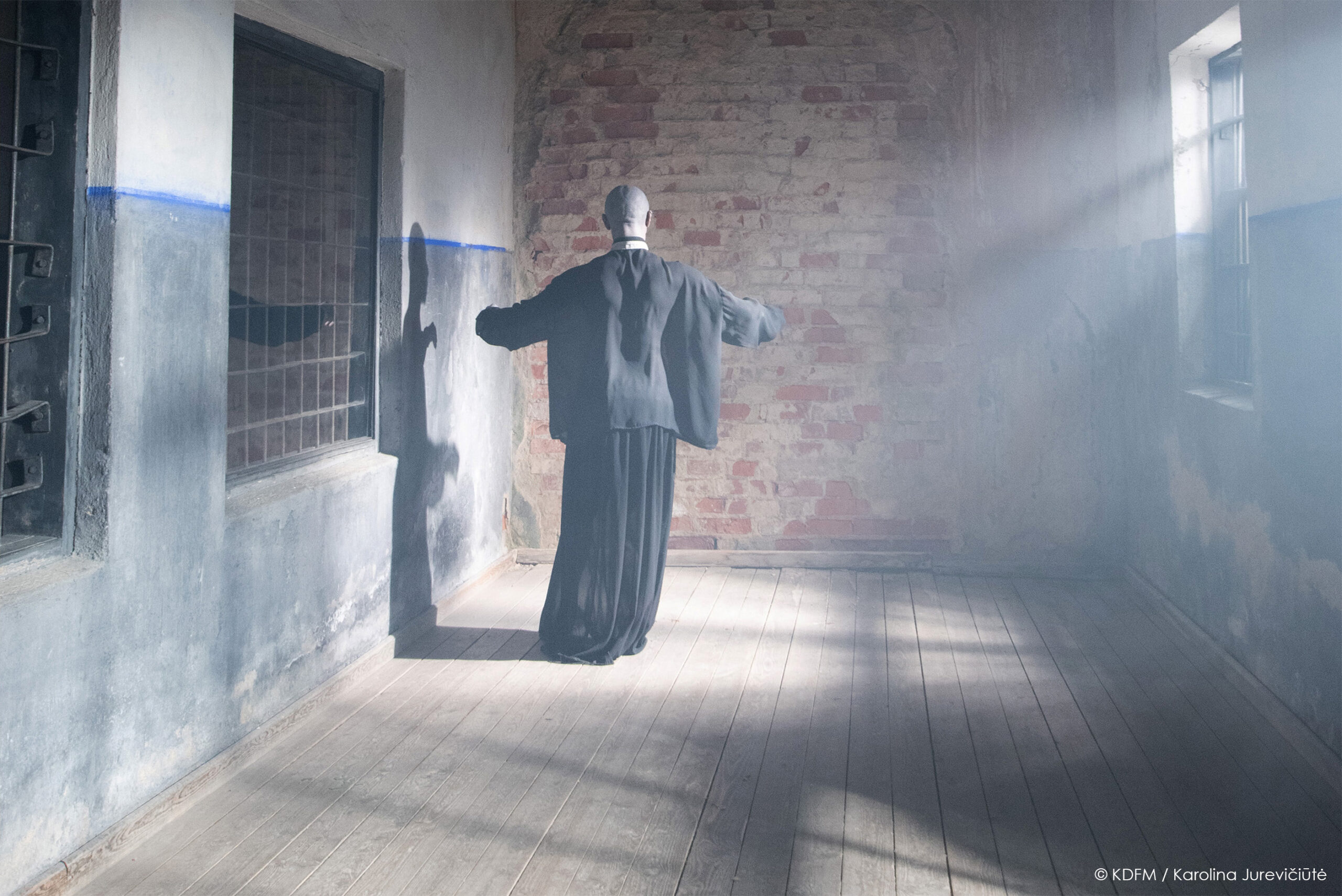
Let us pause for a moment to consider beauty, light, and dance – what, in your opinion, is the dance in the context of tragedy and traumatic experiences? A tool to empathize with other people's experiences? A way of healing?...
It’s not an easy question to answer, but I will try. If I look at it from the general point of view, it’s not that very easy, but for myself personally, it’s actually easy to work with dance and express traumatic or tragic experiences, because I dealt a lot with that. Even though people always say that I’m very happy, my world is actually tragic or traumatic.
I take a lot of people’s tragic and traumatic experiences into me, I listen to their stories. Sometimes I do make their stories my story. I basically put myself into their situation. When I start to do that, then sometimes I can create something out of that. Through dance it’s easier for me to express this. I also find that through dance it helps to heal myself. I could be caring so much and everything could be happening to me, but once I start to put this into dance, I feel this healing notion. As people have said to me, I’m bringing light into the darkness of their lives and I’m healing them. That’s why I’m always looking at my work from that spiritual healing notion.
One should not say, “Oh, my piece is gonna be about traumatic experiences.” I think if I start to say that, my dancers will rush out of the door. And I think if I tell the public that, they are not gonna come and see the performance. [laughing] It’s something that you keep into the work. A traumatic experience is not something that you put on the table just like that. It’s inside of somebody. Everybody deals with trauma in a different way. Every traumatic experience is on a different level as well.
In some of my dances, actually, I do express a lot of my traumatic experiences, which scares me at times. Then the problem becomes, what is the audience feeling when I go through a traumatic stage? Dealing with that through dance also helps me to release something, it heals me, it cleanses me. It’s like a ritual for me. It becomes like a ceremonial journey. Dance for me, and I think for many people, is healing, therapeutic. It’s a shame that many people don’t see it that way. They only see it as a hobby, as just dancing. They don’t realise that when you dance, there is something inside of a person that is happening. Dance brings joy, life, light, dance heals many people.
Let us go back to your performance at the Ninth Fort. An international team is contributing to it. Could you please introduce your team members?
I’m just gonna make a short introduction about them. I will start with René. René Baptist Huysmans is from Amsterdam. He is a composer and sound artist. He specialises in collages of electronic sounds and field recordings.
Jacob Elkin is from New York in the USA. He is a multi-instrumentalist. He is teaching at the United Nations International School and he is a specialist in electronic microtonal music. Don’t ask me what that is… This is why his music is very complex. All these terms… It’s not the same electronic music that we know. [laughing]
Denis Sanglard was the original member of the team, but because of health problems, he couldn’t continue with the project. He’s a Butoh dancer and an actor. He’s still very much involved in the piece, but more like on the sideline, as a coach or just giving feedback.
And then we have Ellen Knops, who is from Amsterdam. She is our lighting designer, and she loves to improvise and play around with the location. She’s the person who goes to a location and sees what the energy of the location is and what it gives her to do with the lights. She worked on many of my productions. She’s a fantastic person to work with.
Then we have Anne Oomen. She’s from Noord-Brabant. She’s a Dutch fashion textile designer. She specialises in silk. She works a lot with dancers, with movement. She was also a dancer herself as well. She translates a fascination for dance into the smooth movement of silk. Her work is very interesting to see on the body of the dancer. That’s also why I chose her. For many years we wanted to work together, this is finally the first project. She gets her inspiration from abstract painters and modern artists.
And then we have Elizabeth Damour. She’s from Paris. She’s a French Butoh performer, psychotherapist. She enjoys sharing, transmitting and connecting with the continuous development process. She works with young people as well. Elizabeth actually first joined the project as my assistant, not as the dancer. Then eventually, when Denis couldn’t continue, the only solution was Elizabeth.
Now we have Zo Fan. She’s an external artist in the project. She’s actually Bruce’s assistant. She was suggested by Bruce to be our videographer. She’s from Singapore, but she lives in Paris. She’s a film director, photographer and videographer.
Many people contributed to the project as well. It’s not only us; there are other people who are involved from the outside.
Your performance will be closely related to the exhibition by the artist Bruce Clarke exhibited at Kaunas Ninth Fort Museum – the dance will be performed in its background. What is the relation between the exhibition and the performance? How do they complement each other?
It’s interesting, because I didn’t know Bruce in the beginning. Frank [Frank Schroeder, the director of the National Museum of Resistance and Human Rights] knew my work and he knew Bruce, so he had invited Bruce to do the exhibition [in Luxembourg]. But I think when he saw Bruce’s work, then he saw me. The first time I saw Bruce’s sculptures, it was like: “Where did you find me?” [laughing] I also saw myself. I think it became like an instant connection.
What actually attracted me to Bruce was his background, which was like born in the UK, having a Jewish family, and [relations] with Lithuania, and the family in the Holocaust, and living in South Africa, being part of the Apartheid struggle. Then I saw his works and I was totally seduced. I wanted to know more about his works and I started to have ideas. What also grabbed me was his work in Rwanda with the genocide. I was just thinking, “These all are traumatic. These tragic situations that brought up a lot of trauma in people’s lives.” And I liked this because this was Tebby. [laughing] So, I thought, “I’m not going to have fear of actually trying to relate to his work. I’m just going to be an open book.”
In the past, I used to have artists that I would dance what they have painted or their sculptures. But now it’s different. We try to tell our stories in a different way and yet complement each other. What we also decided to devise, is this inter-dialogue between me and these sculptures, how I use them, because they have to be another performer.
This is something very interesting about the Ninth Fort Museum, it’s something that actually came to my mind: if we have these sculptures of Bruce and I’m relating to this installation and leaving the space, what happens? My idea is that you build up this relationship with these sculptures and you leave, and that relationship should still stay there even if my physical body is not there. It should stay within those sculptures because they’ve been part of the performance. It’s something that is possible because I always have this thing that an energy, that has been established, even when you leave the space should stay. I mean, when I went to the Ninth Fort Museum, even when I left, I could still breathe that energy.
What happens to me? This is another thing, the relationship between the installation and the dance. What happens to me as I dance with those sculptures, as I connect to those sculptures? What happens to me afterwards when I leave as a dancer? Do you just leave and then forget about them? No. I could choose to do that, but I don’t want to do that, because they are alive. It’s a major piece of artwork, so very important. I really have found something powerful in Bruce’s work that can actually enrich the dance.

Finally, the last question – why, in your opinion, it is important and necessary for today's person to remember traumatic experiences such as the Holocaust?
What happened in the past and what happened during the Holocaust is building our future. It’s part of our history. Whether you are Jewish, whether you are African, whether you are European... It’s part of us, it’s not only part of the Jewish community. It’s part of the world we live in. And, unfortunately, what happened during the Holocaust is actually coming back – it’s happening now. Even on a different scale, even in a different way… But I see it growing. I see it coming back in France: the nationalists are coming back. Then there’s Putin. He wants to be the master race, like Russia has to be the master race again as Hitler wanted Nazi Germany to be the master race.
Of course, people don’t want to deal with trauma, they want to distance themselves from the Holocaust. It was not a tragic story, it was really traumatic, something that kills the spirit of humanity. To be able to keep that as a memory is to believe, to understand it and to put it in that place of importance. It’s not just an event that happened and you leave it behind. It’s an important event in our historical lives as human beings. And it's really necessary for the generation now, our generation in the past, the generation in the future, to understand it, to remember it, to know that it happened. Because it will happen. We have already been saying that history repeats itself.
I just hope that the world will open up, believe, and finally say, “We understand,” and stop being in denial. The Holocaust did happen, traumatic experiences that people have gone through have happened and we cannot deny that. It’s a shame, because that denial is actually bringing up a lot of violence, which is scary.
The interview was prepared by Henrika Kryževičienė
The performance “The Wreckage Of My Flesh” by Tebby W. T. Ramasike will be performed at Kaunas Ninth Fort Museum on 24th of September, 2022. More information about the event can be found at Kaunas Ninth Fort Museum website: www.9fortomuziejus.lt/?lang=en
The project is a part of Kaunas European Capital of Culture 2022 programme.
The project is implemented by Kaunas Ninth Fort Museum and Kaunas 2022
Information partners: LRT, “Kauno diena”, KB “Katos grupė” | ACM
Partners: National Museum of Resistance and Human Rights (Luxembourg), Esch 2022
Kaunas School of Arts celebrates its centenary: invites to an exhibition and international conference
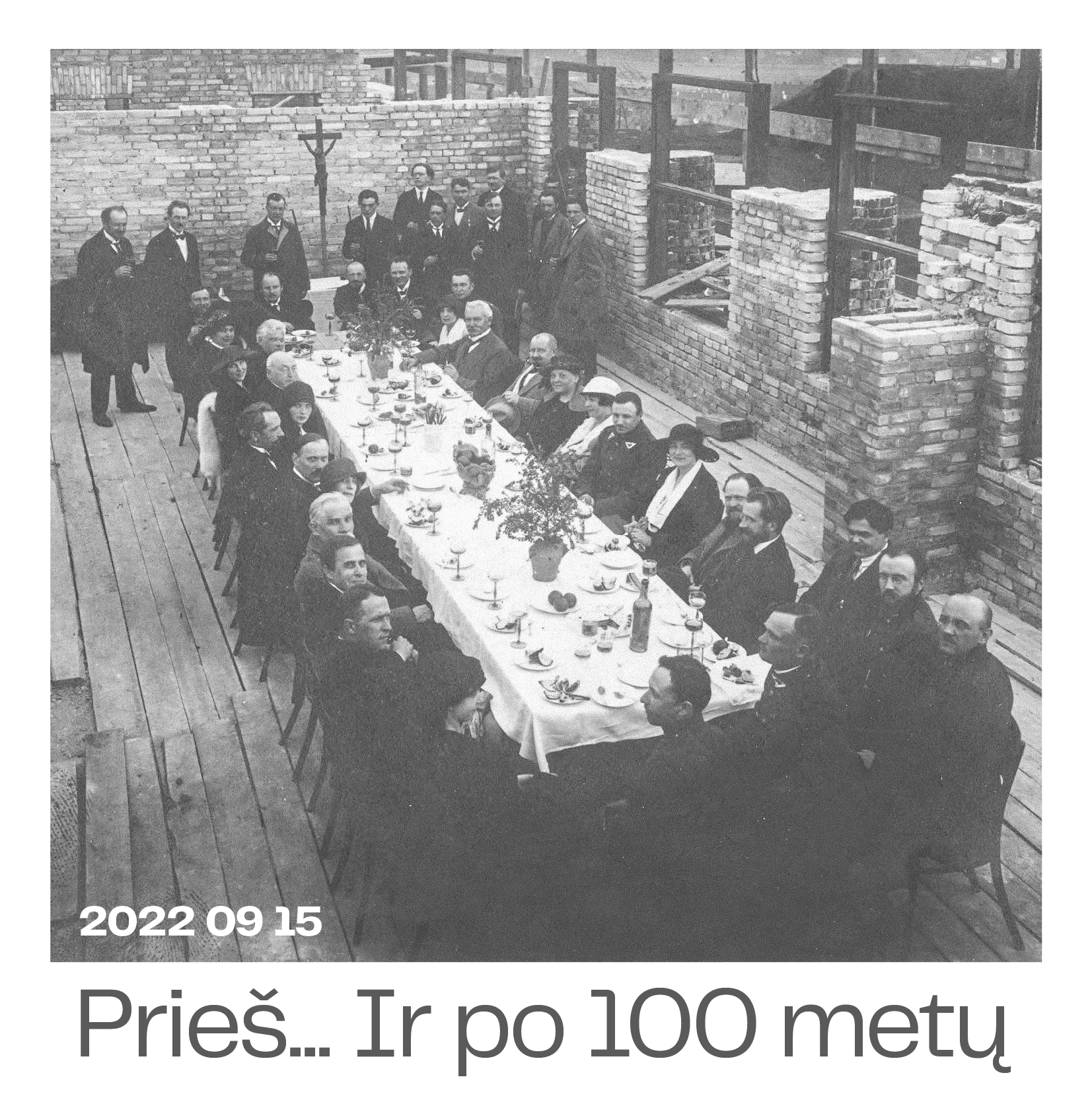
Kaunas School of Arts celebrates its 100th anniversary in 2022. To mark it, the international scientific conference “Art for a Modern Country in a Modern City” and the supporting exhibition “Before ... and after 100 years” will also be part of the events of Kaunas European Capital of Culture 2022.
The occasion marks the importance of higher studies in fine arts for modern art culture and the impact on the subsequent development and transformation of that culture.
The international scientific conference, dedicated to the anniversary, invites the participants to explore the significance of art studies for modernity; highlight their links with the processes of formation of modern states and cities, and discuss the historical, current and future state of education in fine arts and its relevant issues. It is expected to reflect on the history of the Kaunas School of Arts, its origins and evolution in the context of the city’s historical, political or economic changes and reveal parallels with other European art schools of the first half of the 20th century and the modernist movement in a new way. The conference also aims to highlight the activities of the personalities who founded the School and studied here – artists, pedagogues, architects, and art historians – and the links between their creative work and the local, national and global context of fine arts and reveal the origins and continuity of the traditions of the Kaunas School of Arts.
Conference dates: 15 September, 9 a.m. – 5 p.m. and 16 September, 9:30 a.m.- 4 p.m.
Venue: the National M. K. Čiurlionis Art Museum, Music Hall (V. Putvinskio Str. 55, Kaunas).
Conference speakers: Prof. Dr habil. Antanas Andrijauskas (LT), Prof. Dr Stanislavas Mostauskis (LT), associate prof. Dr Ramutė Rachlevičiūtė (LT), associate prof. Dr Aušrinė Cemnolonskė (LT), Dr Stella Pelše (LV), Margus Meinart (EE), Dr Theodor Liho (BG), Yaroslav Kravchenko (UA), Lina Mumgaudytė (LT), associate prof. Dr Aušra Vasiliauskienė (LT), Rūta Marija Purvinaitė (LT), associate prof. Dr Inese Sirica (LV), Šelda Puķīte (EE), Dr Lijana Natalevičienė (LT), Prof. Dr Raimonda Simanaitienė (LT), Dr Aistė Dičkalnytė (LT), Daina Zozaitė (LT), associate prof. Dr Odeta Žukauskienė (LT), Dr Vilma Gradinskaitė (LT), Vaida Sirvydaitė (LT), Lina Hall (LT), Ilona Mažeikienė (LT), associate prof. Dr Rasa Butvilaitė (LT), associate prof. Dr Lina Preišegalavičienė (LT), associate prof. Dr Vaida Almonaitytė-Navickienė (LT).
More information about the events is available here.
September in Kaunas – world renowned names, premieres and exhibition openings: what not to miss?

Autumn’s first month is once again inviting us to return to cinema, theatre, and concert halls. September also brings a host of European Capital of Culture premieres, from the launch of the modernist film Folds (Klostės) to the long-awaited Kaunas Cantata and the opening of Yoko Ono’s exhibition. Kaunas 2022 is pleased to share their recommendations on what to see and what not miss in the autumnal city.
Yoko Ono’s retrospective exhibition The Learning Garden of Freedom
The Learning Garden of Freedom is a retrospective exhibition of Yoko Ono’s work organized in collaboration with Studio One in New York, founded by the artist herself, the Contemporary Art Centre in Vilnius, and Kaunas Picture Gallery in Kaunas. The exhibition presents an overview of Yoko Ono’s works, including various creative periods and practices ranging from conceptual art and experimental films to spatial installations, objects and performance art.
When: 10 September – 4 December
Where: Kaunas Picture Gallery, K. Donelaičio St. 16
See here for more information.
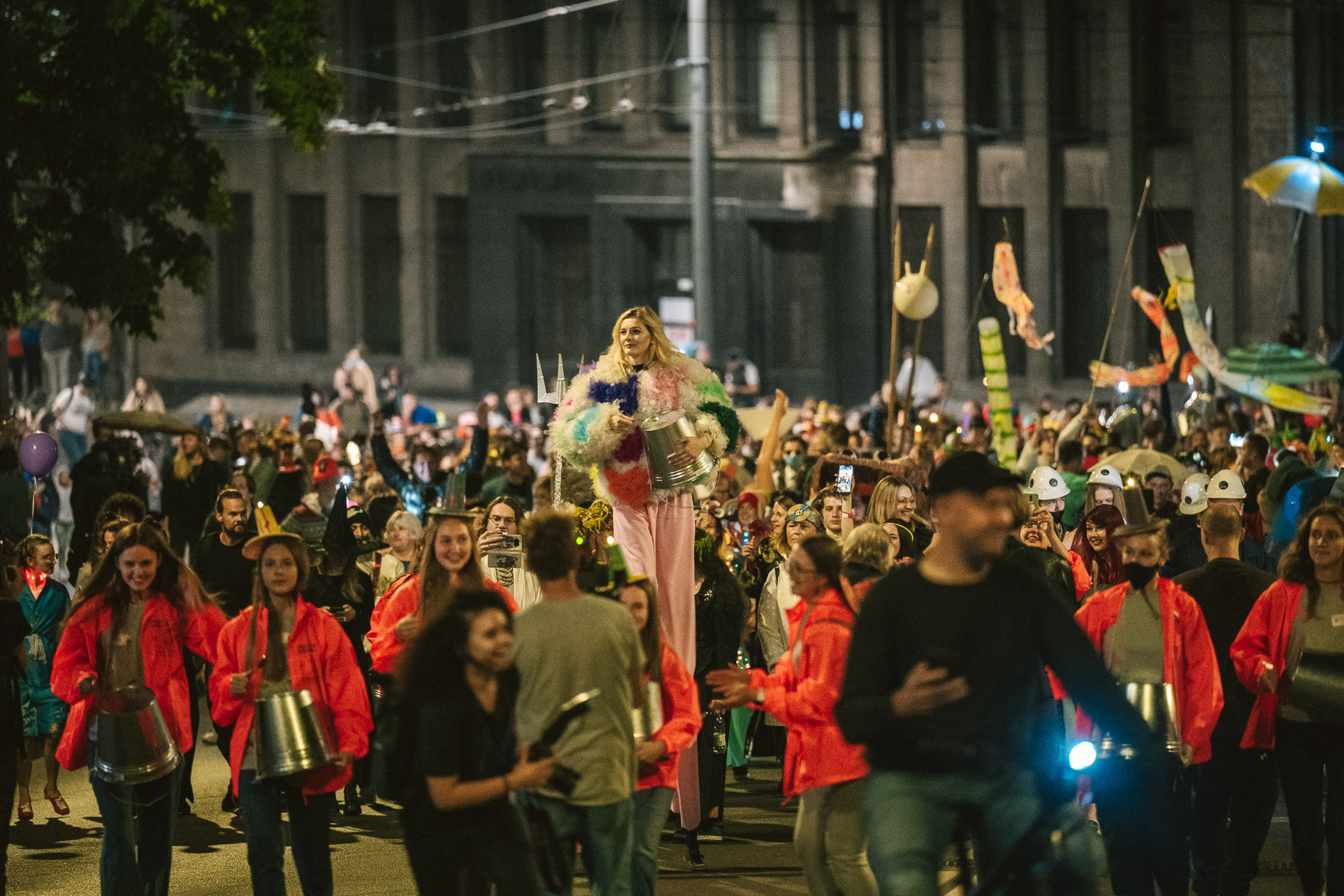
Fluxus Festival
On 10 September, Kaunas welcomes a return of the Fluxus Festival, organized by the Kaunas 2022 community programme Fluxus Labas. A festival that has become a tradition in the city will, this year, evolve into the biggest event of its kind ever. Expect the unexpected in original performances by Lithuanian and foreign artists who love to smile at life as well as the flamboyant climb up the Parodos Hill, the highlight of the festival.
When: Fluxus Climb – 10 September, 10 p.m.
Where: Parodos Hill
See here for more information
Litvak Culture Forum by Kaunas 2022
On 29–30 September, Kaunas 2022 will invite Litvaks scattered throughout the world to return, even if only briefly, to their ancestral land and gather at the Litvak Culture Forum for Kaunas residents and visitors. Over several days, this event will feature a rich cultural programme and discussions with renowned artists, researchers, and cultural figures, and is open to everyone interested in the city’s history. Guest speakers include: Prof. Antony Polonsky, Prof. Peter Salovey, Prof. Tsvia Walden, artists Michael Shubitz and Bruce Clarke, and many others. Patron of the Forum – Prime Minister of the Republic of Lithuania Ingrida Šimonytė. Honorary patron – Prof. Liudas Mažylis
When: 29–30 September
Where: Great Hall, Vytautas Magnus University, S. Daukanto St. 28
See here for the full programme.
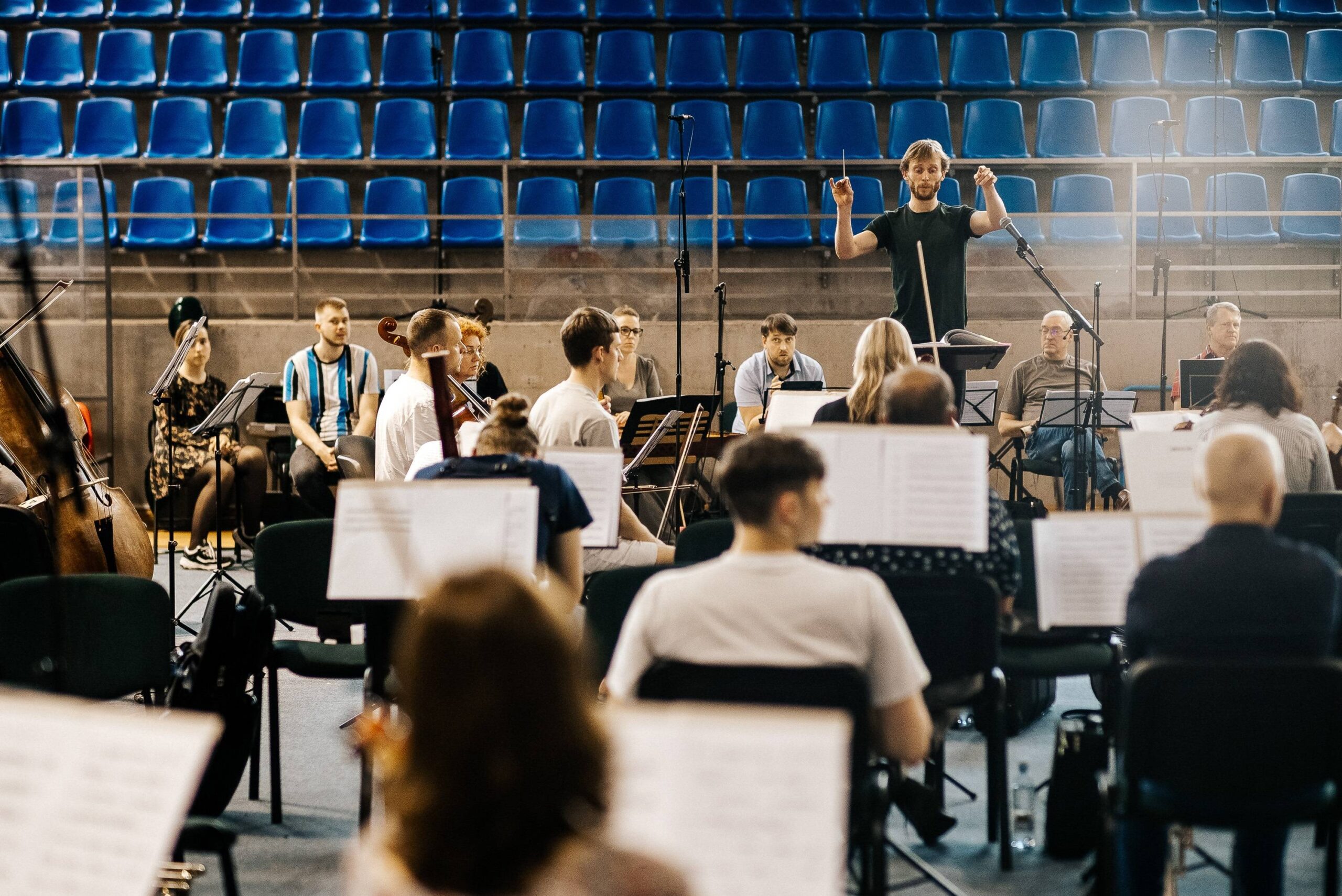
Kaunas Cantata
An extraordinary immersive musical experience, created especially for Kaunas and the people who love it. Composer Philip Miller and visual artist Jenny Kagan, together with Lithuanian music performers, will invite the audience to choose what to listen to and what to hear. The work was inspired by Kaunas residents’ personal testimonies, memories, as well as the rich and diverse world of sounds.
When: 30 September – 1 October 1, 7 p.m.
Where: Kaunas Žalgiris Arena
Book your tickets here.
Interactive exhibition Out of Darkness
Artist Jenny Kagan, daughter of Juozapas Kagan and Margarita Štromaitė from Kaunas, grew up in the United Kingdom, surrounded by stories of pre-war and wartime Lithuania. In the exhibition Out of Darkness, she brings the extraordinary story of her parents’ survival in Kaunas during the Holocaust to life. The exhibition’s setting, including images, music, video projections, and other elements, immerses the viewers in a narrative that is both personal and universal.
When: until 30 October
Where: Gimnazijos St. 4
Book your tickets here.

Conference Modernism for the Future. Interpretations
Modernism for the Future. Interpretations, a conference that has already become an annual tradition, will symbolically conclude the five-year programme. Curated by Vaidas Petrulis, the event is expected to foster debate and dialogue between a wide range of experts in different fields. Speakers from Lithuania and abroad will share best practices and insights on modernism as an inspiration for creativity and discuss cases of artistic communication of modernist architecture as well as their relevance in considering possible visions for the future of heritage.
When: 21–22 September
Where: Amphitheatre of Kaunas Žalgiris Arena and other locations
See here for the full programme.
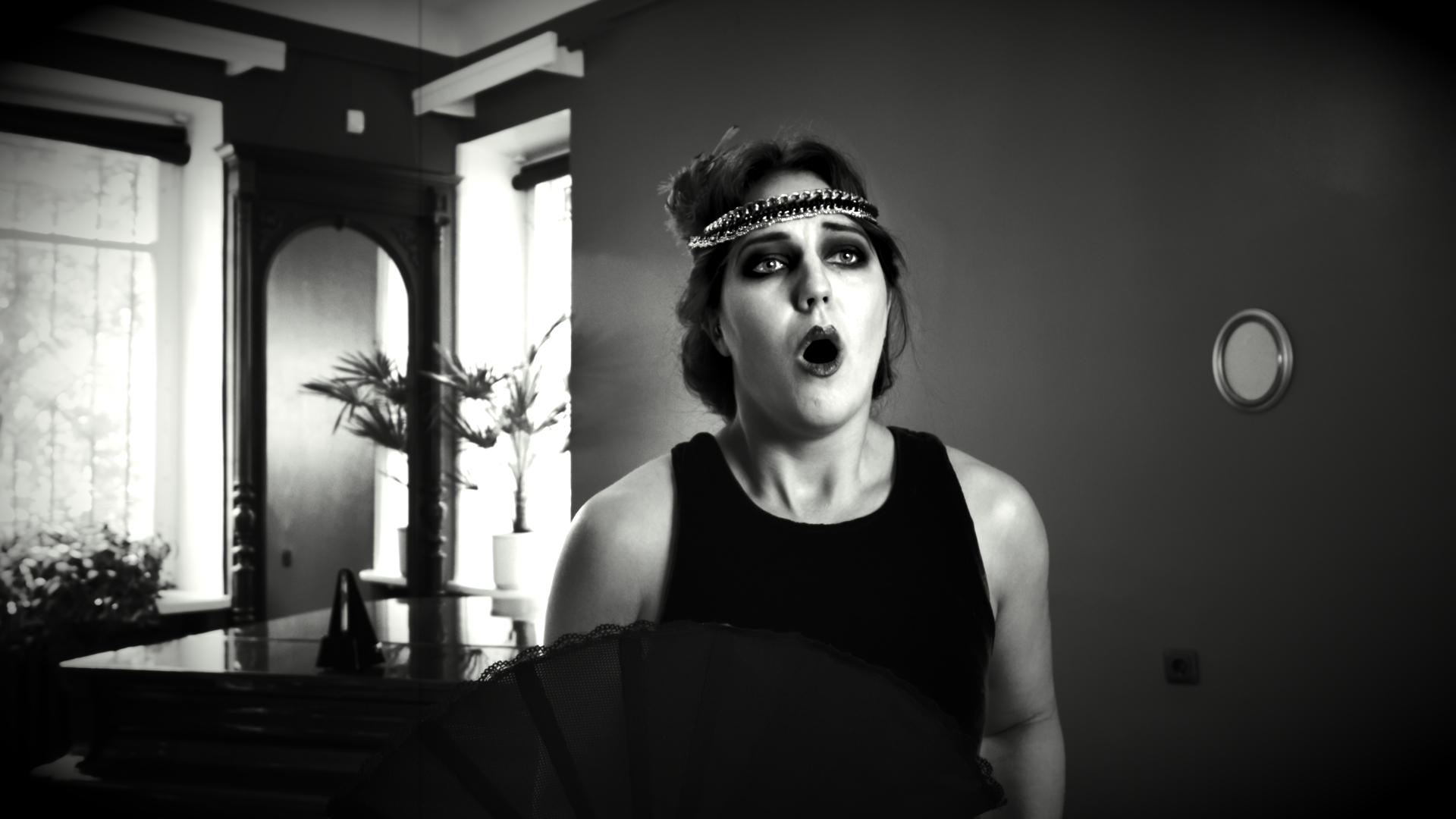
Premiere Klostės / Folds
Klostės / Folds is a 67-minute black and white silent film made by artist Aideen Barry and the residents of Kaunas. On 22–24 September, the film will be premiering in Kaunas at Romuva Cinema which will be opening its doors to visitors again after reconstruction. The film was inspired by Kaunas modernist architecture and the magical stories that lie within it. It was a unique two-year creative process that brought together over 600 local residents and professional artists.
When: 22–24 September
Where: Romuva Cinema
Cultural experiences in Kaunas district
In September, Kaunas district will once again become a centre of attraction. The project Contemporary Neighbourhoods will invite everyone to Rokai, Lapės, Linksmakalnis, and Kačerginė to join a number of colourful festivals organized by local communities. Cultural surprises also await in Zapyškis. The former dredger Nemuno7 will host the Agents exhibition, the fourth part of the Fluid Bodies exhibition series, and participating artists of the OSTRALE Biennial residency will present the results of their work in 3 marine containers situated on the banks of the Nemunas.
When, where: Rokai (03/09), Lapės (03/09), Linksmakalnis (10/09), Kačerginė (04/09), Agents exhibition (until 21/09), OSTRALE contemporary art exhibition (from 05/10)
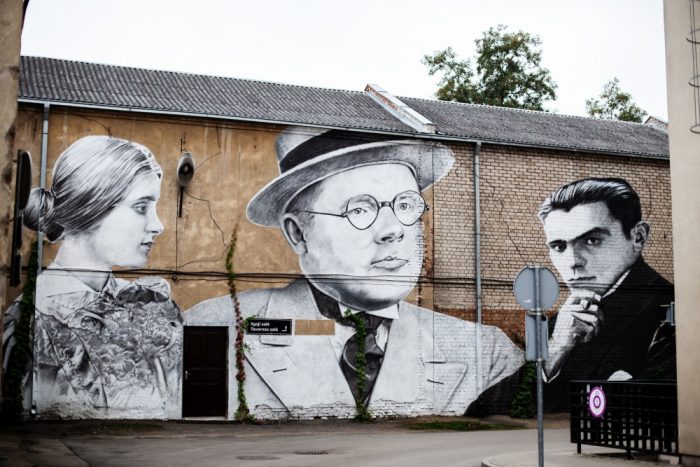
Magenta Landscape Design Festival
Which comes first – nature in the city or the city in nature? Magenta Landscape Design Festival will invite you to reflect on this question between 9–25 September. Residents of Kaunas and Kaunas district will have a chance to enjoy almost 20 new objects of design, tactical urbanism, and landscape design, and a rich festival programme.
When: 9–25 September
Where: Kaunas
Organizer: public institution Šeimos laikas
See here for more information.
Kaunas Architecture Festival East-East
The international project East-East for professionals and the general public is returning to the programme of the Kaunas Architecture Festival. It is the result of a long-term cooperation which has laid the foundations for a previously non-existent architectural exchange between Lithuania and Japan. The festival’s programme includes a forum, exhibitions, lectures by professionals, and a competition for architecture students.
When: 22 September – 22 October
Where: Kaunas Central Post Office, Žalgiris Arena amphitheatre
Visit www.kafe.lt and www.laskaunas.lt for more information.
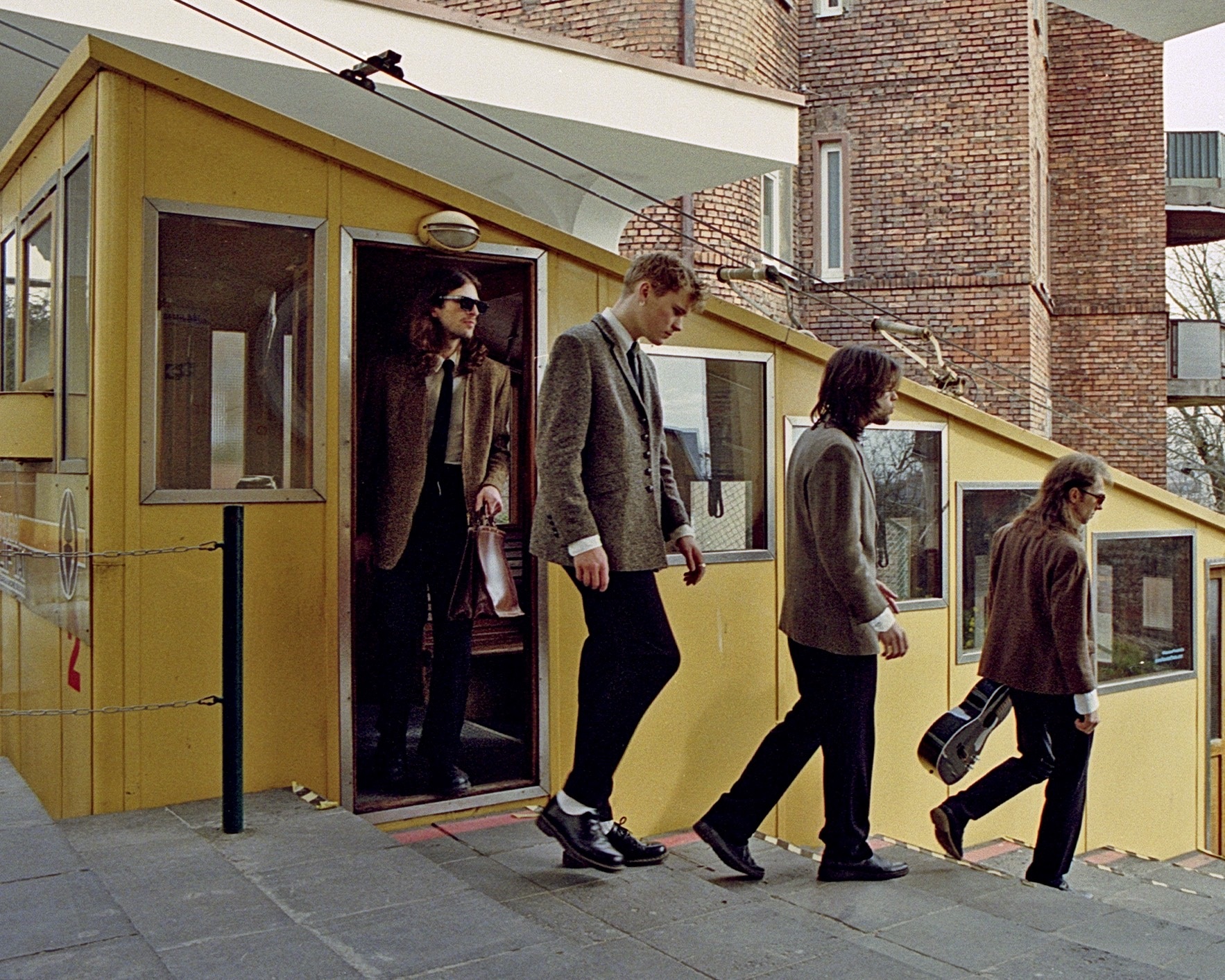
Kaunas 2022 Summer Stage
September marks the last month of Kaunas 2022 Summer Stage. The Town Hall Square has already hosted many representatives of the music, theatre, and even gaming scenes from Lithuania and abroad. This month, the Golden Parazyth, Gischt (AT), Rūta MUR, Tim Freitag (CH), ABUDU and many others will appear on stage.
When: until 17 September
Where: Kaunas Town Hall Square
See here for more information about free concerts and events.
Dorian by Robert Wilson
The play Dorian marks a historical event in the history of Kaunas National Drama Theatre and Kaunas culture. Robert Wilson, one of the world’s most renowned contemporary theatre directors and stage designers, in collaboration with Dhouse (Düsseldorf, DE), will tell the Kaunas audience the tale of a pleasure-seeking prince who cannot find himself in the time he lives in.
When: the play premieres on 1, 2 and 7 October.
Where: Laisvės Av. 71
Organizers: Kaunas National Drama theatre
Book your tickets here.
Summer is ending but culture continues
The much-loved project Culture in the Courtyards continues, this time visiting Aleksotas. The role of culture and artistic ideas in the debate on Europe’s future will be further reinforced by a session of the European Parliament of Culture. Yoko Ono’s installation Ex It will be entering its final days, and the CityTelling Festival will revive historical memory. The full Kaunas 2022 programme is available at www.kaunas2022.eu or on the mobile app.


